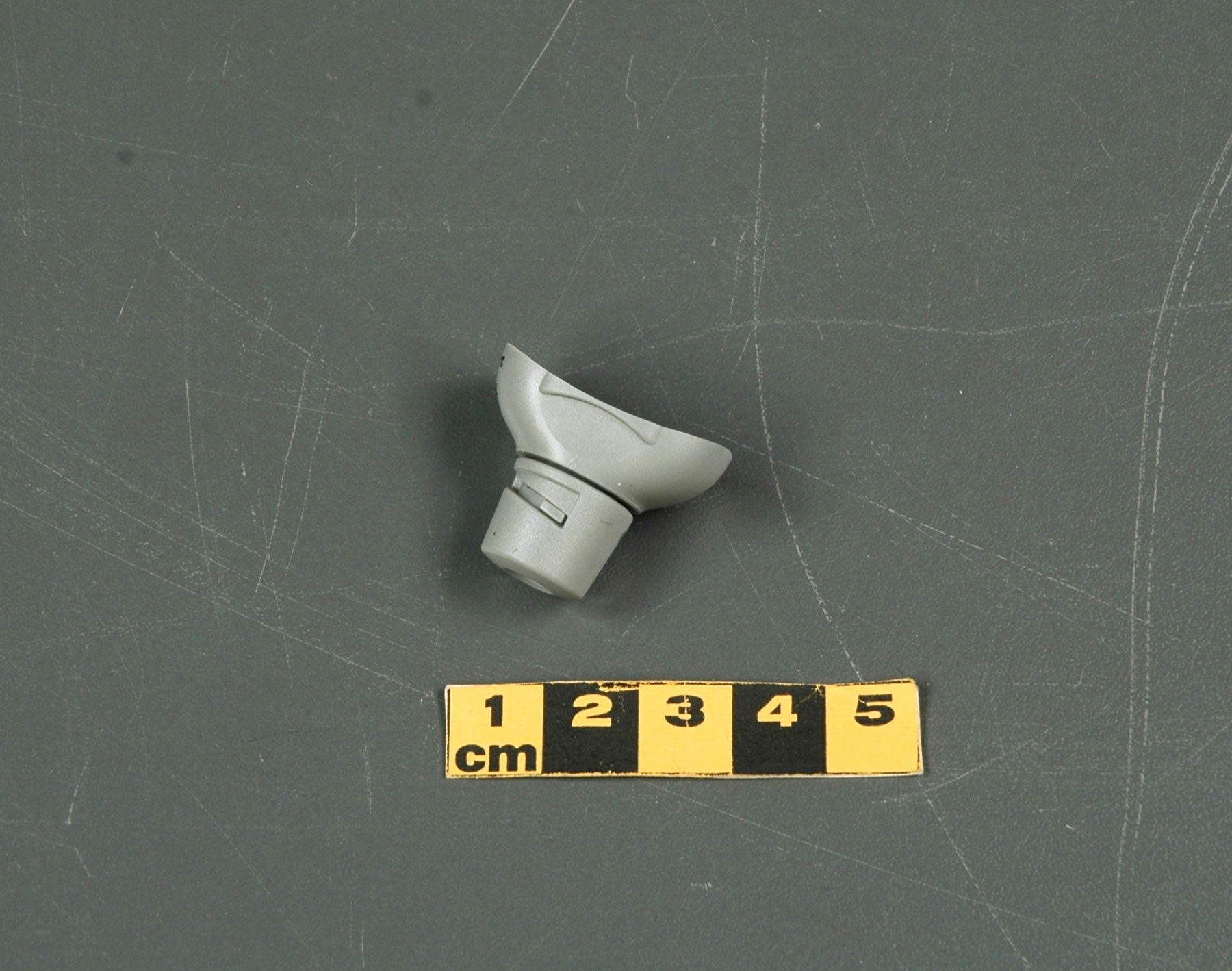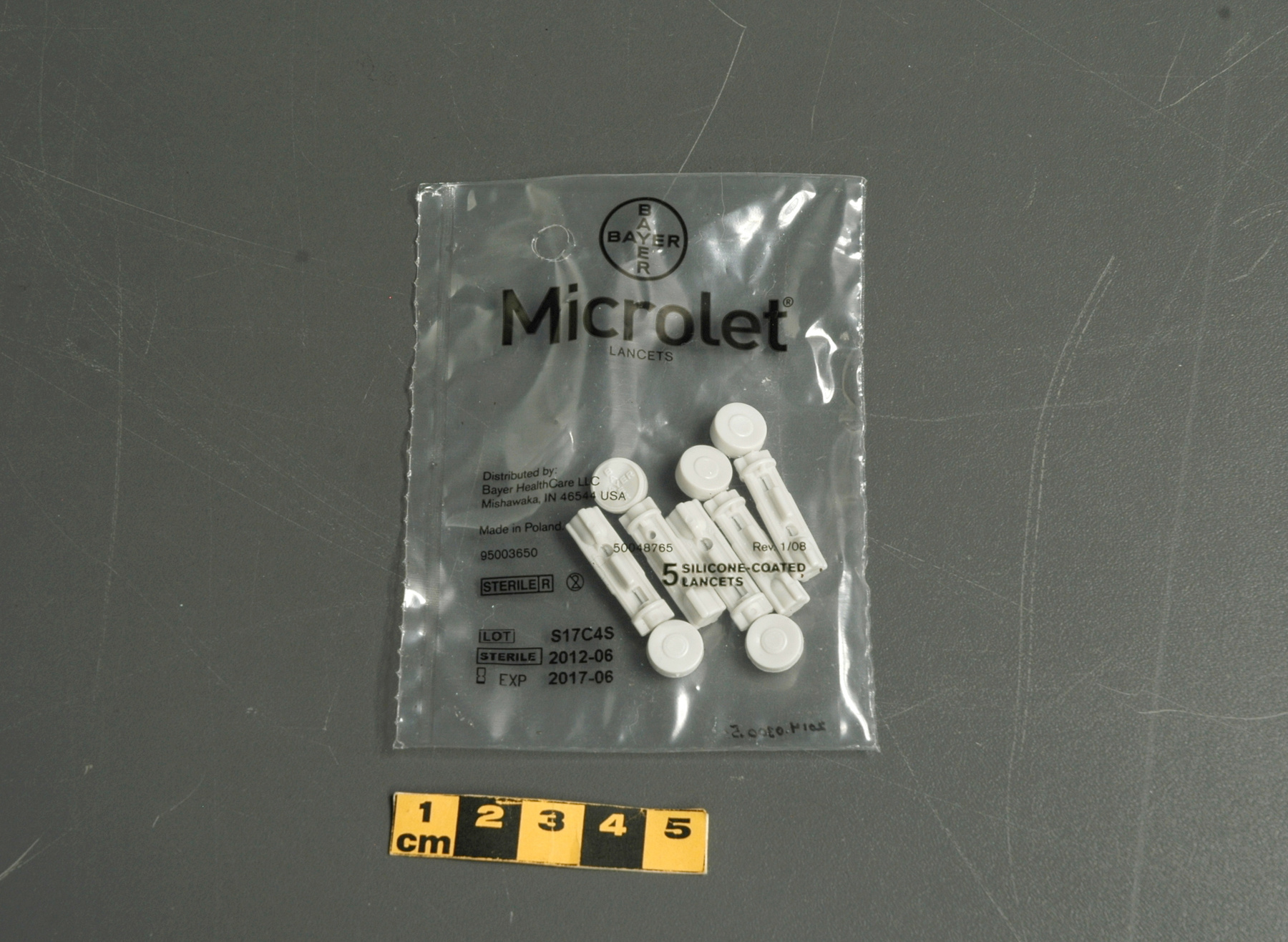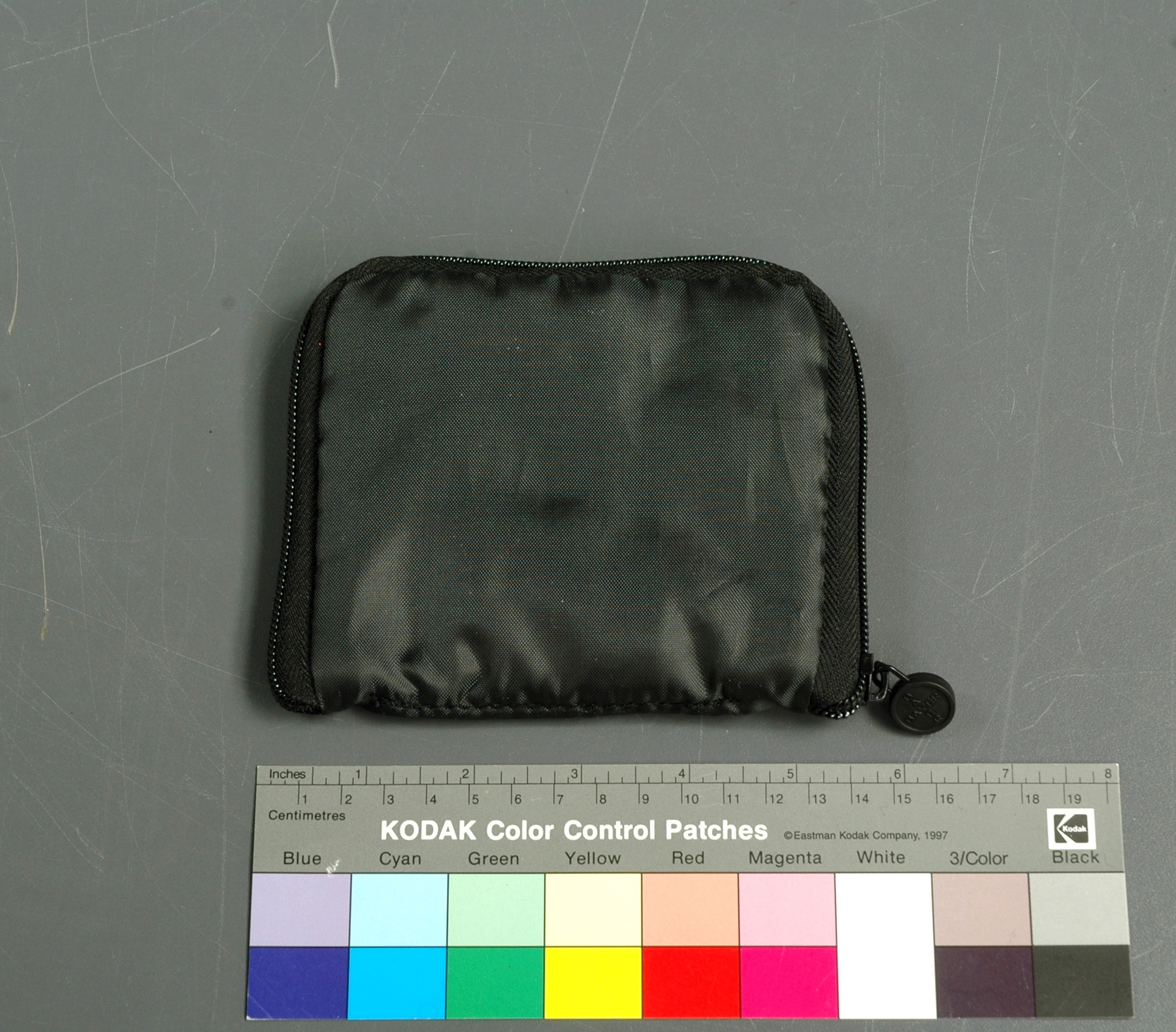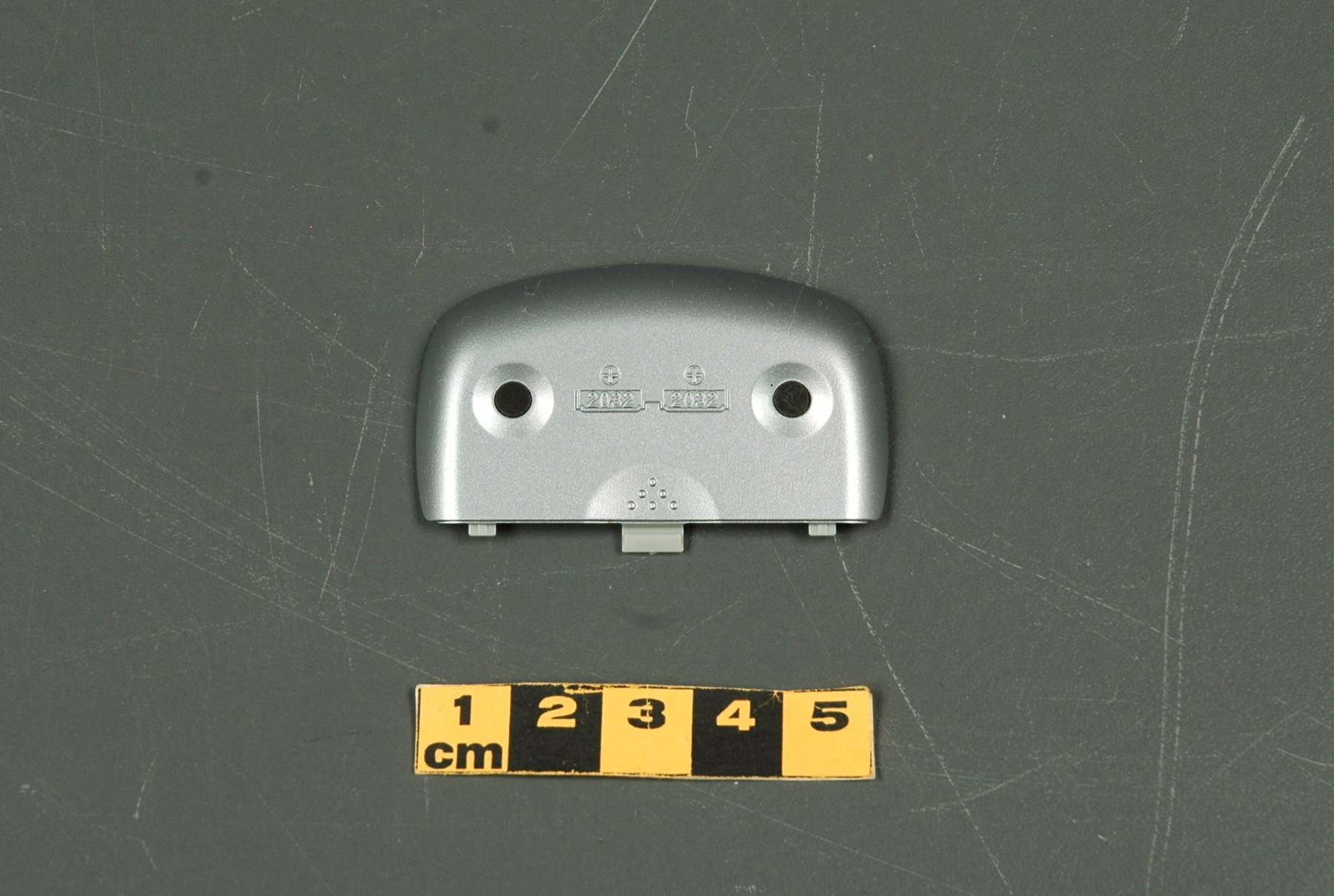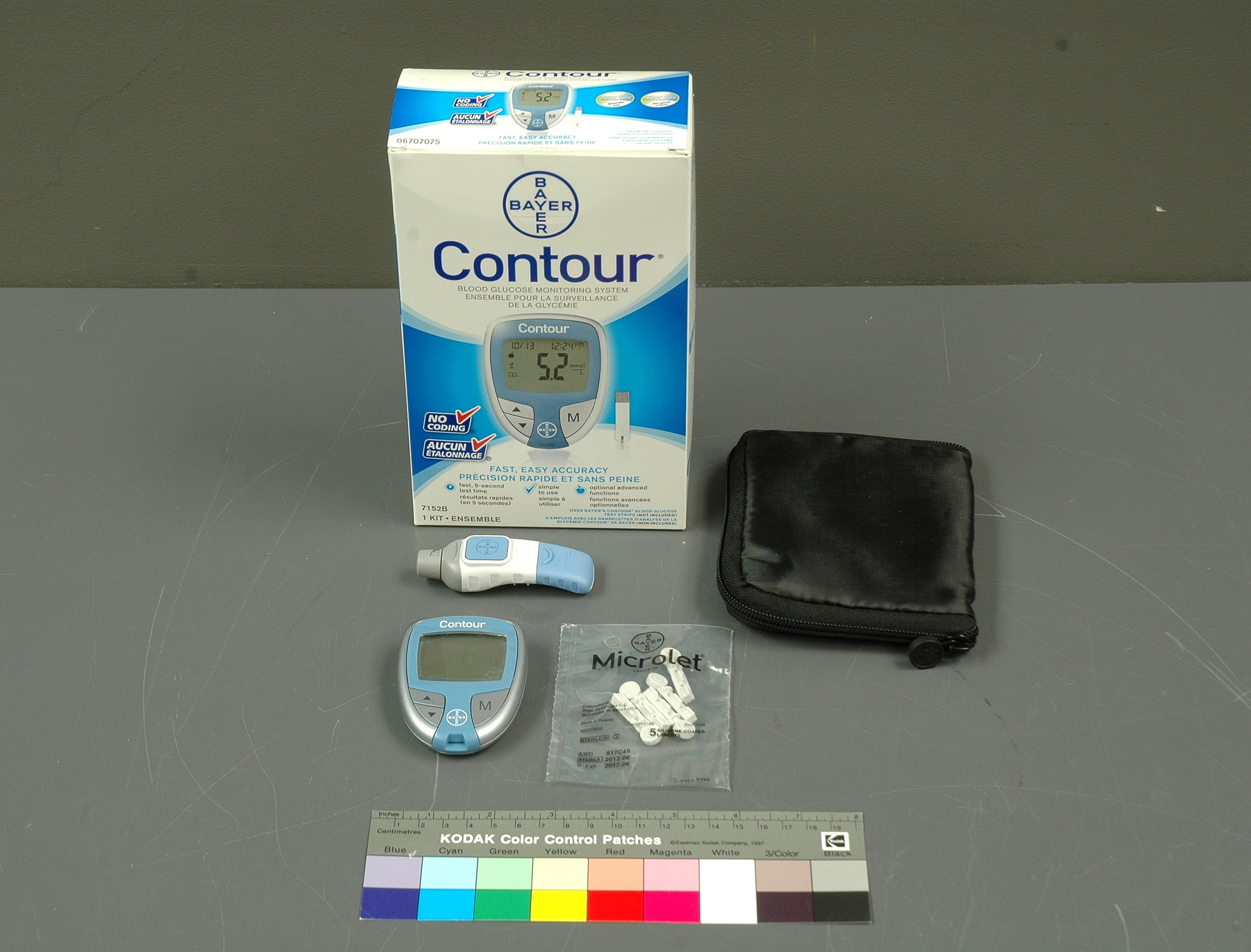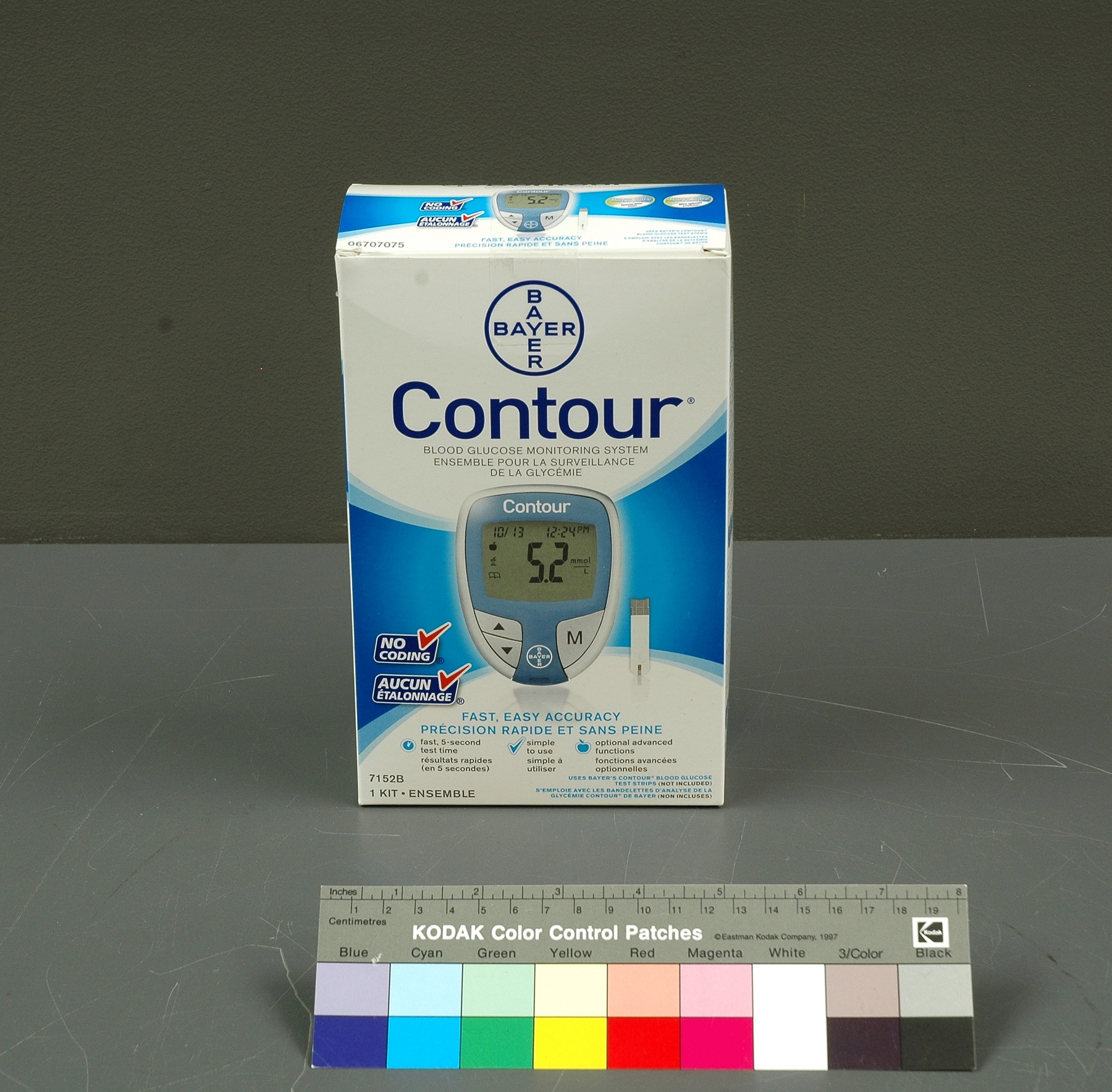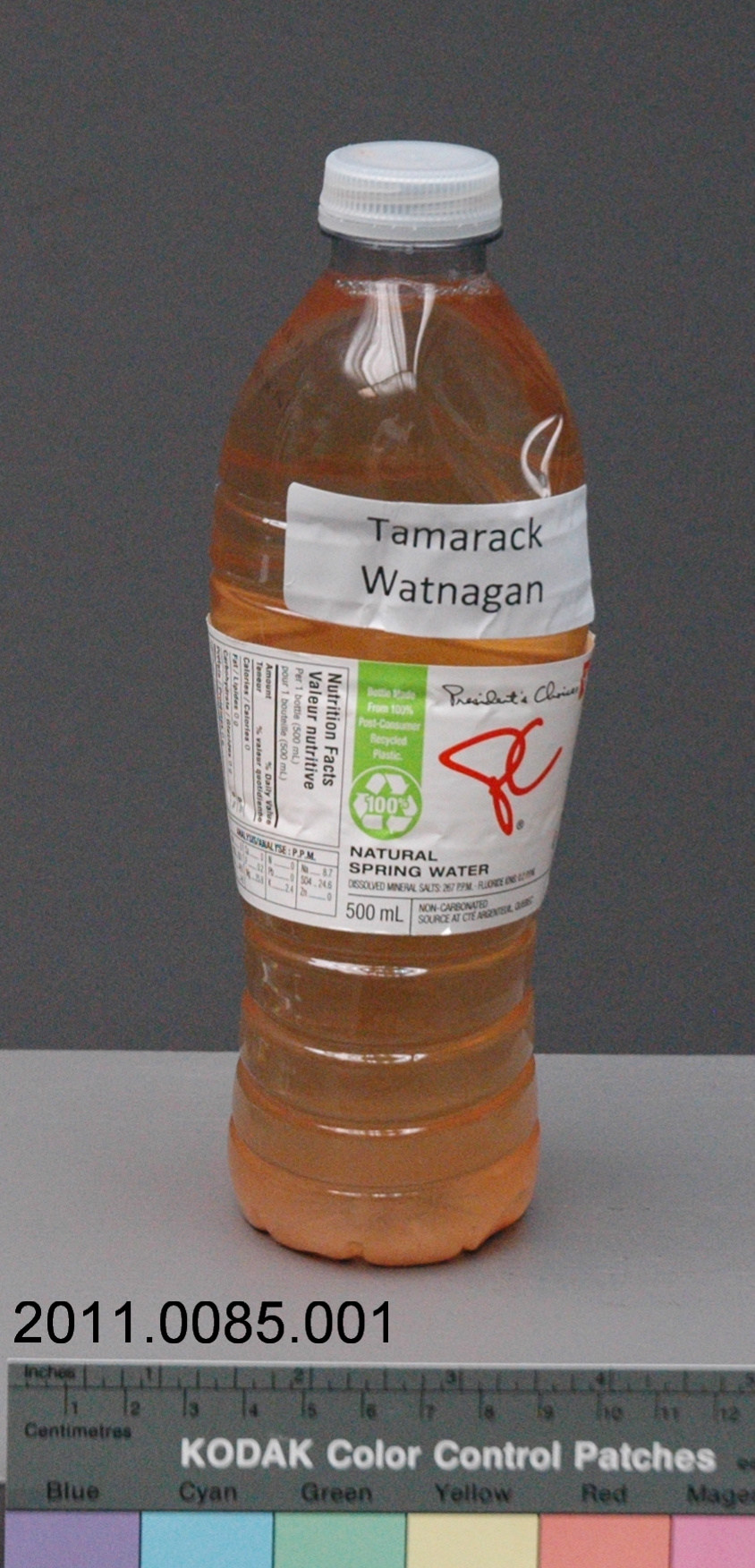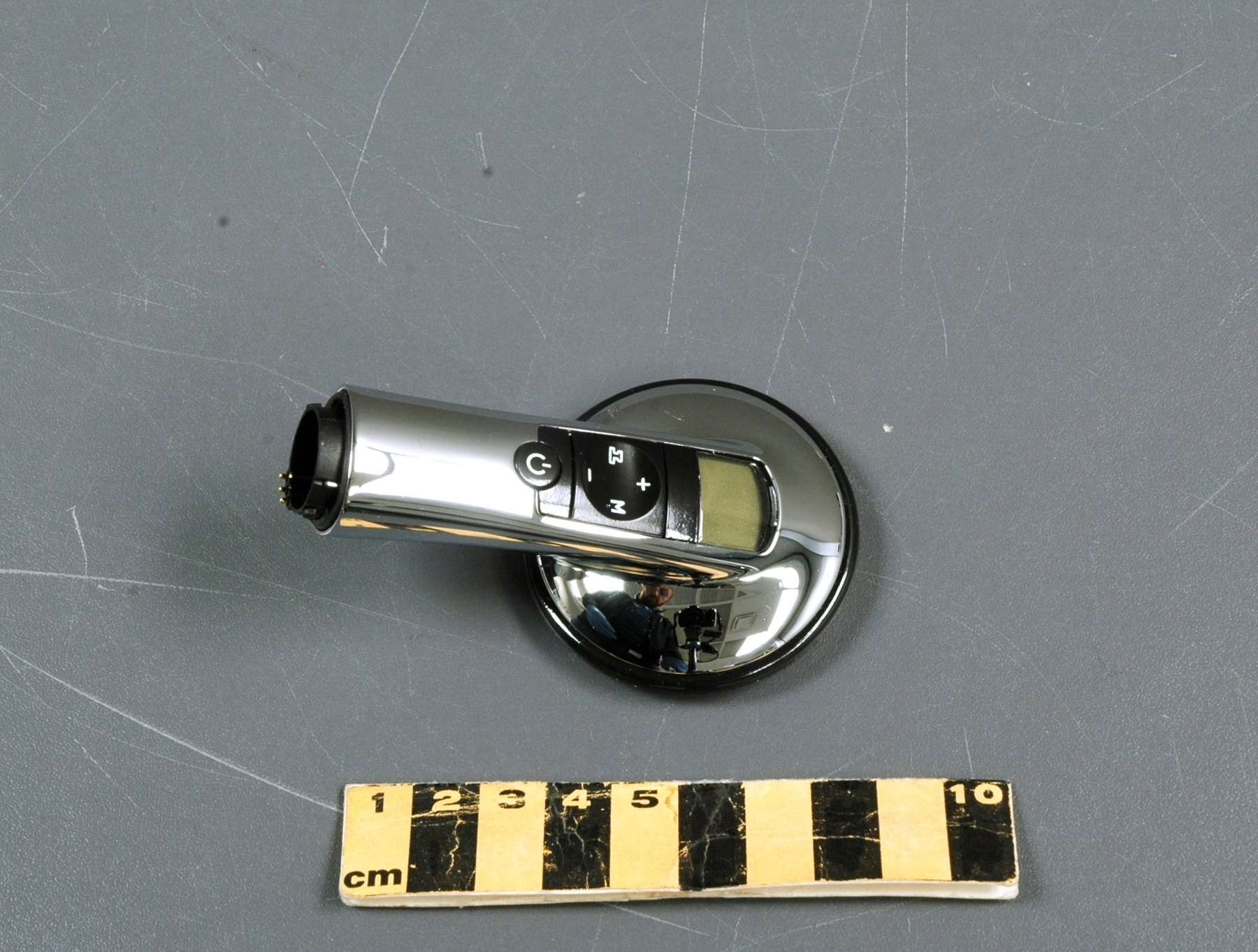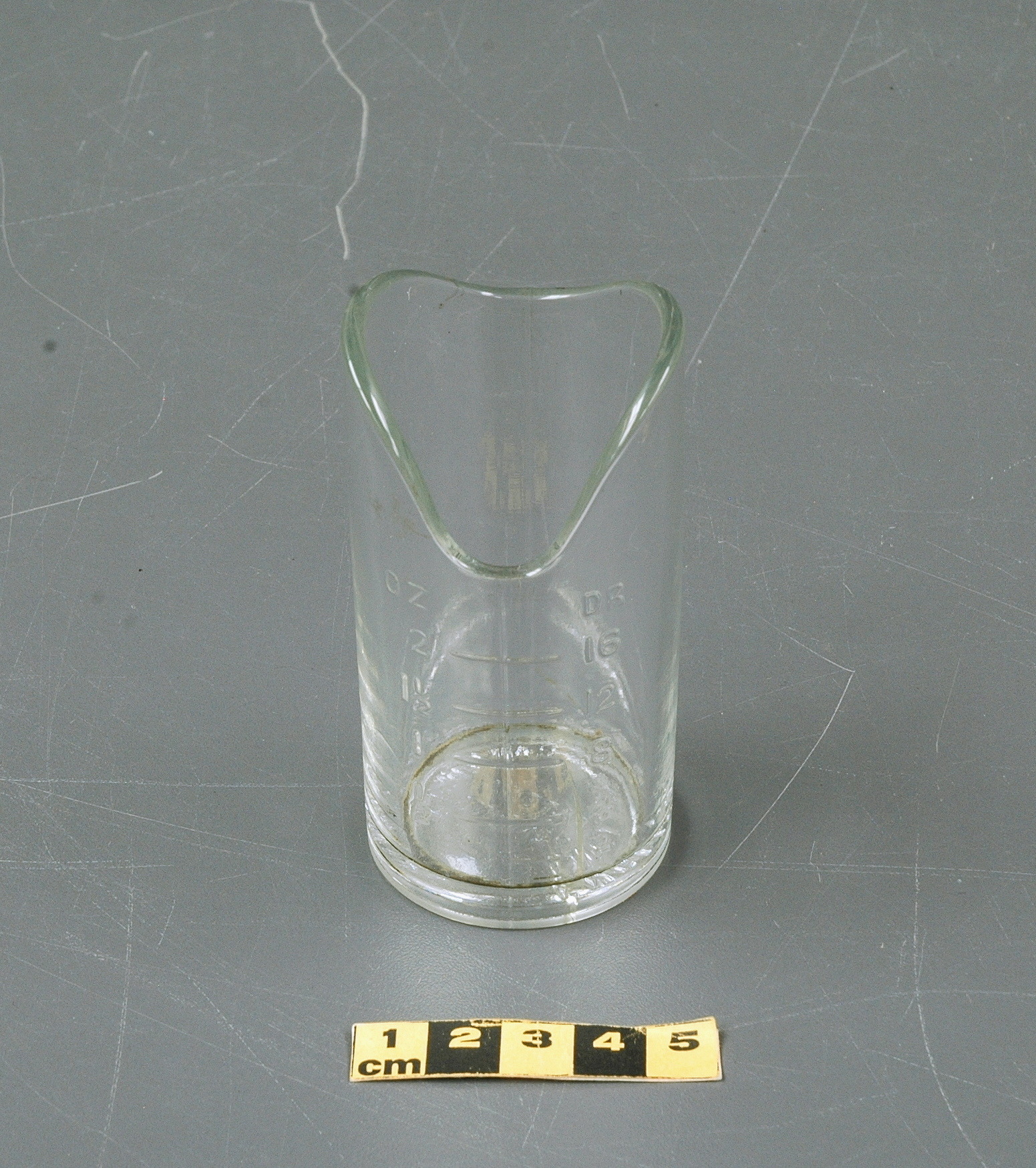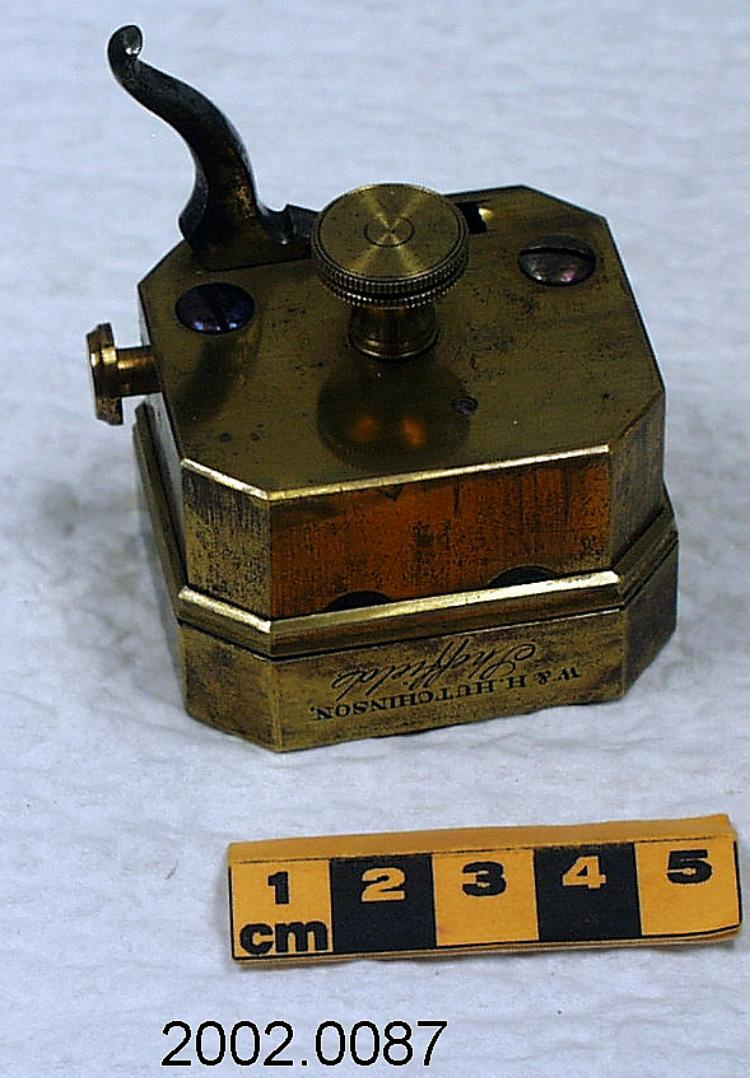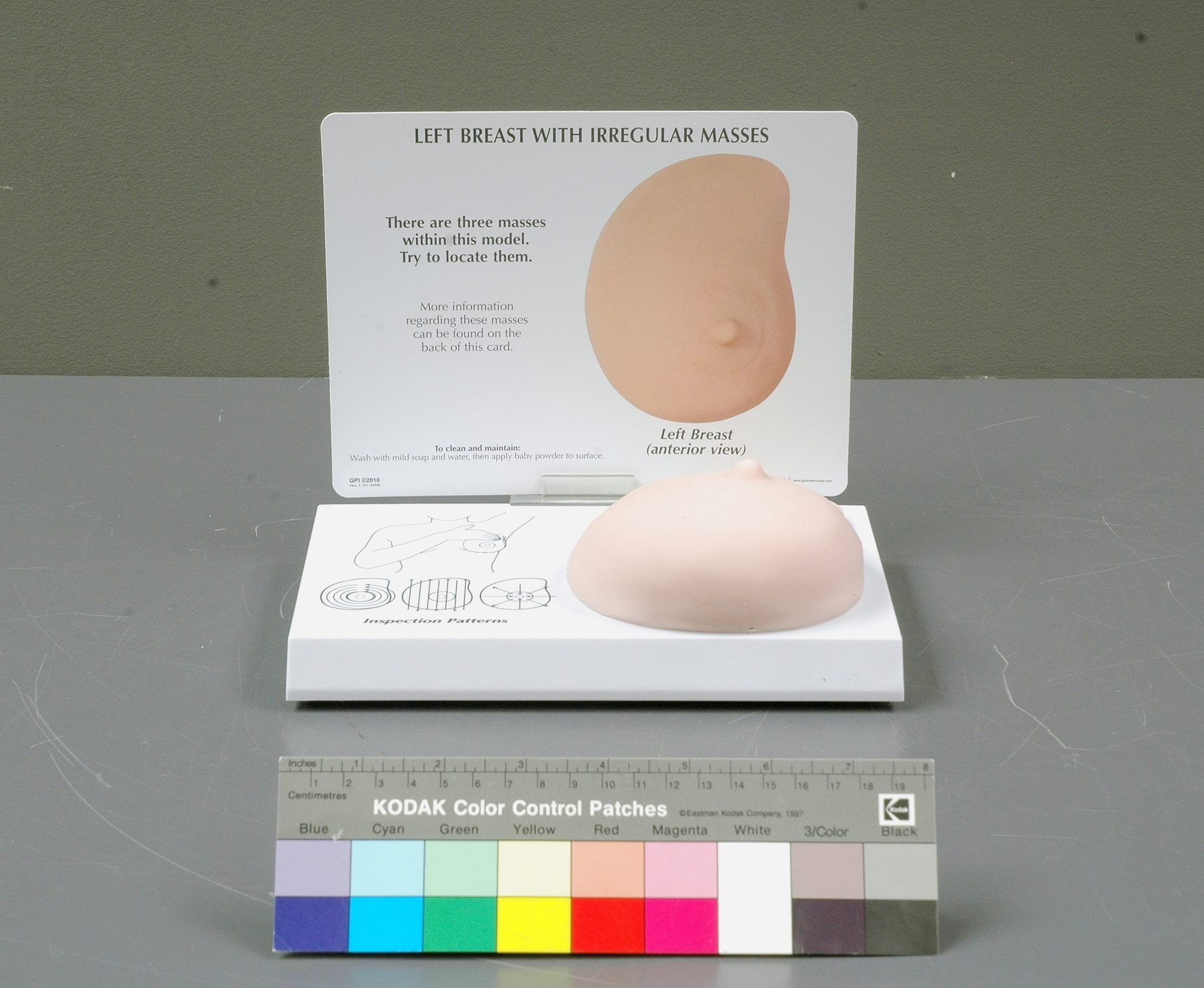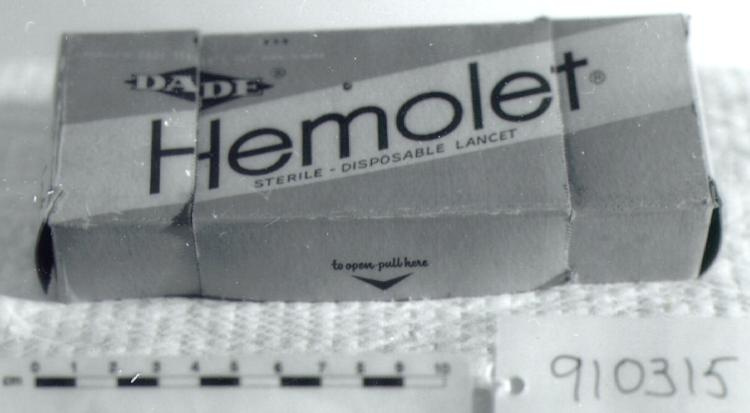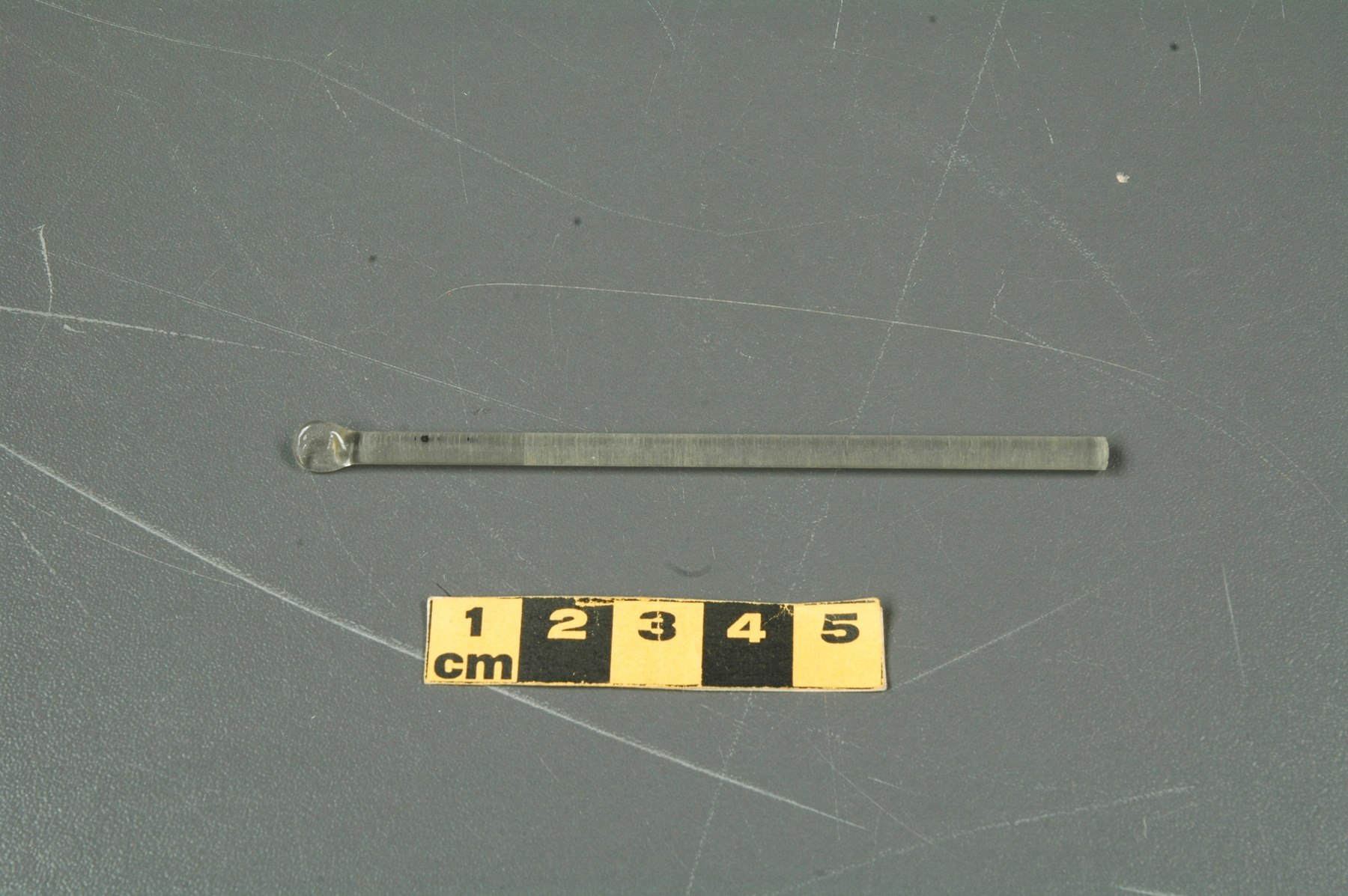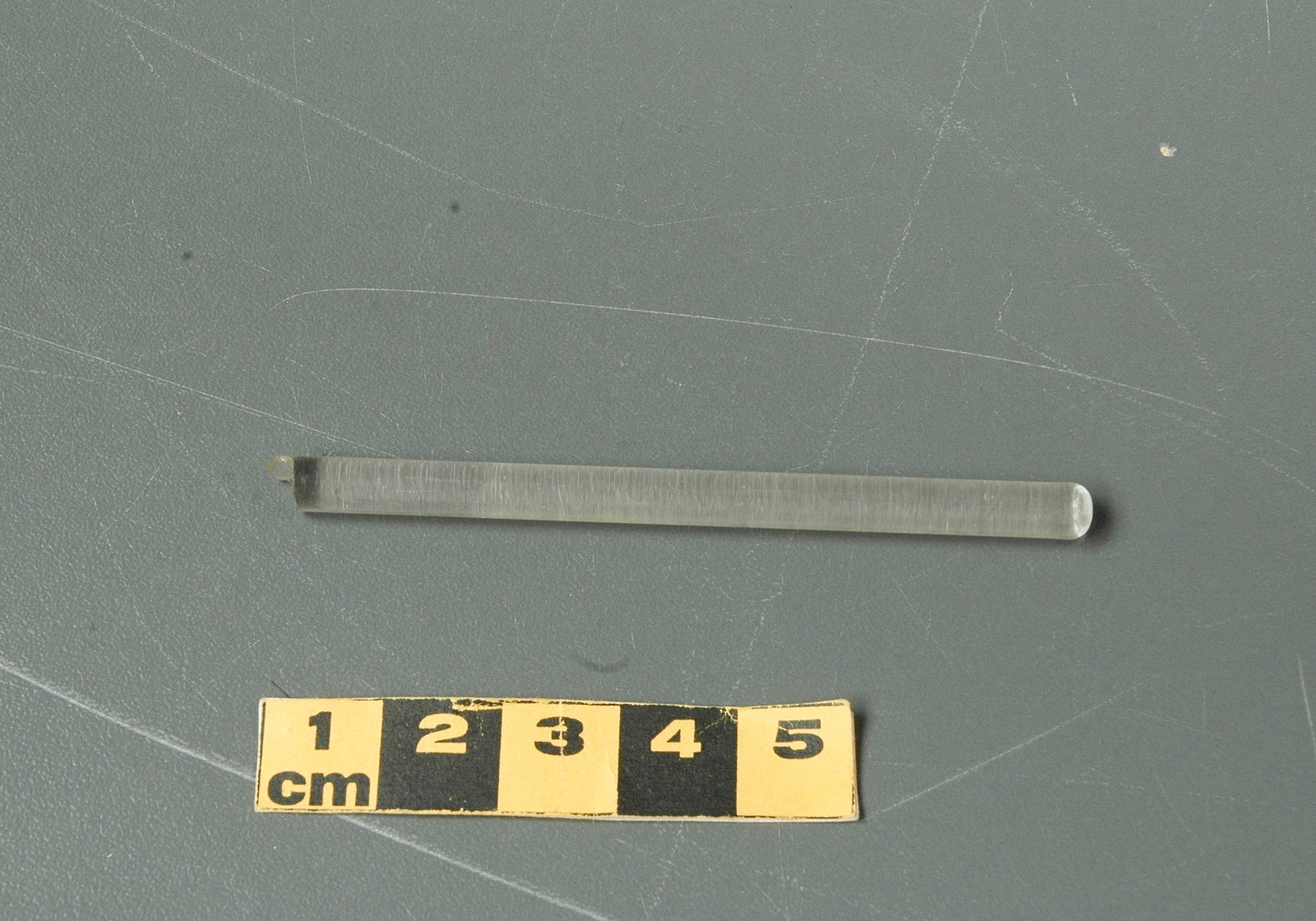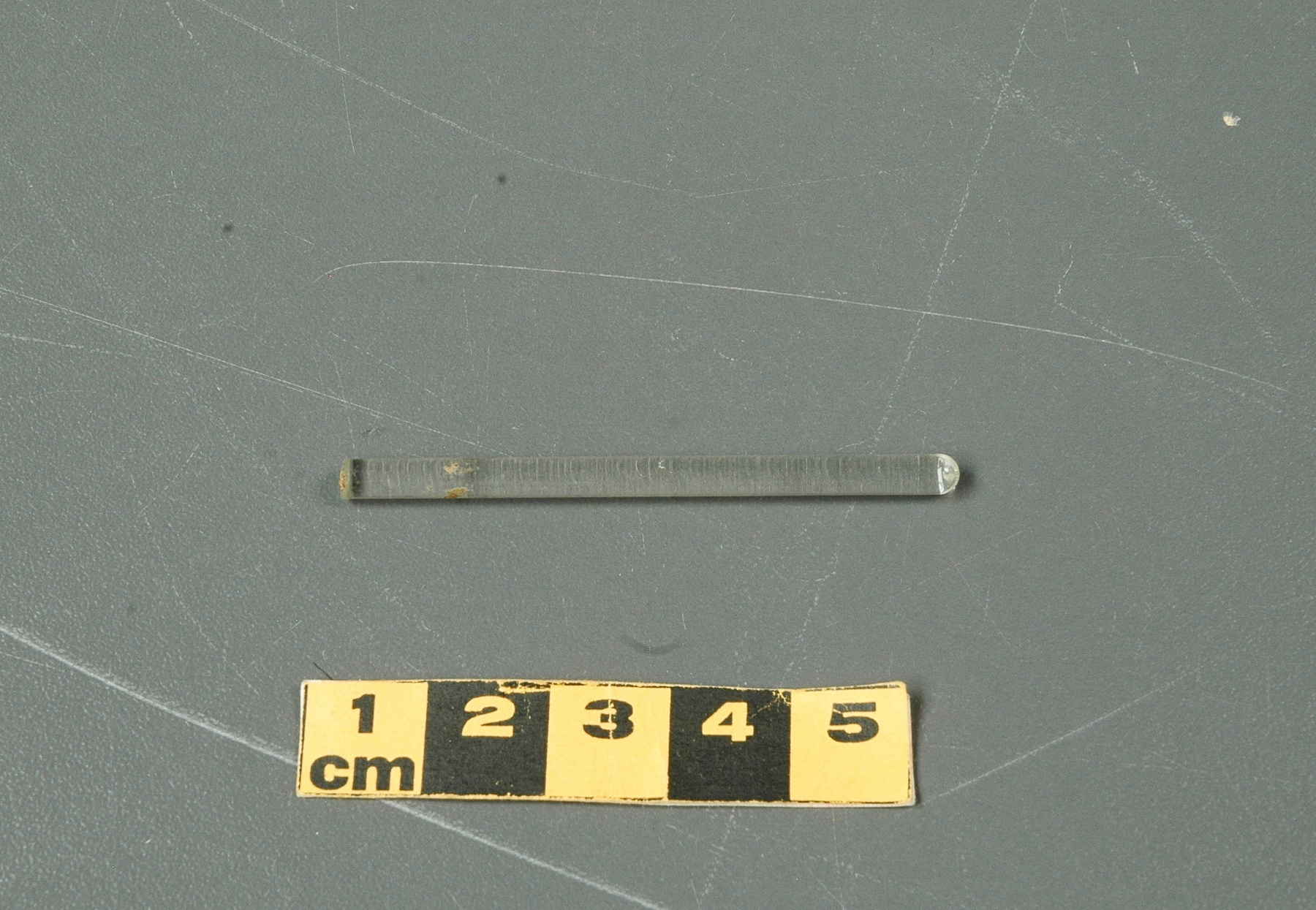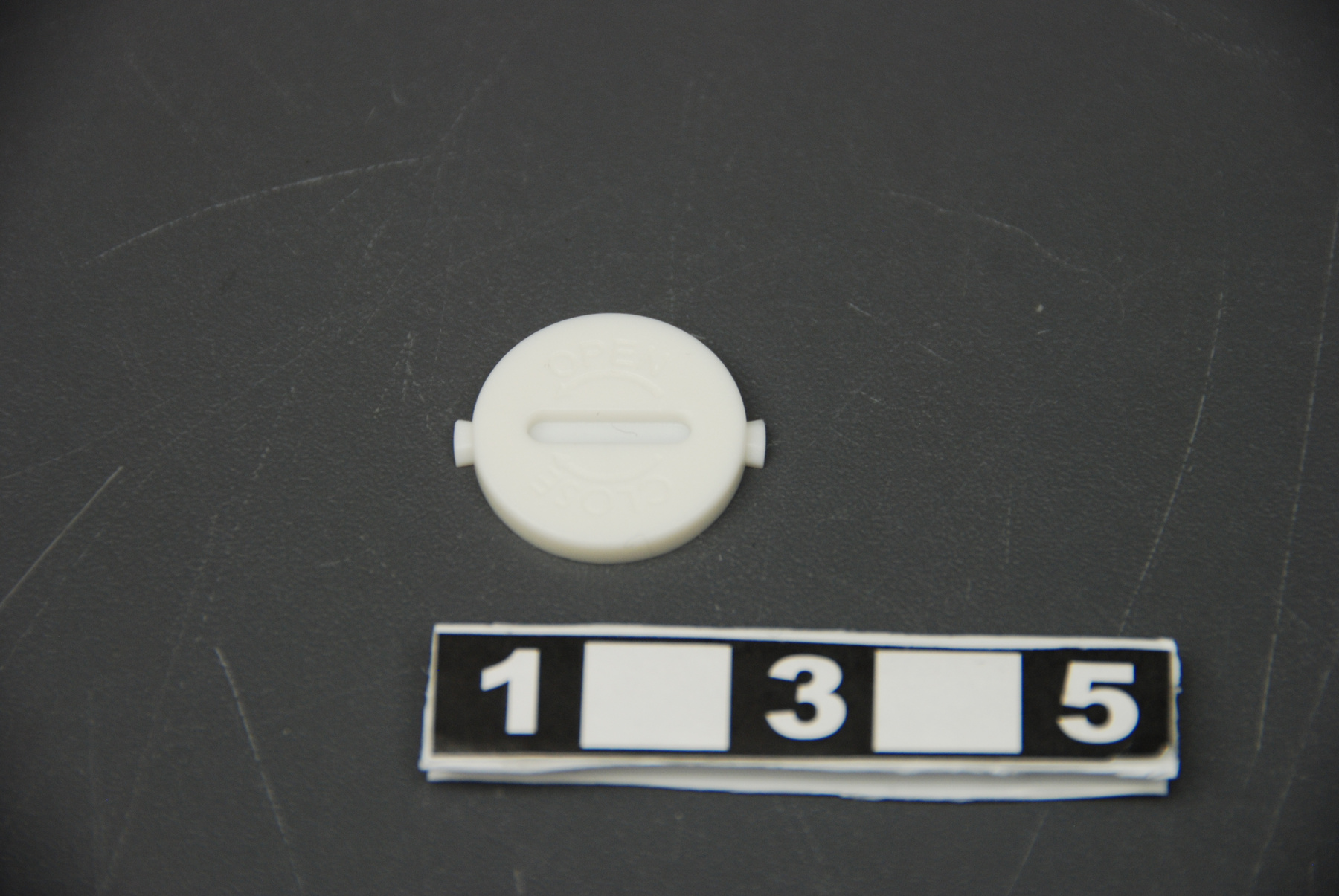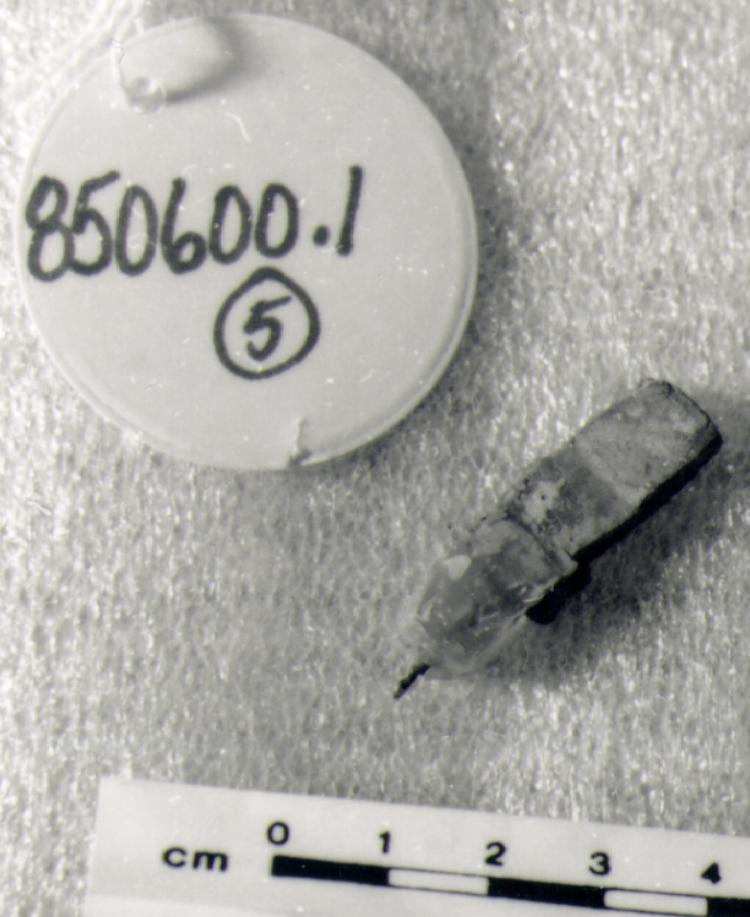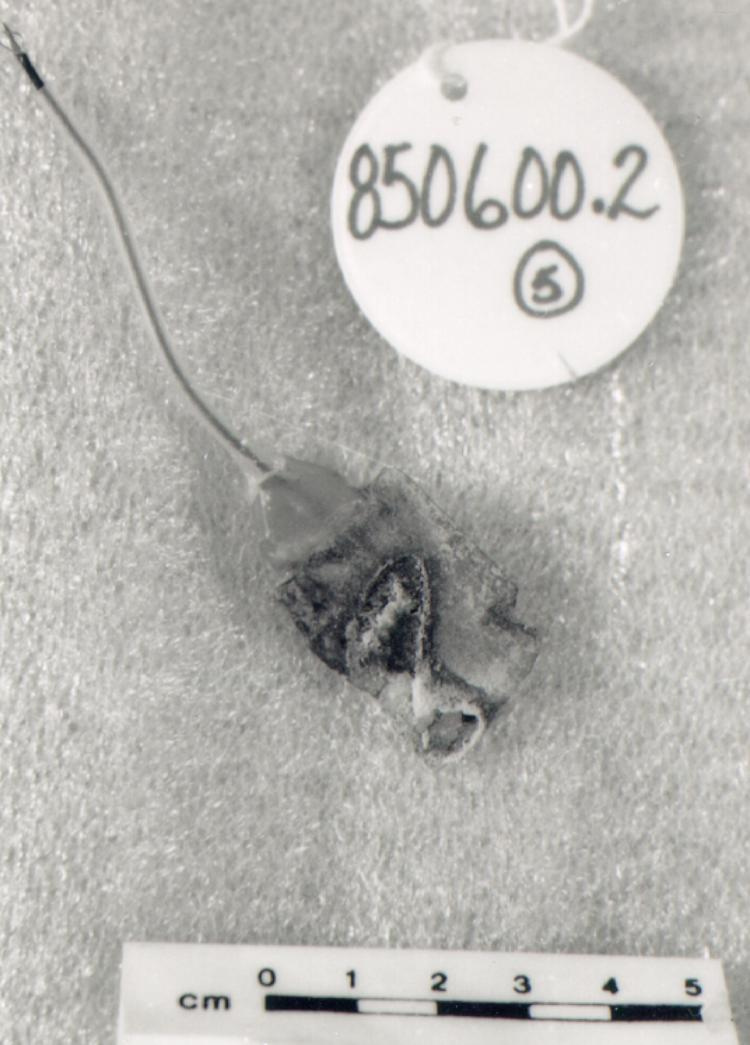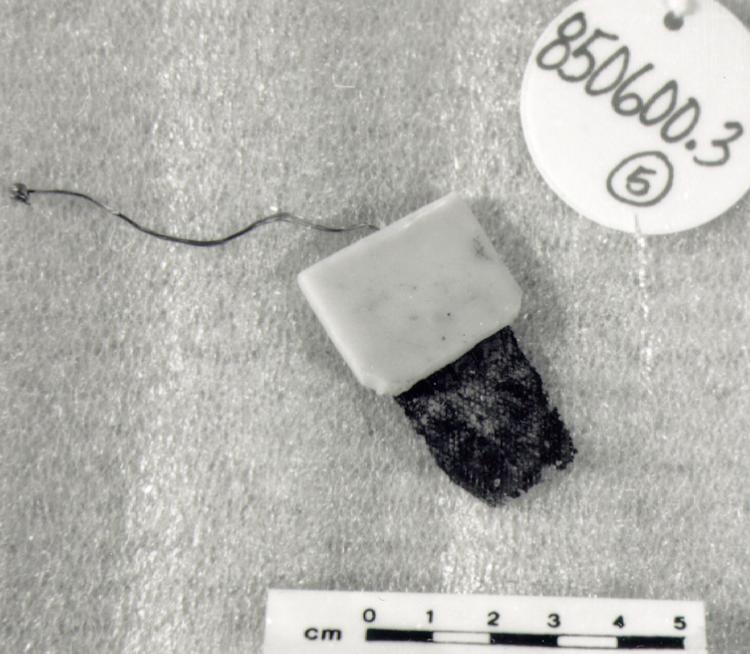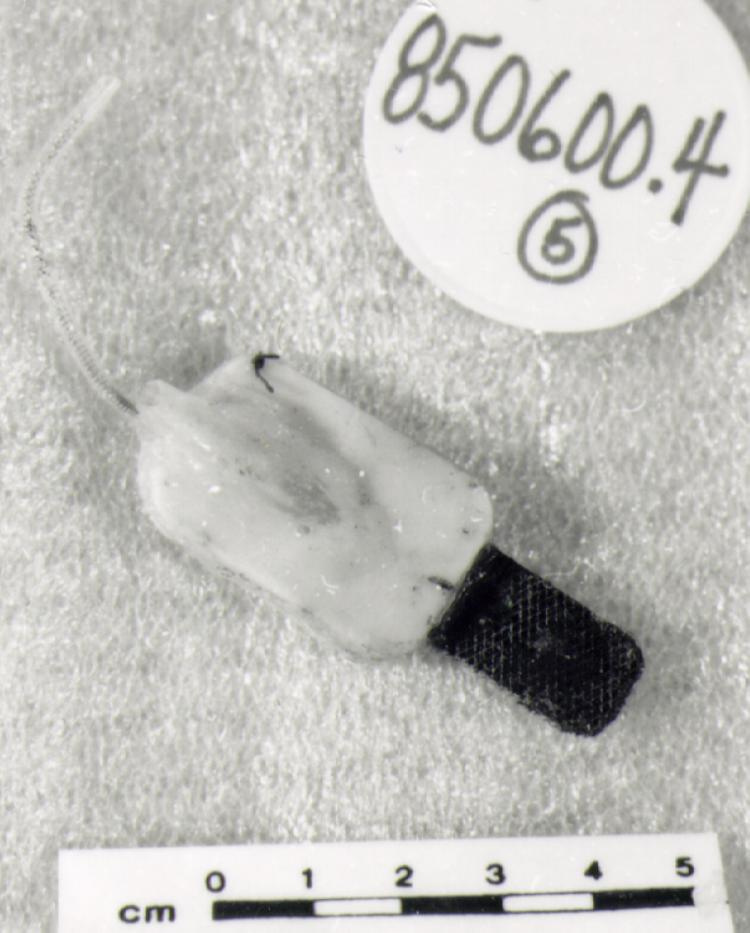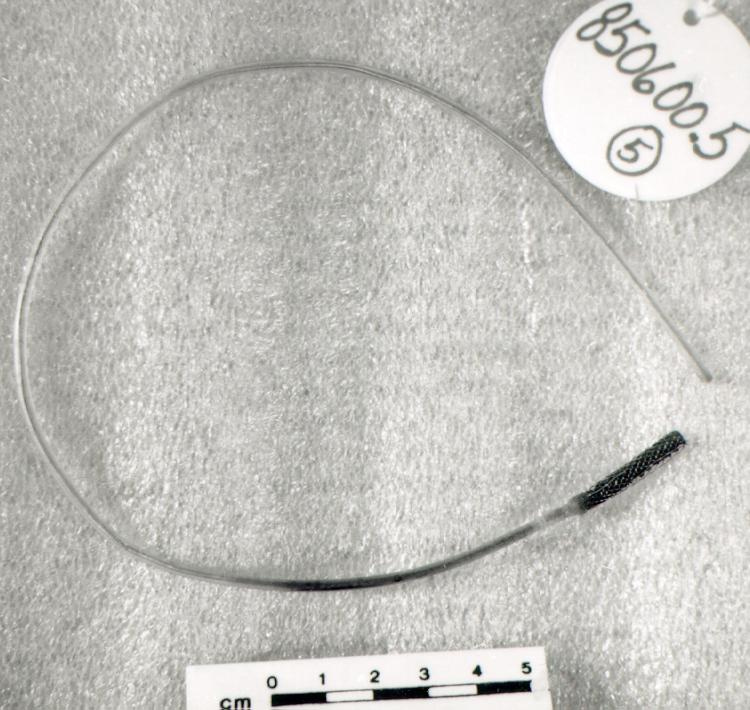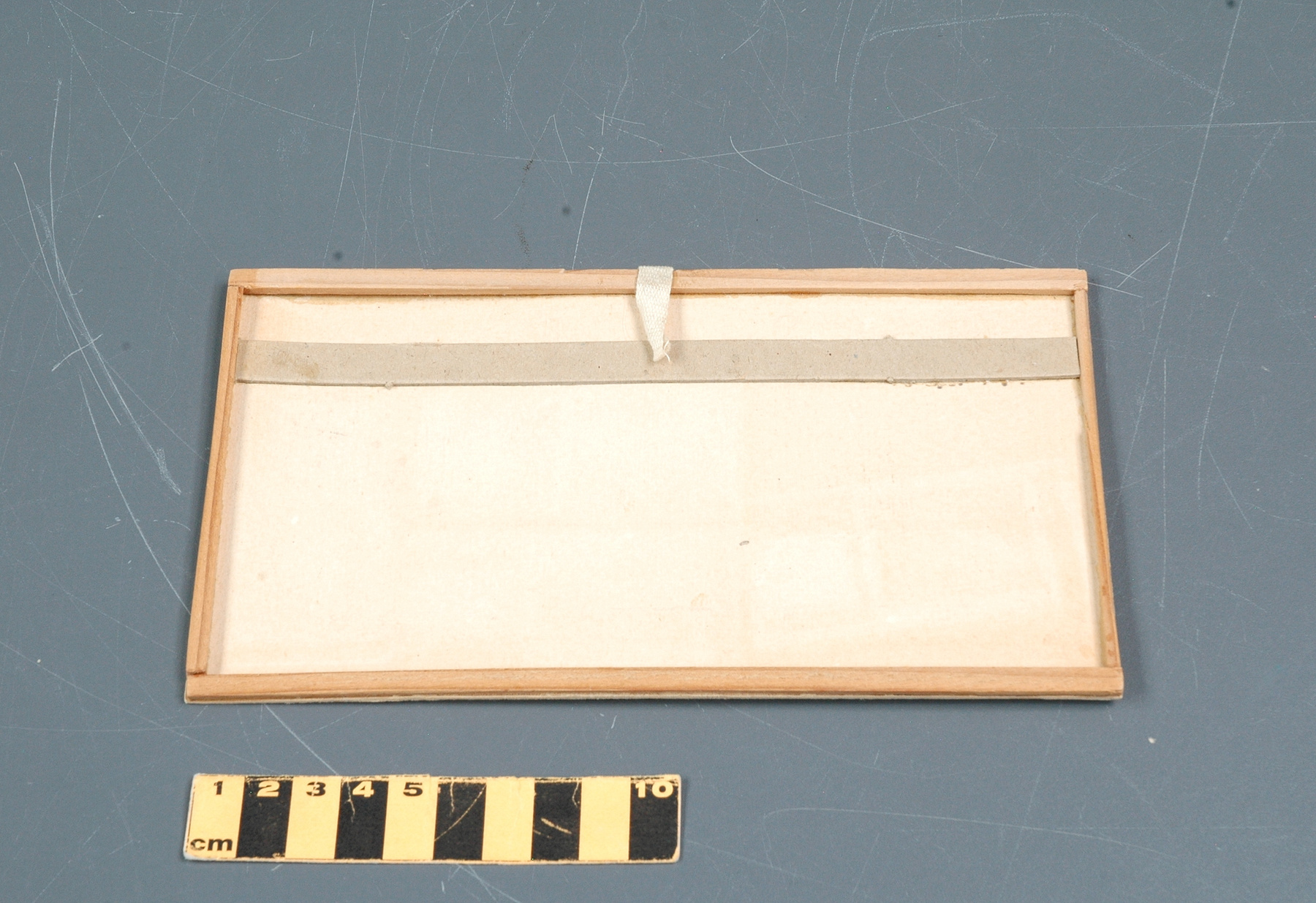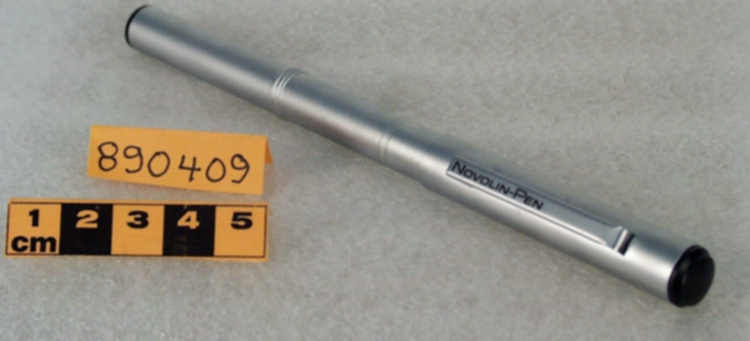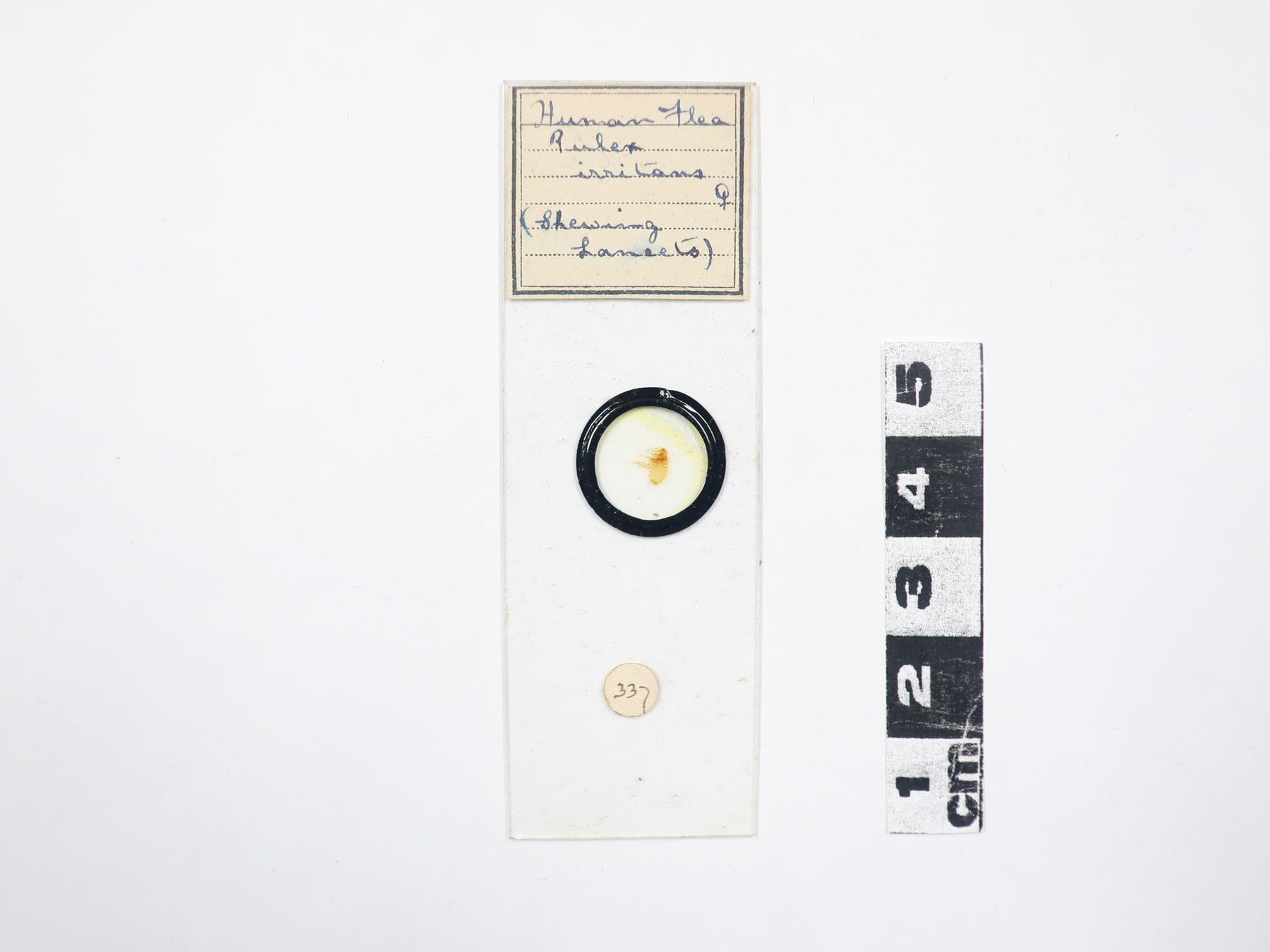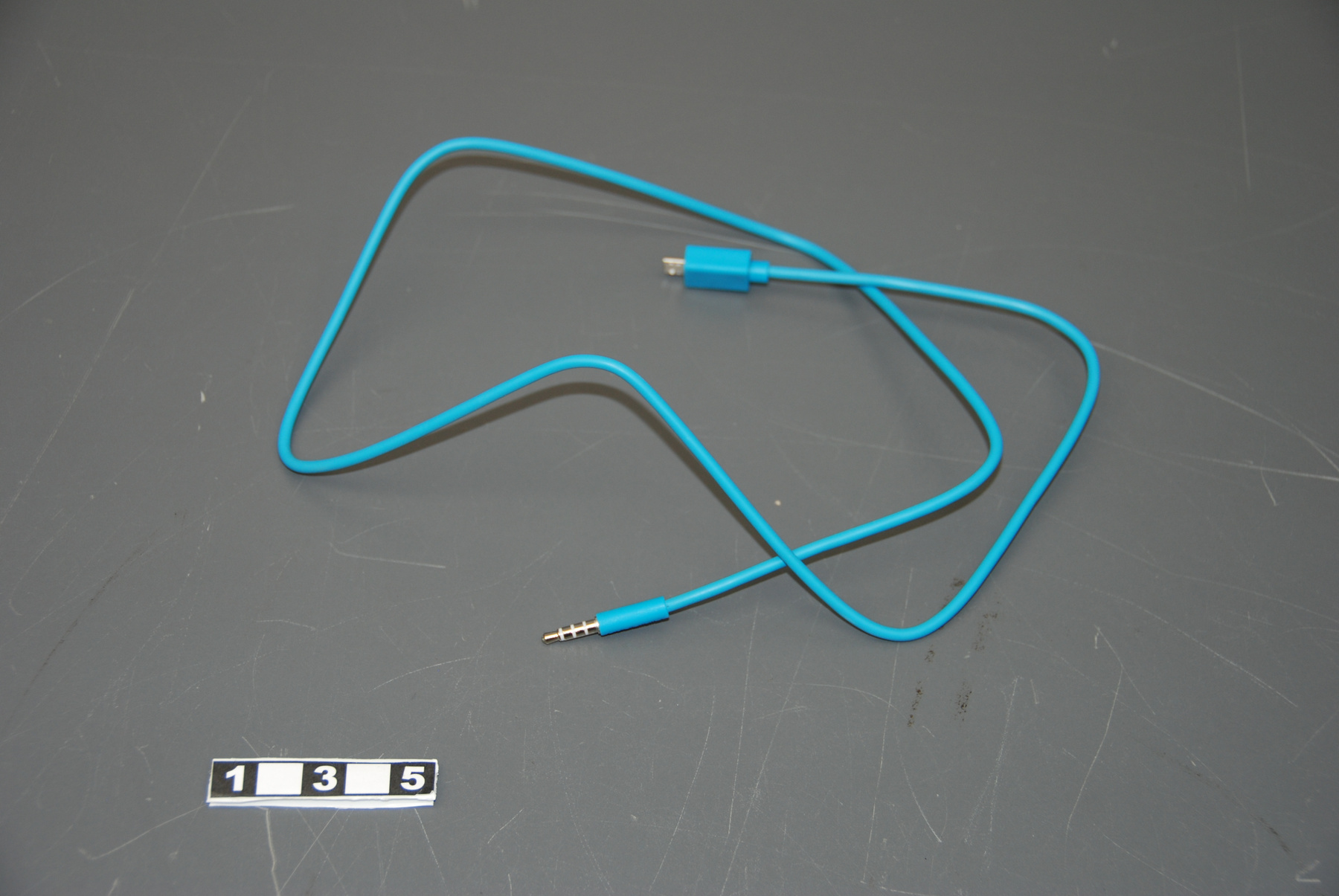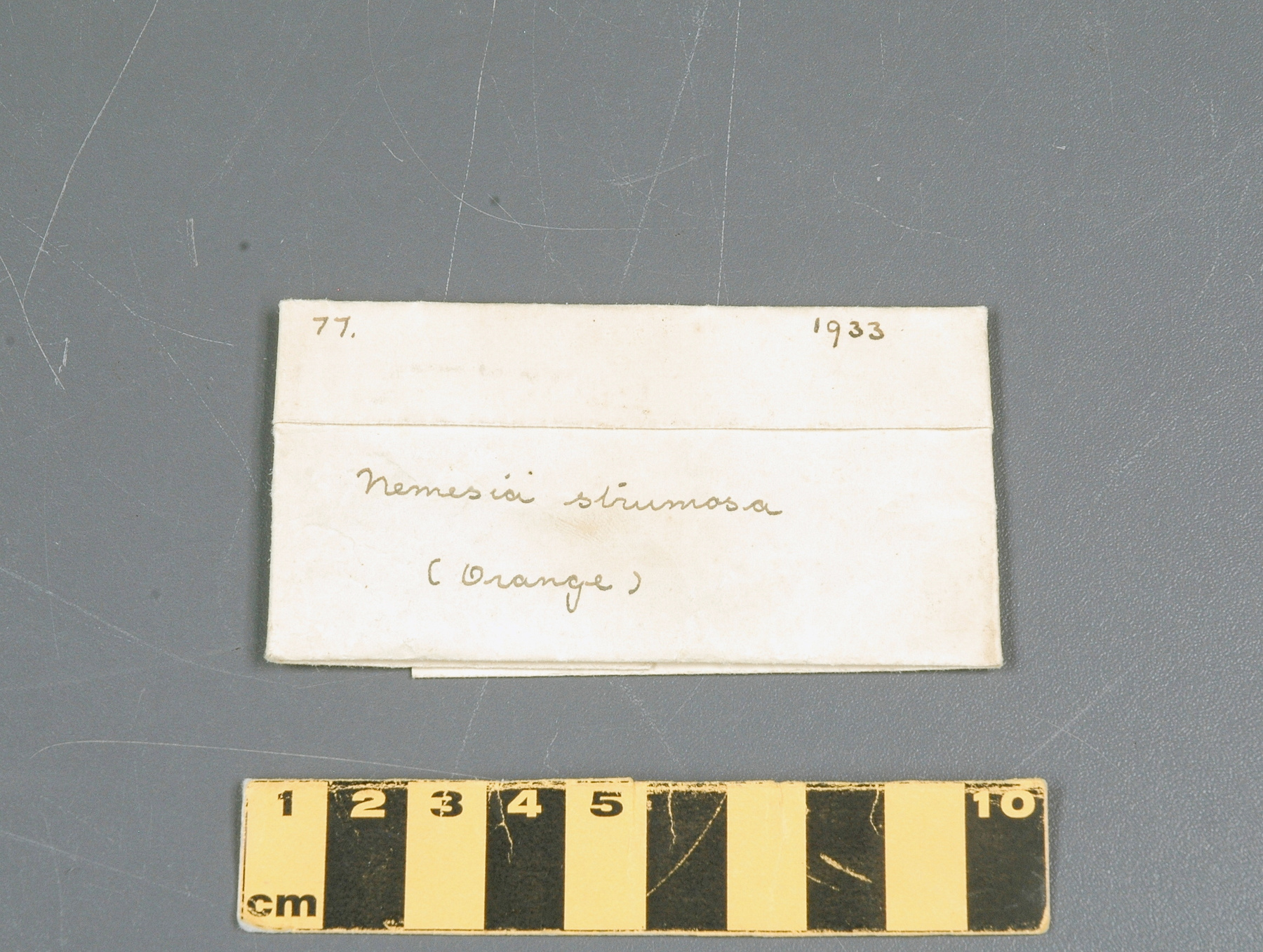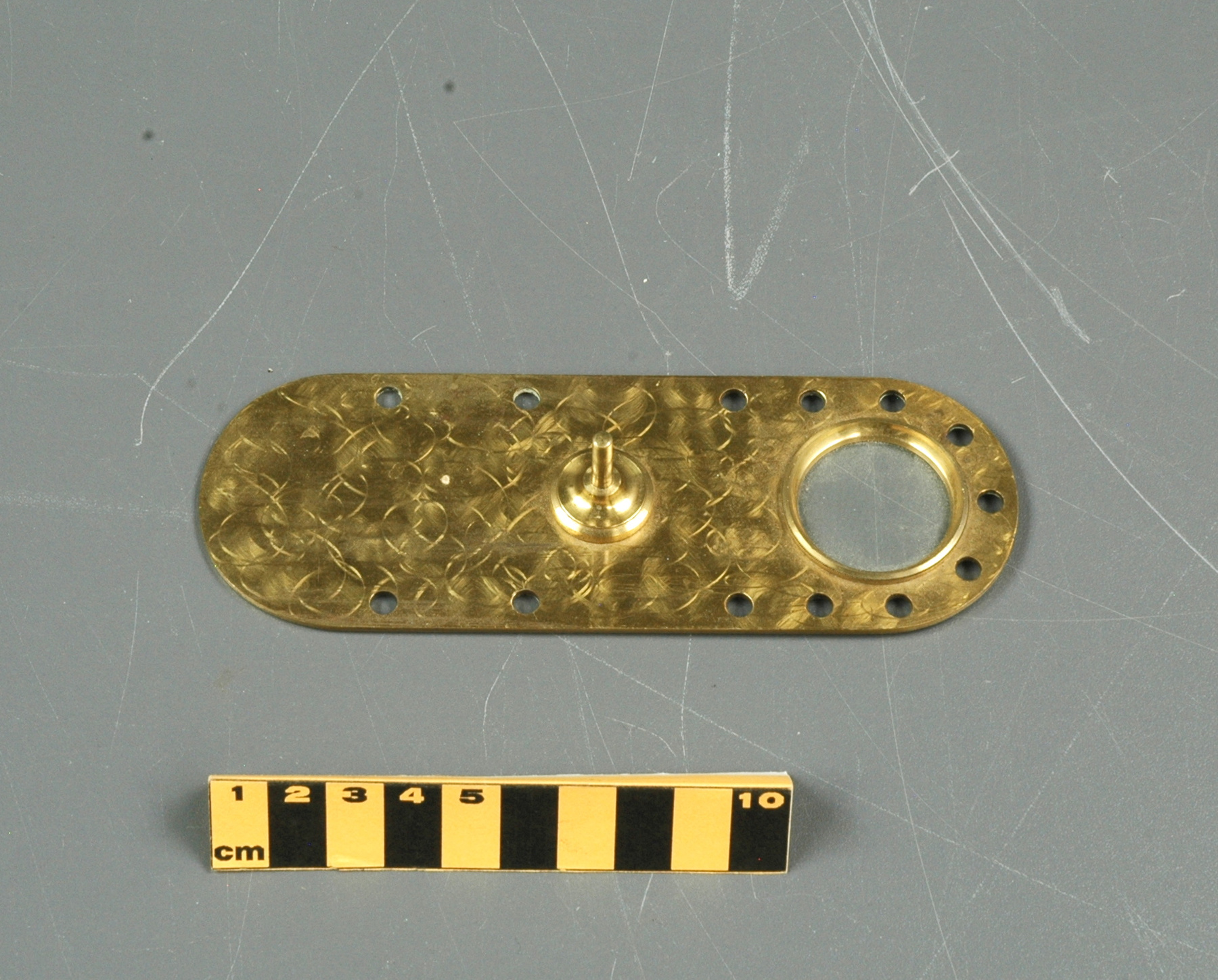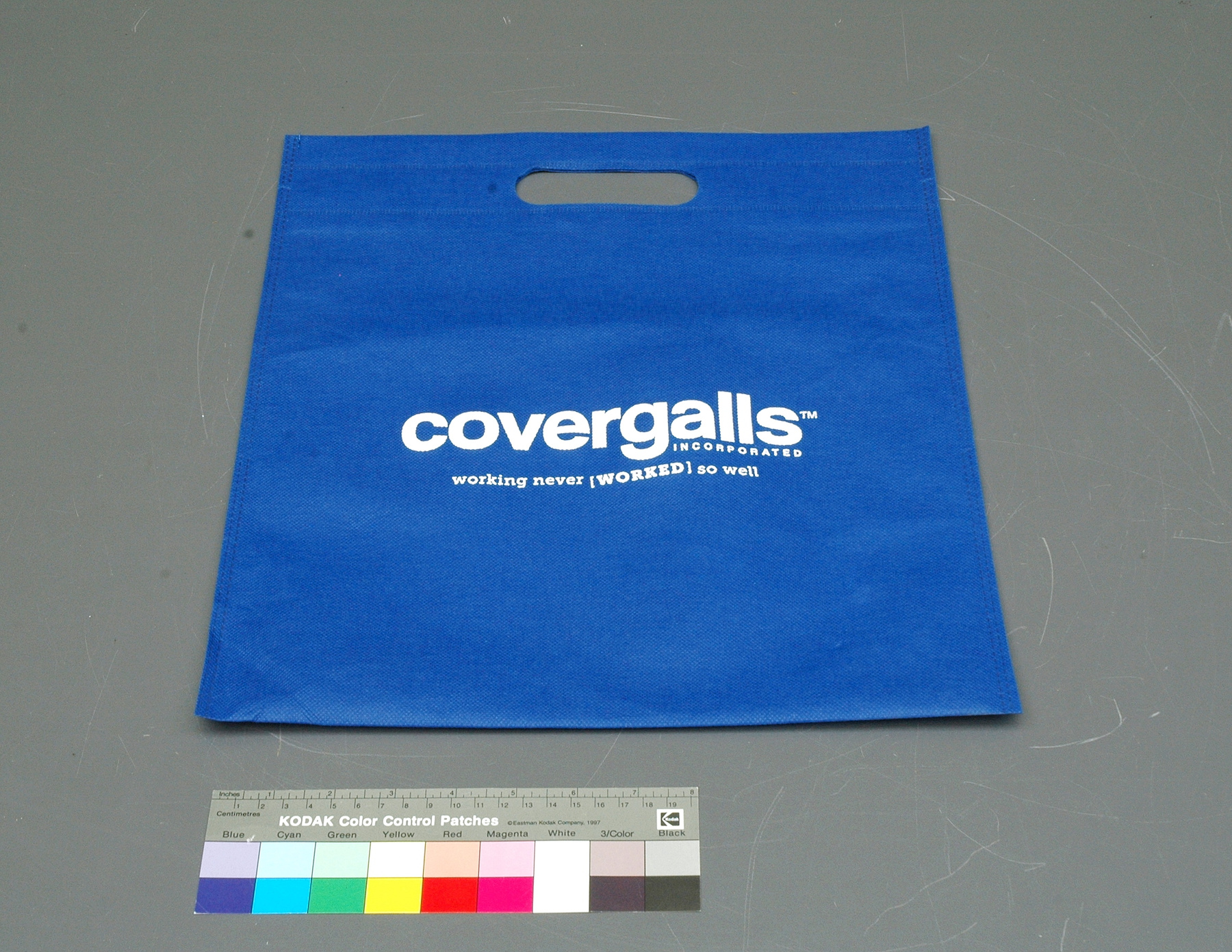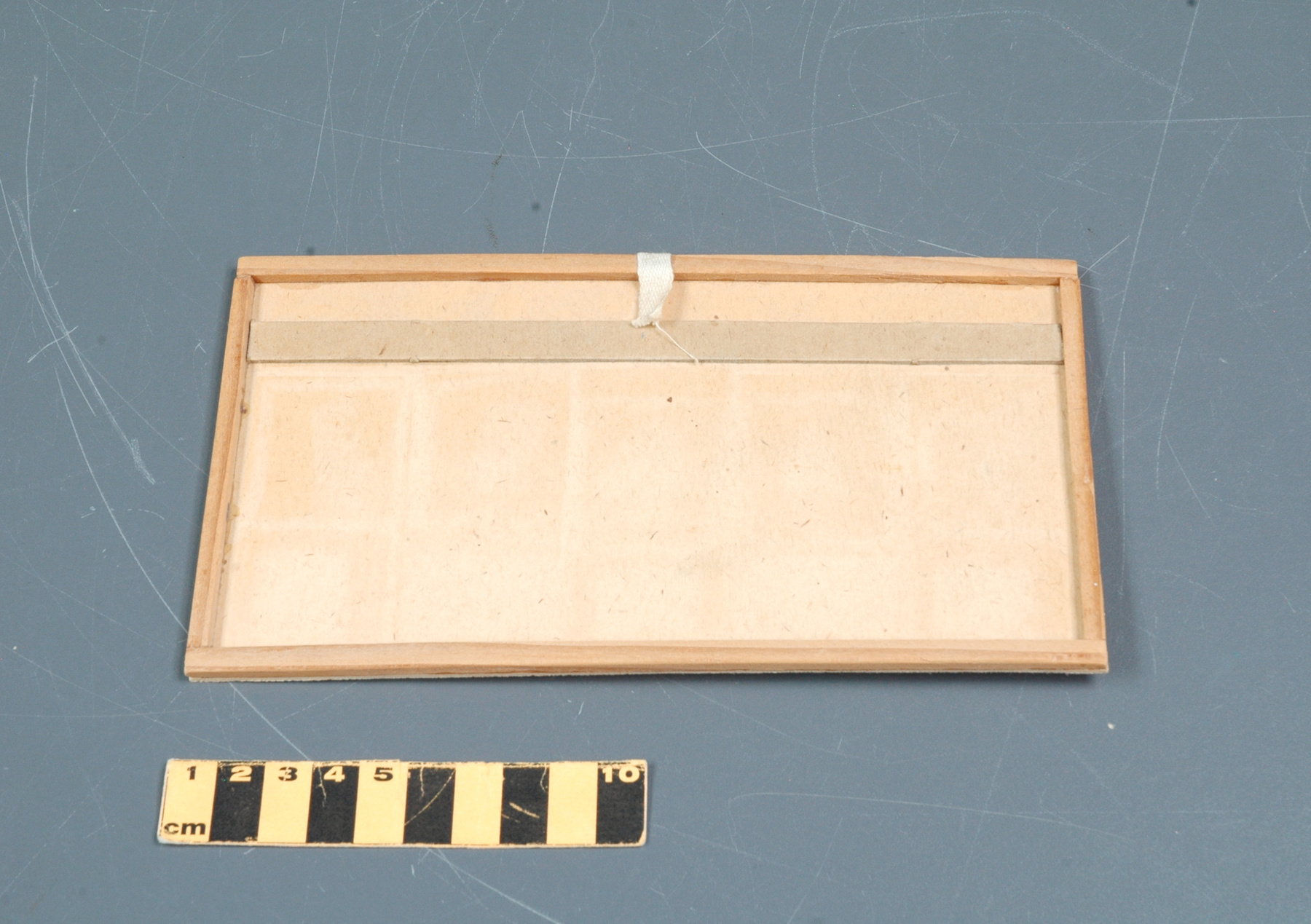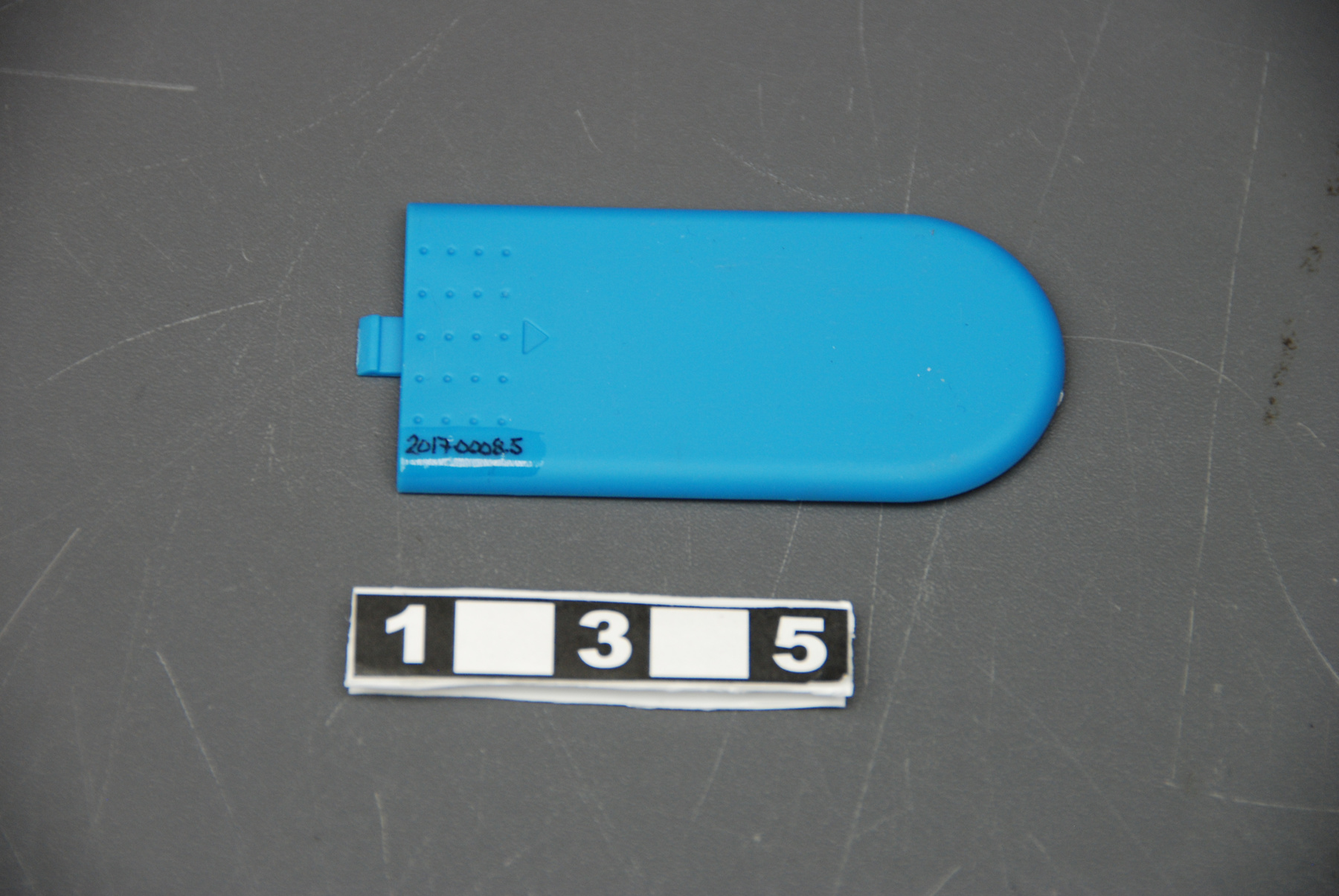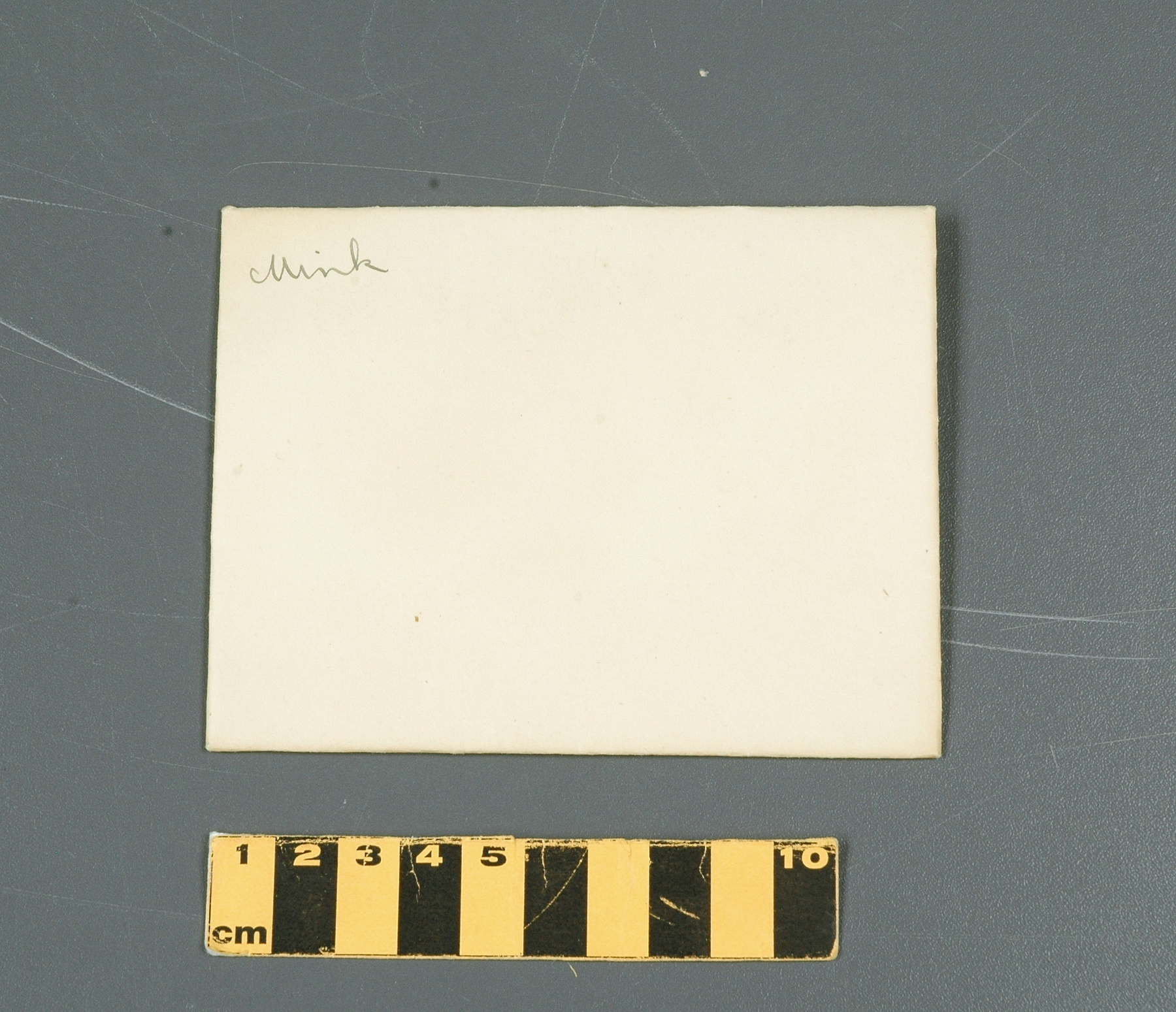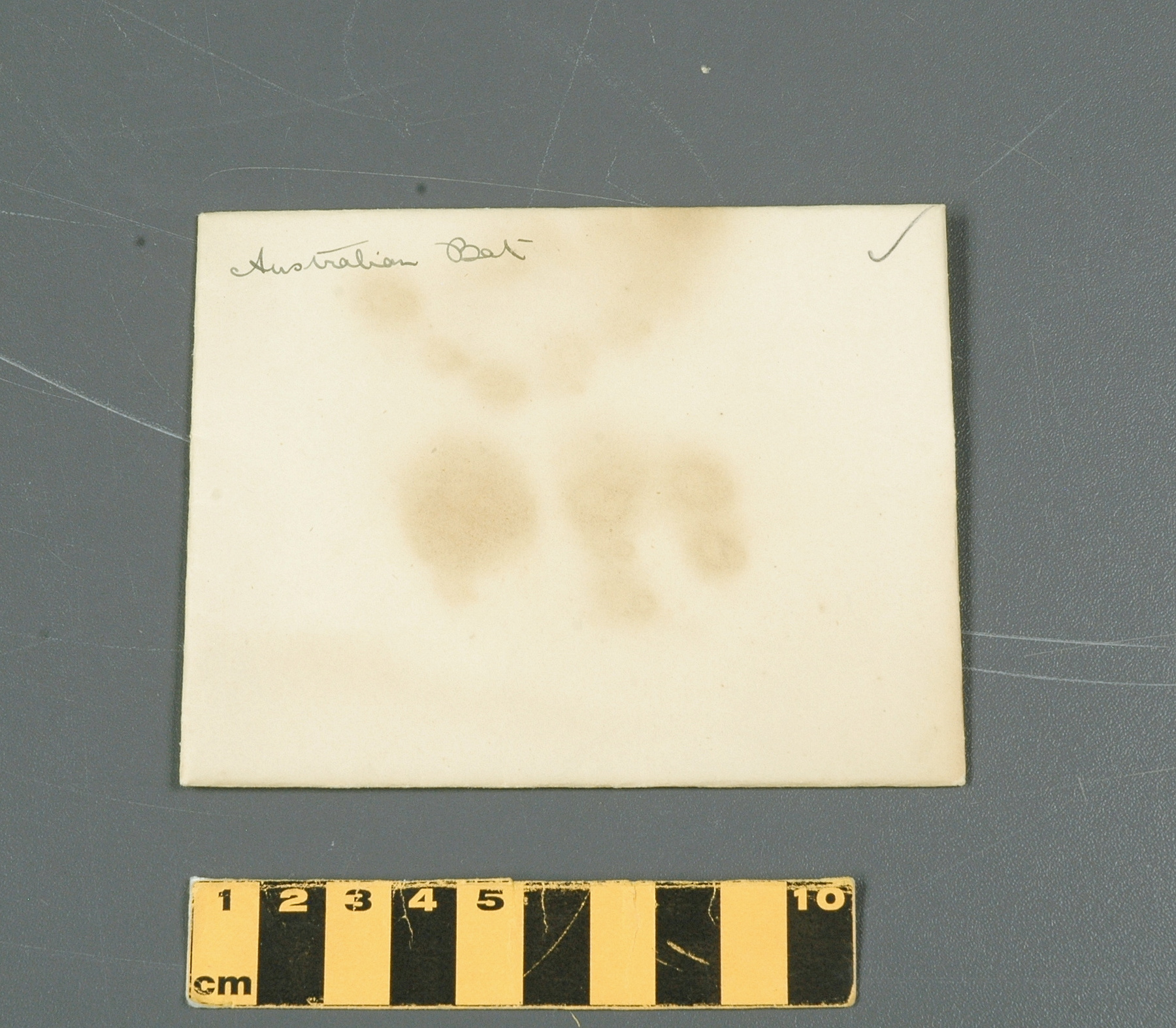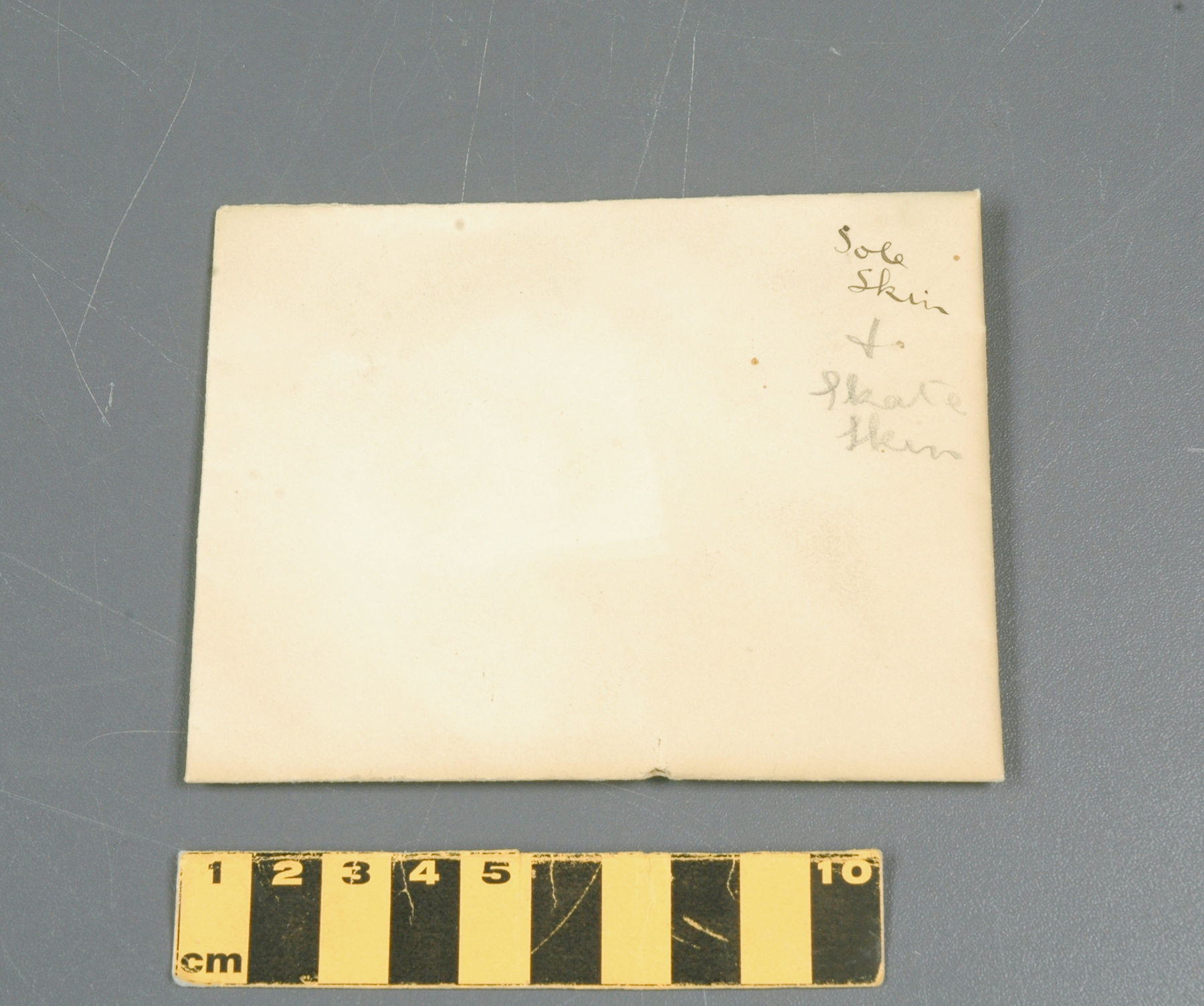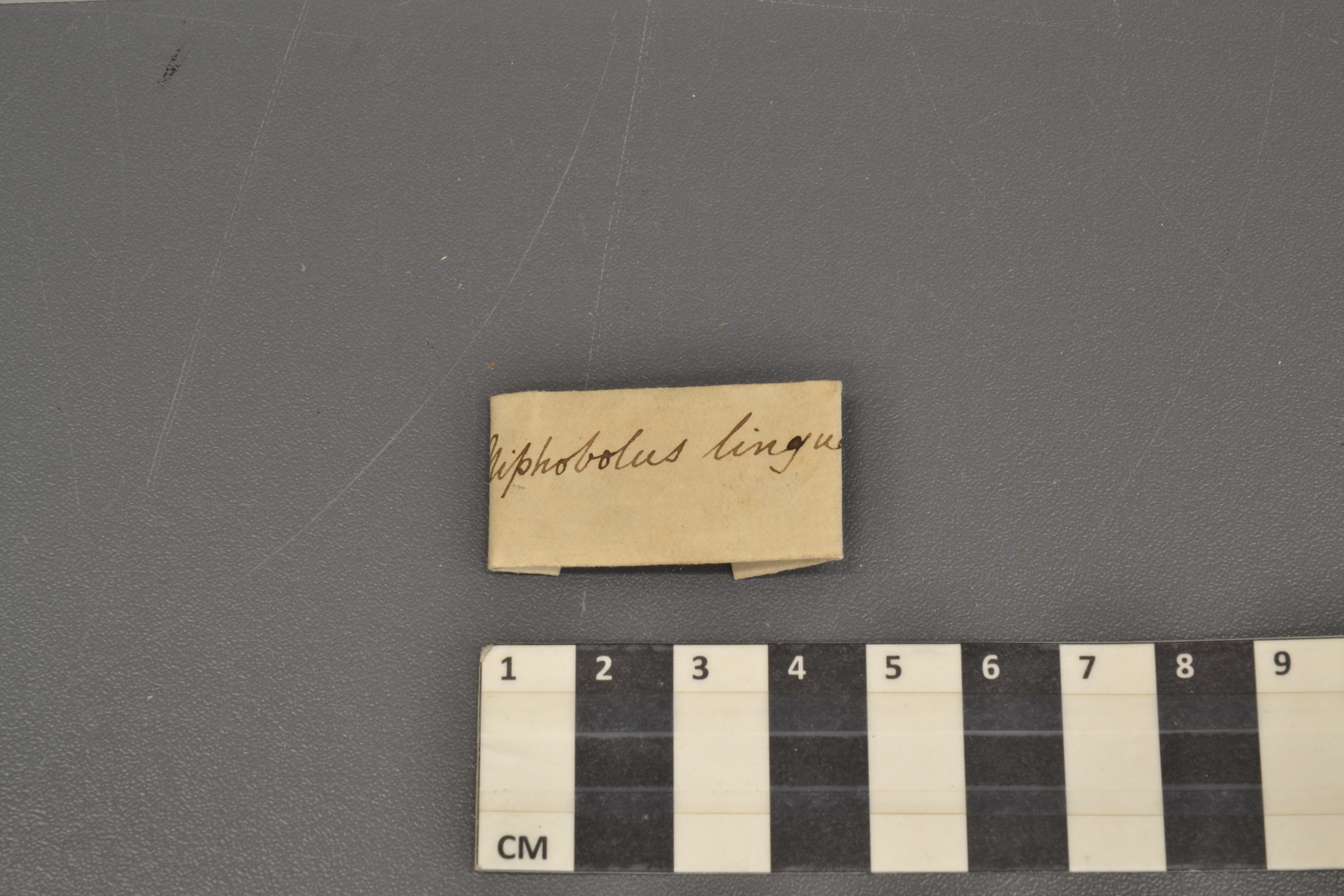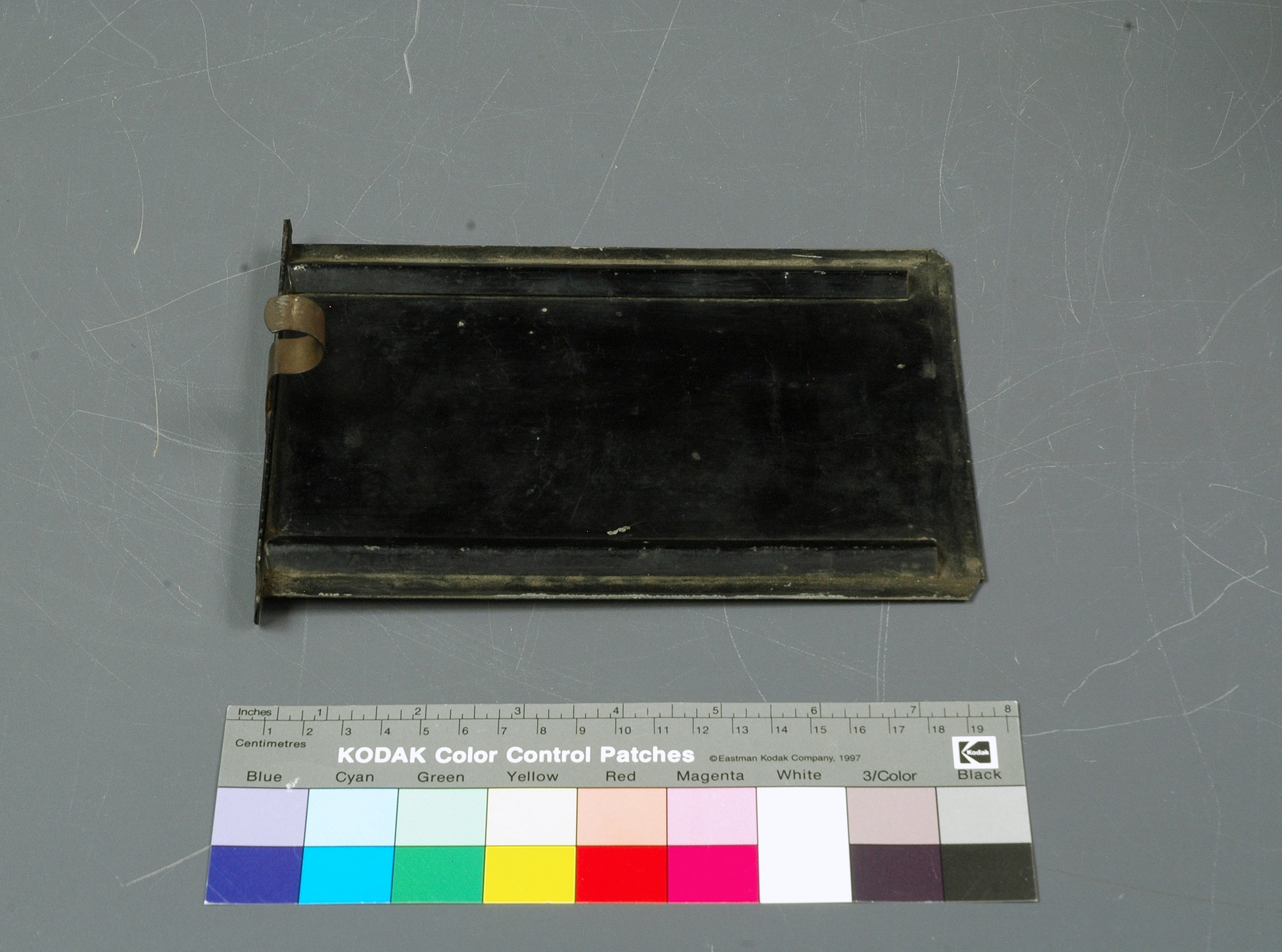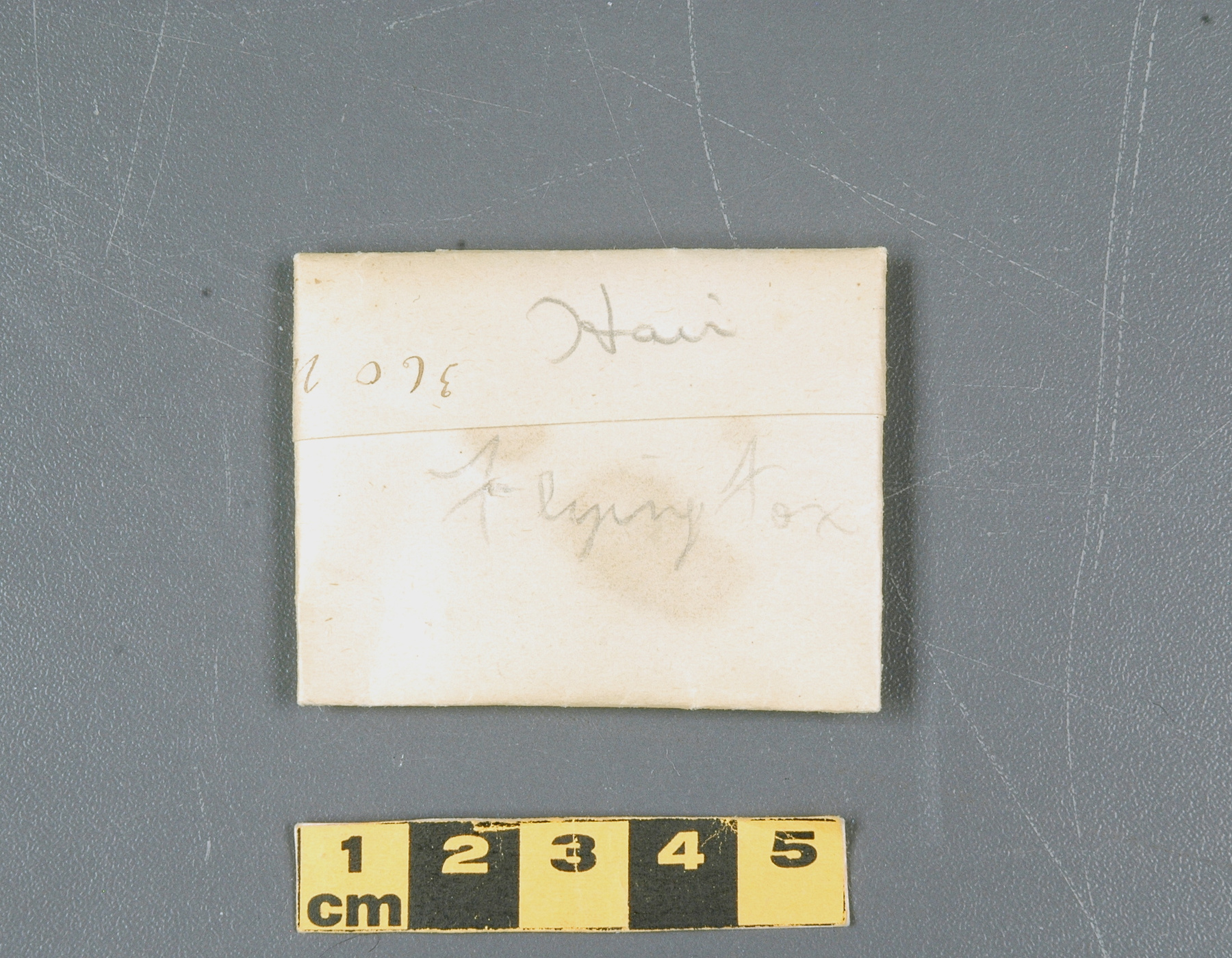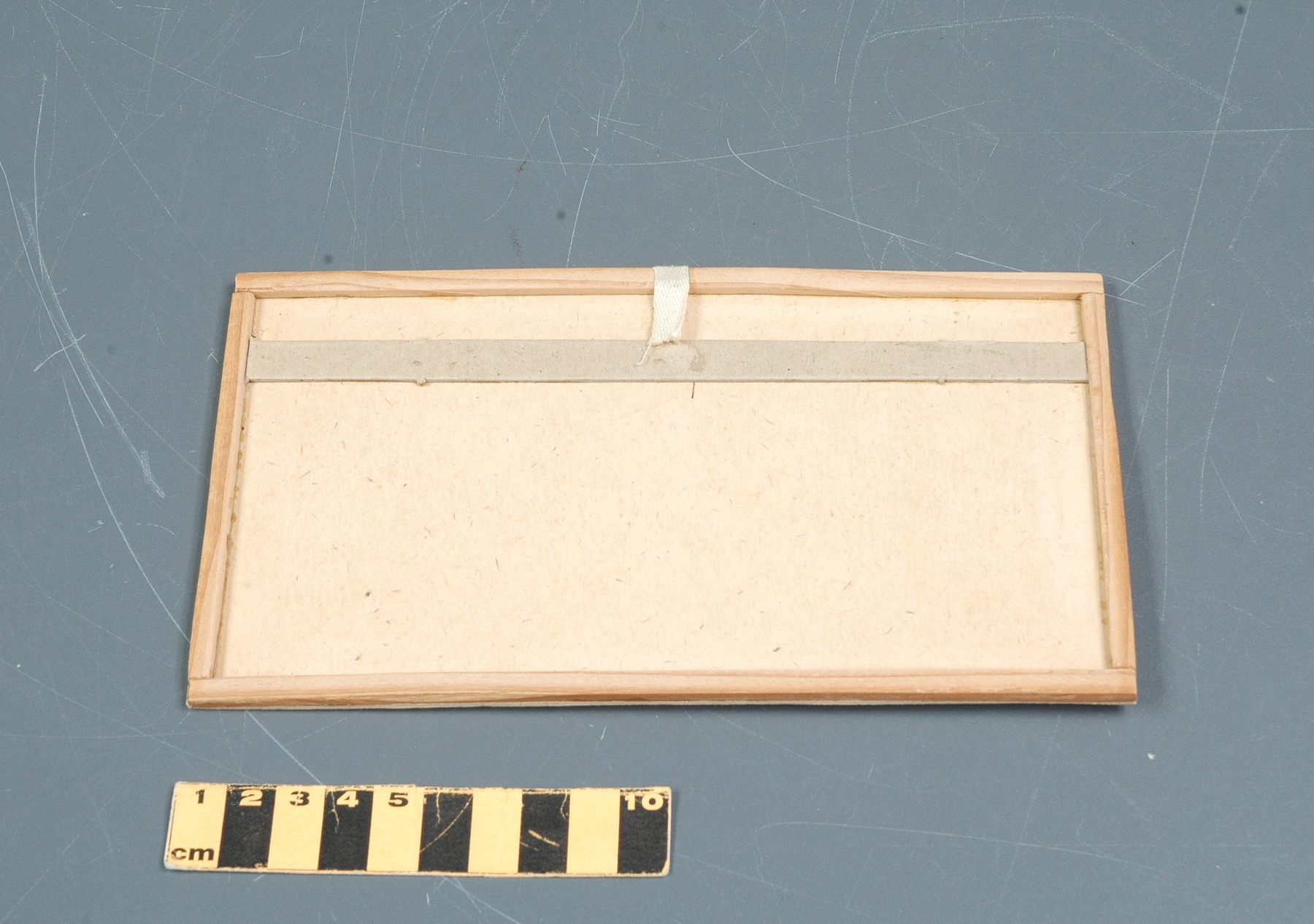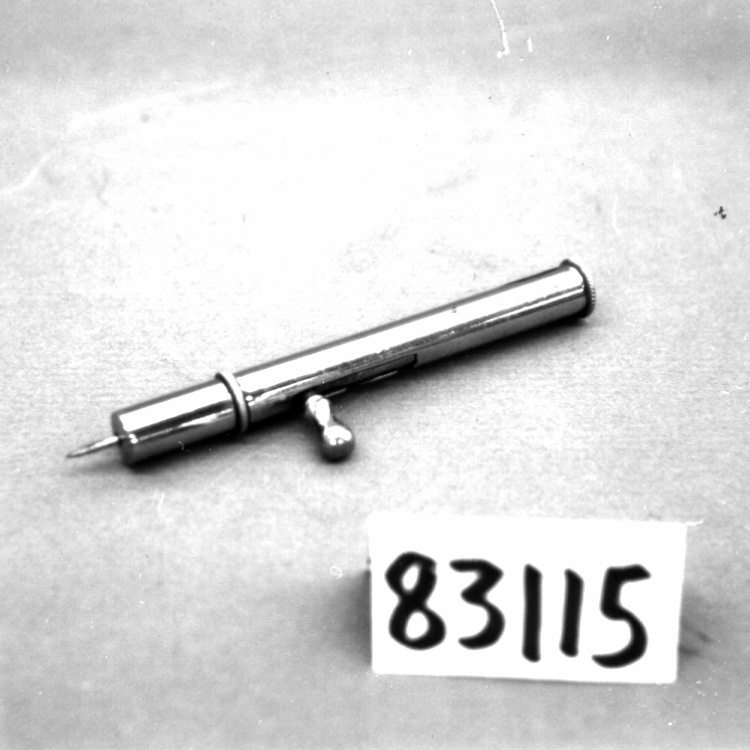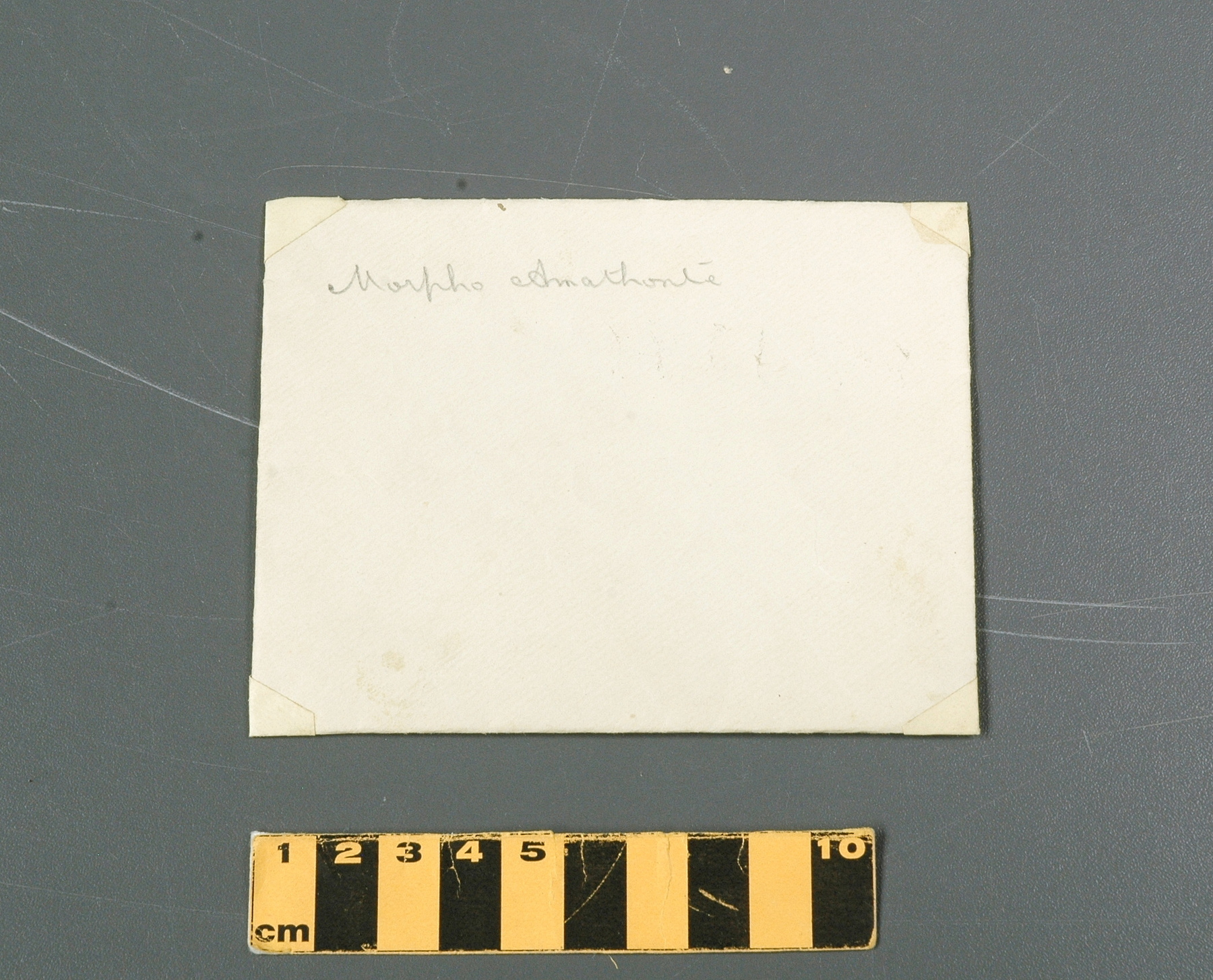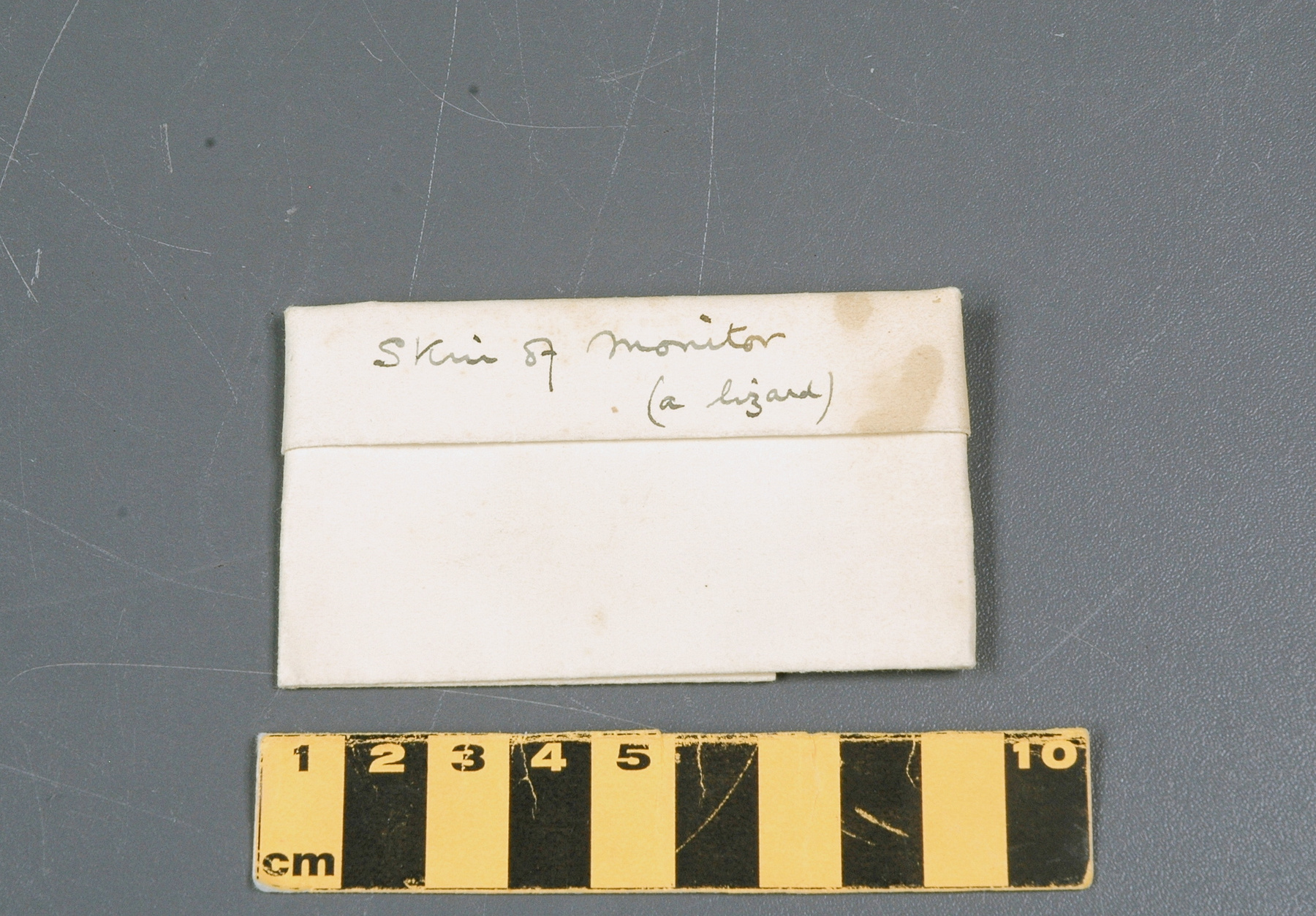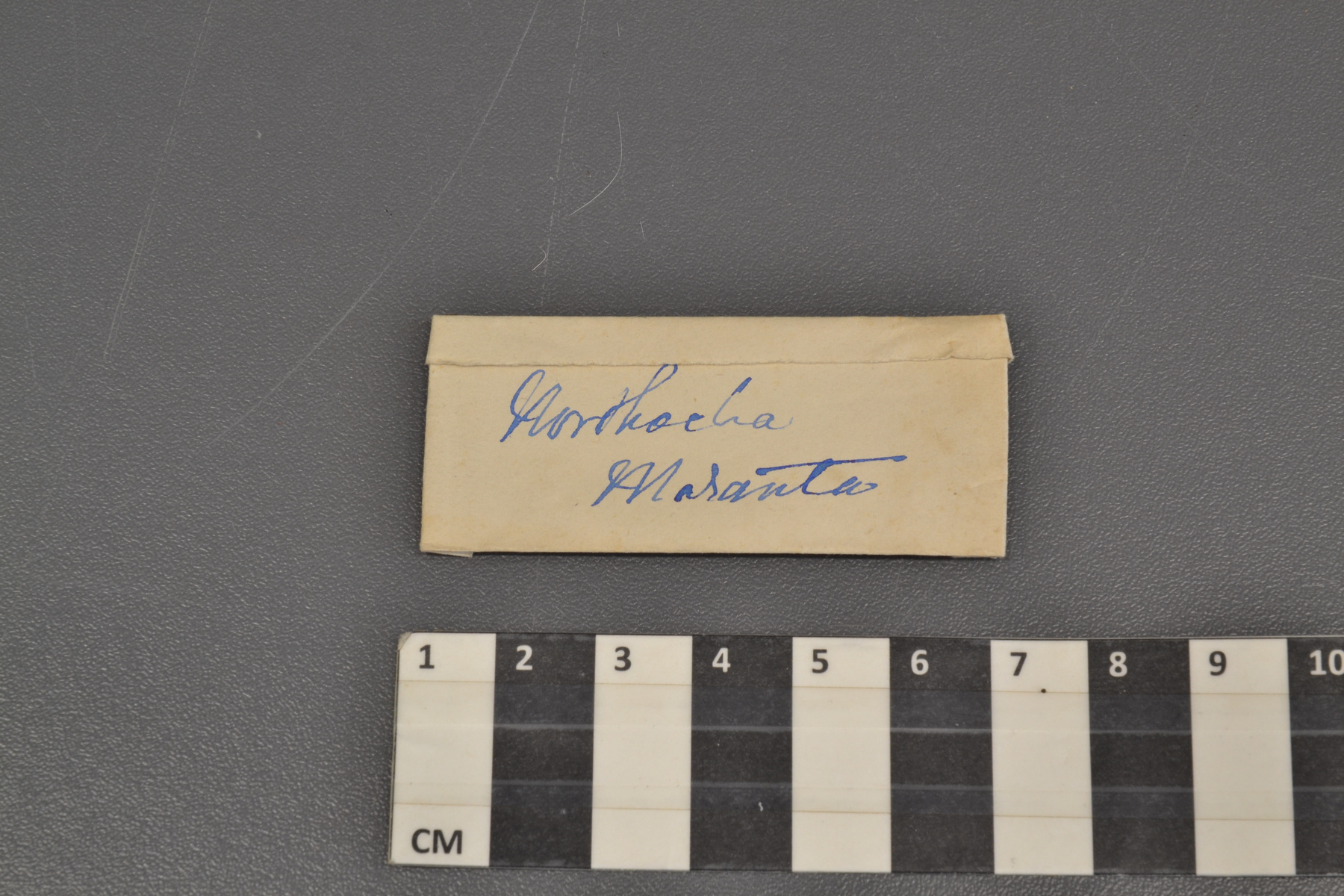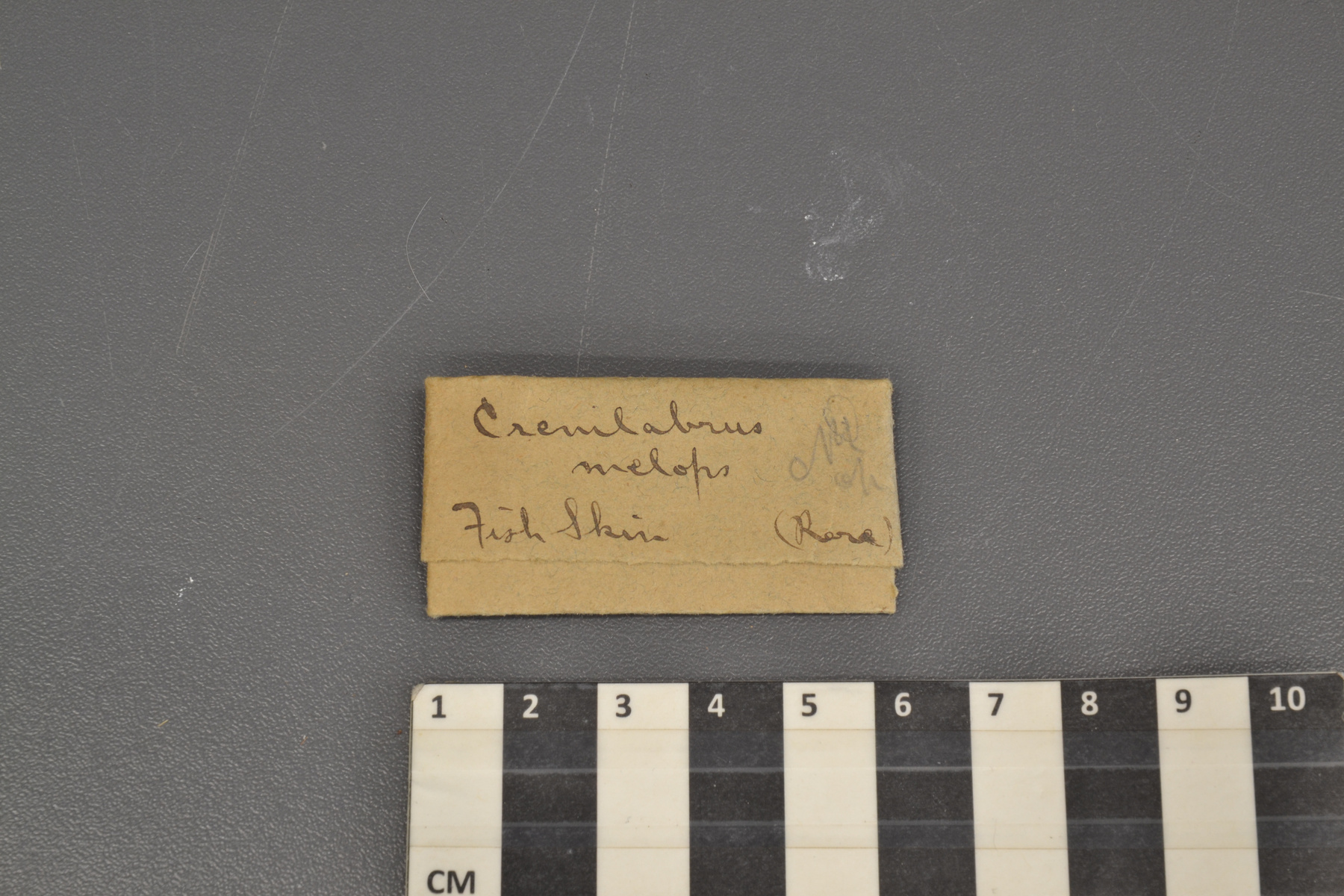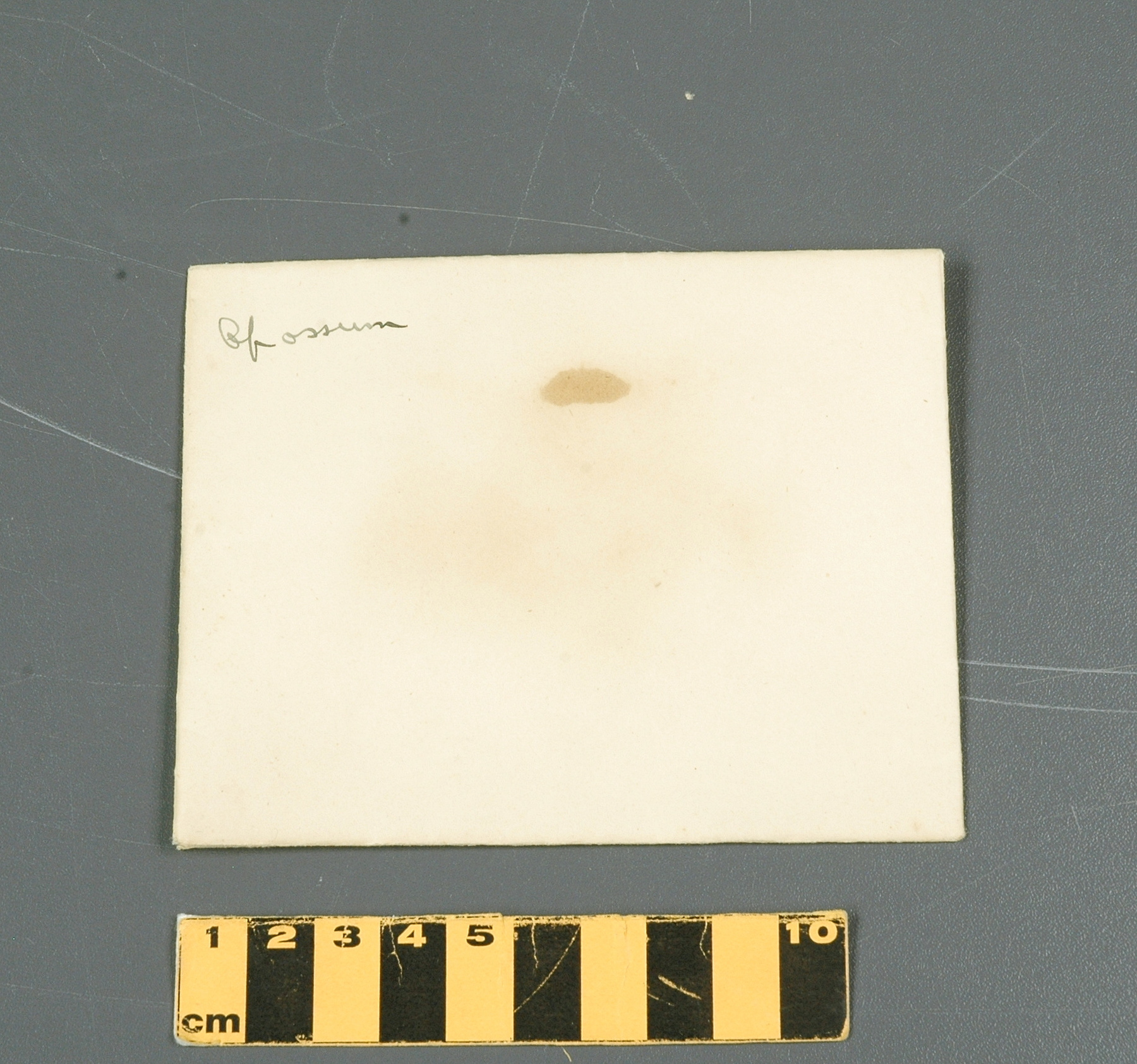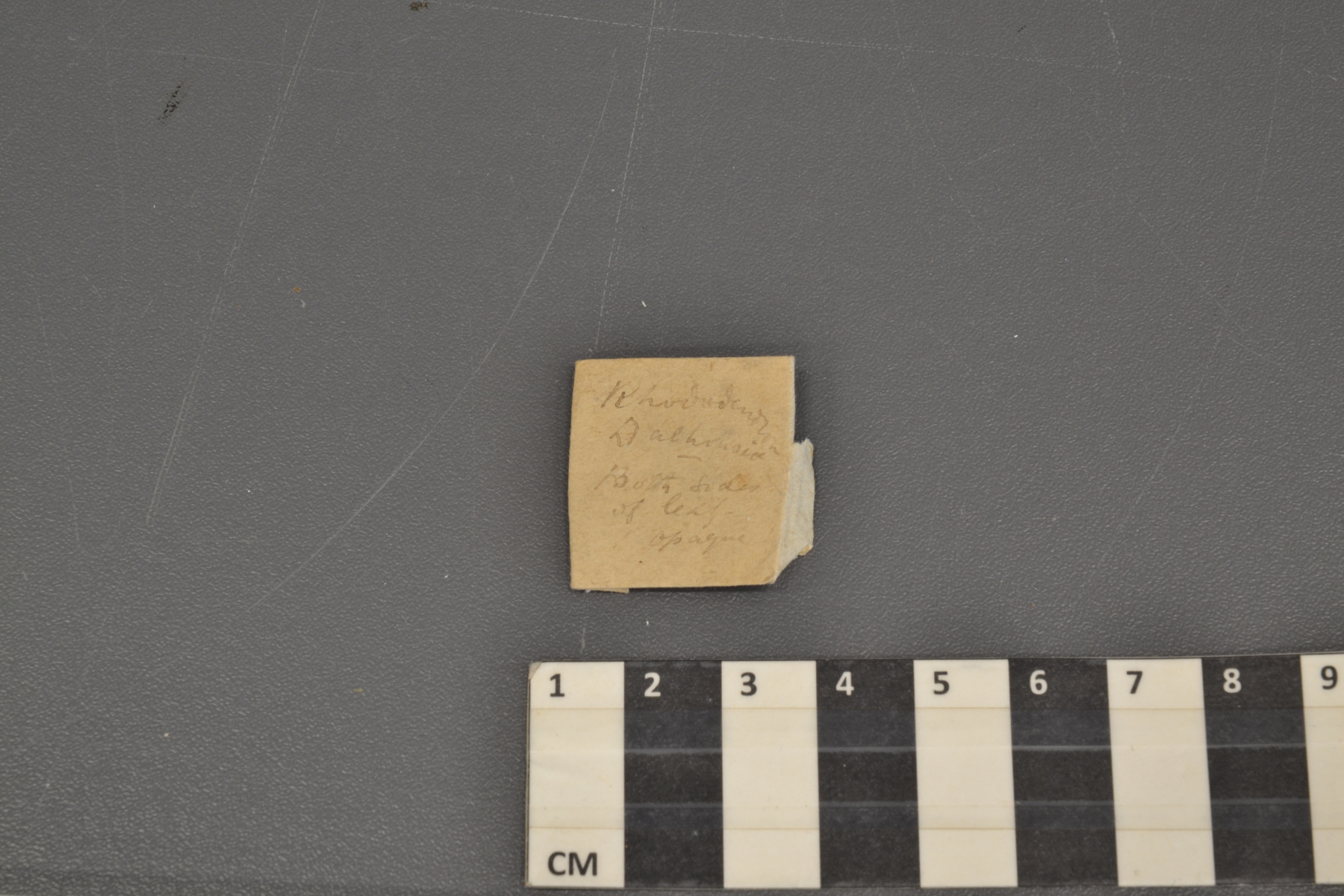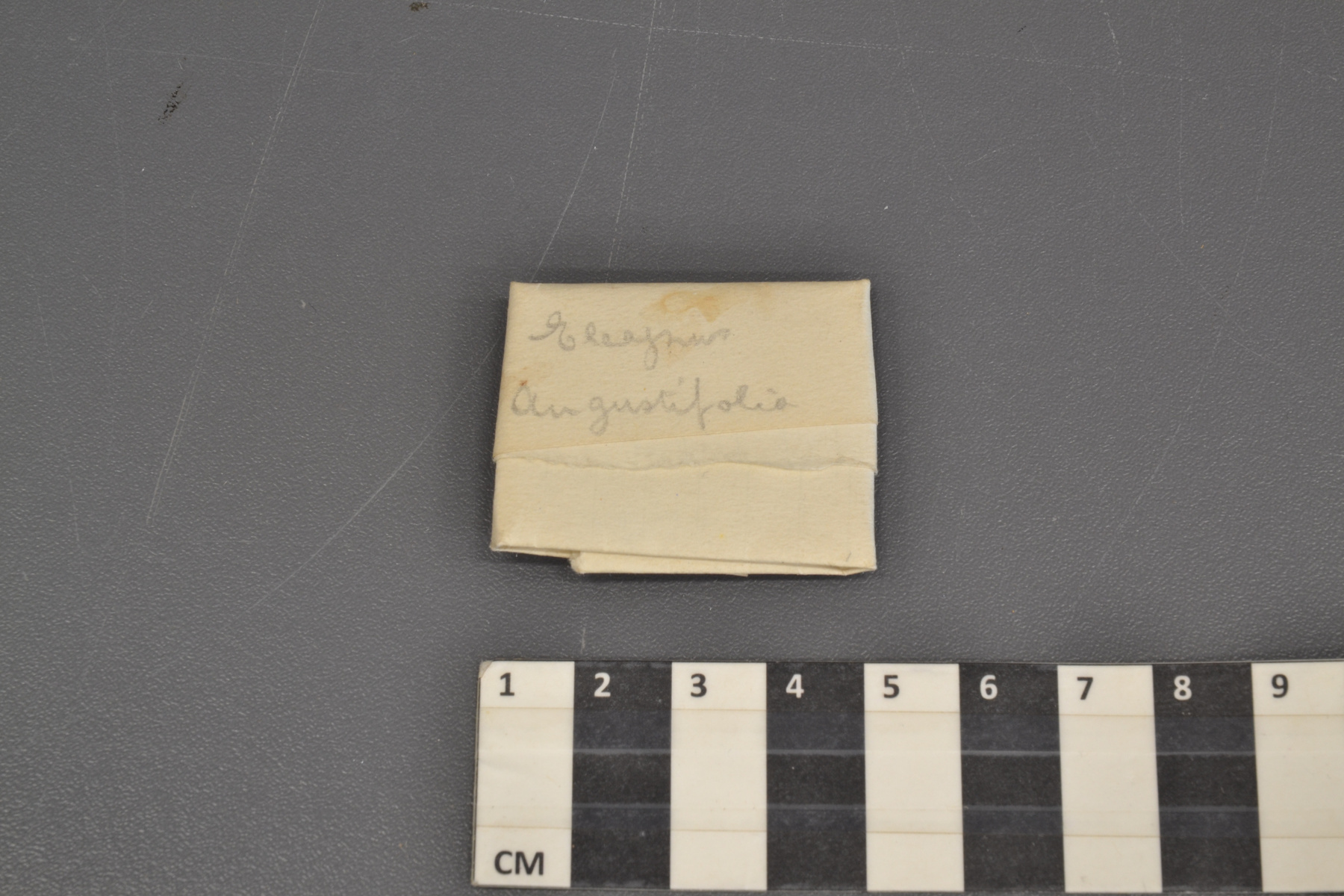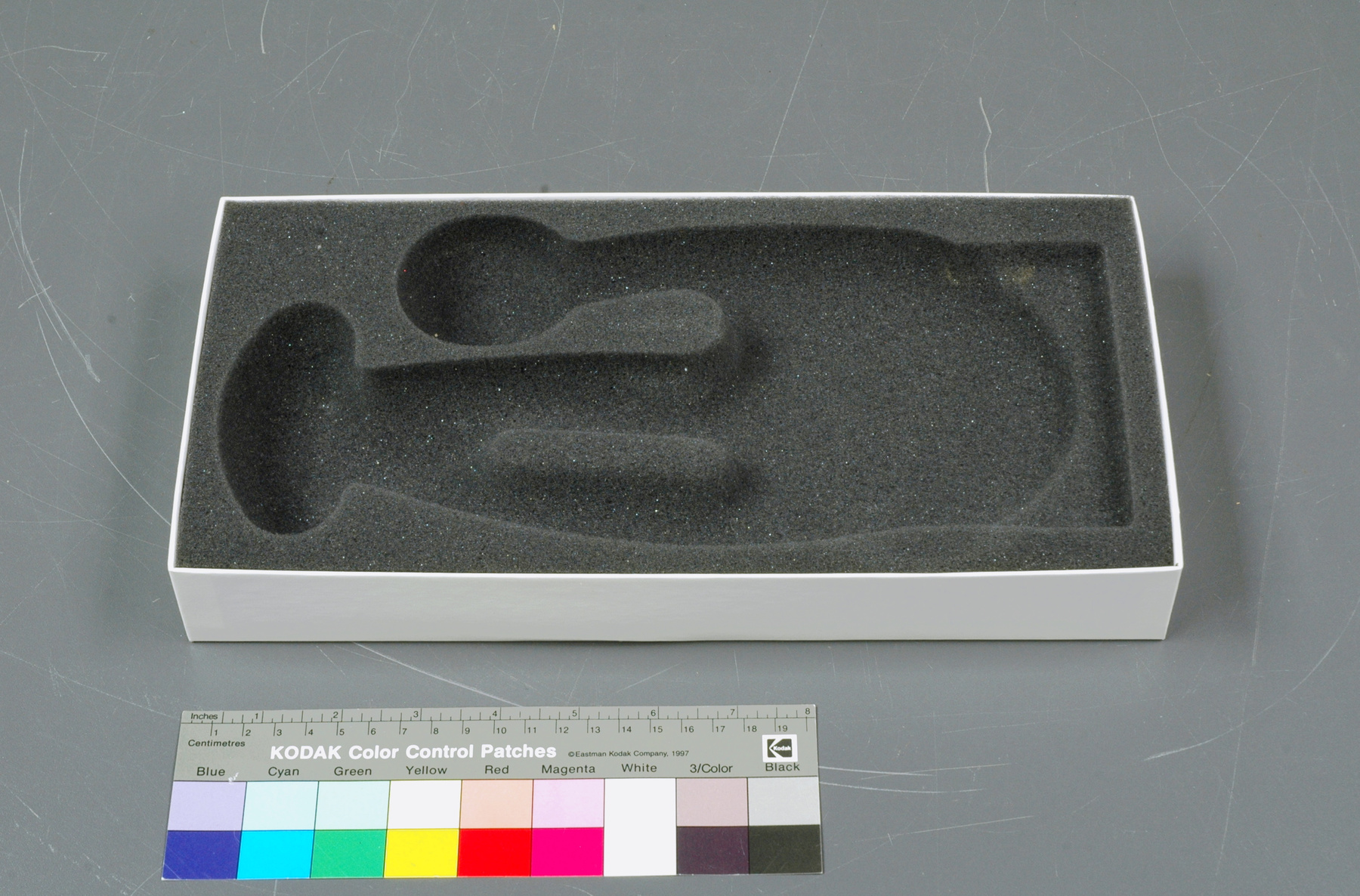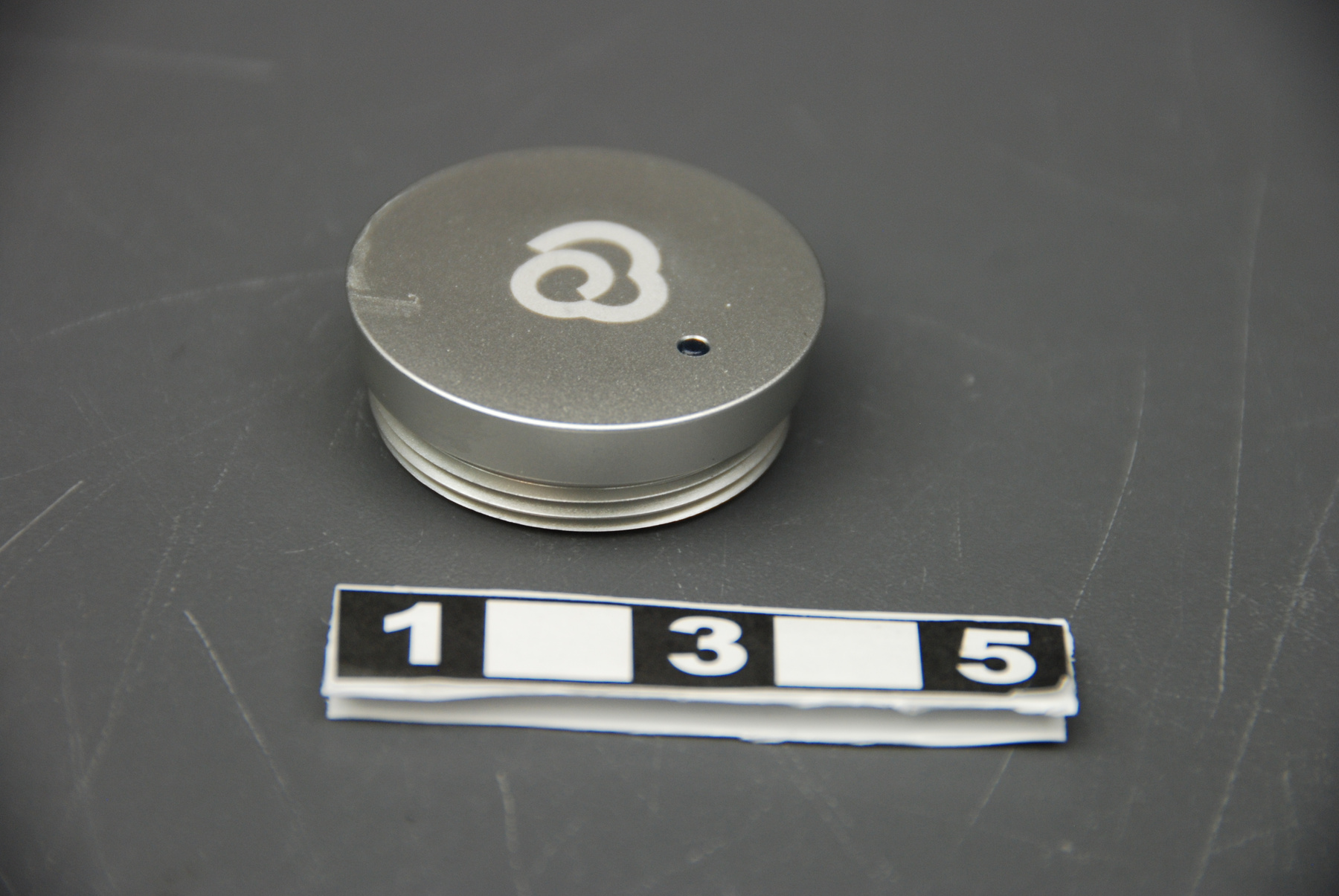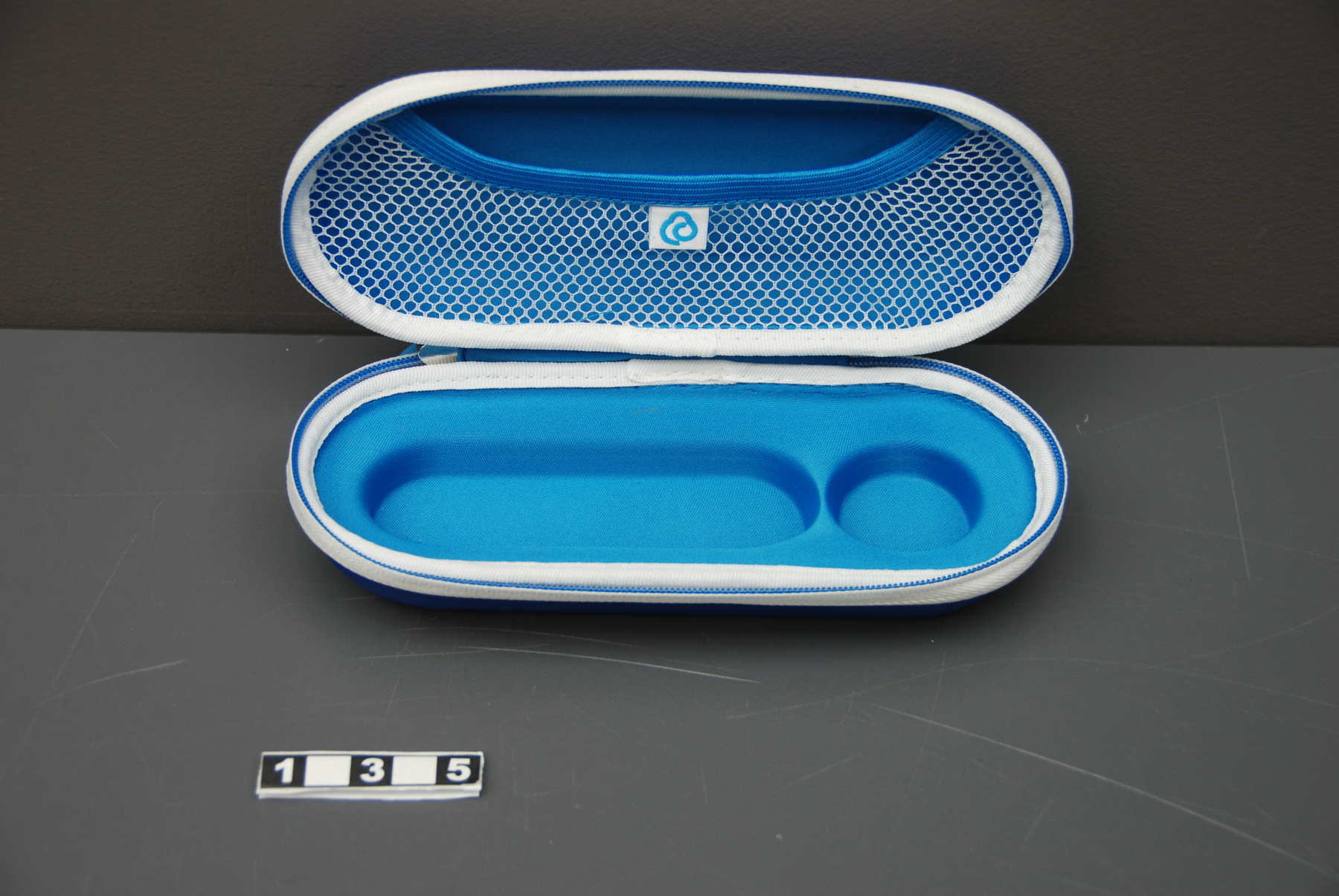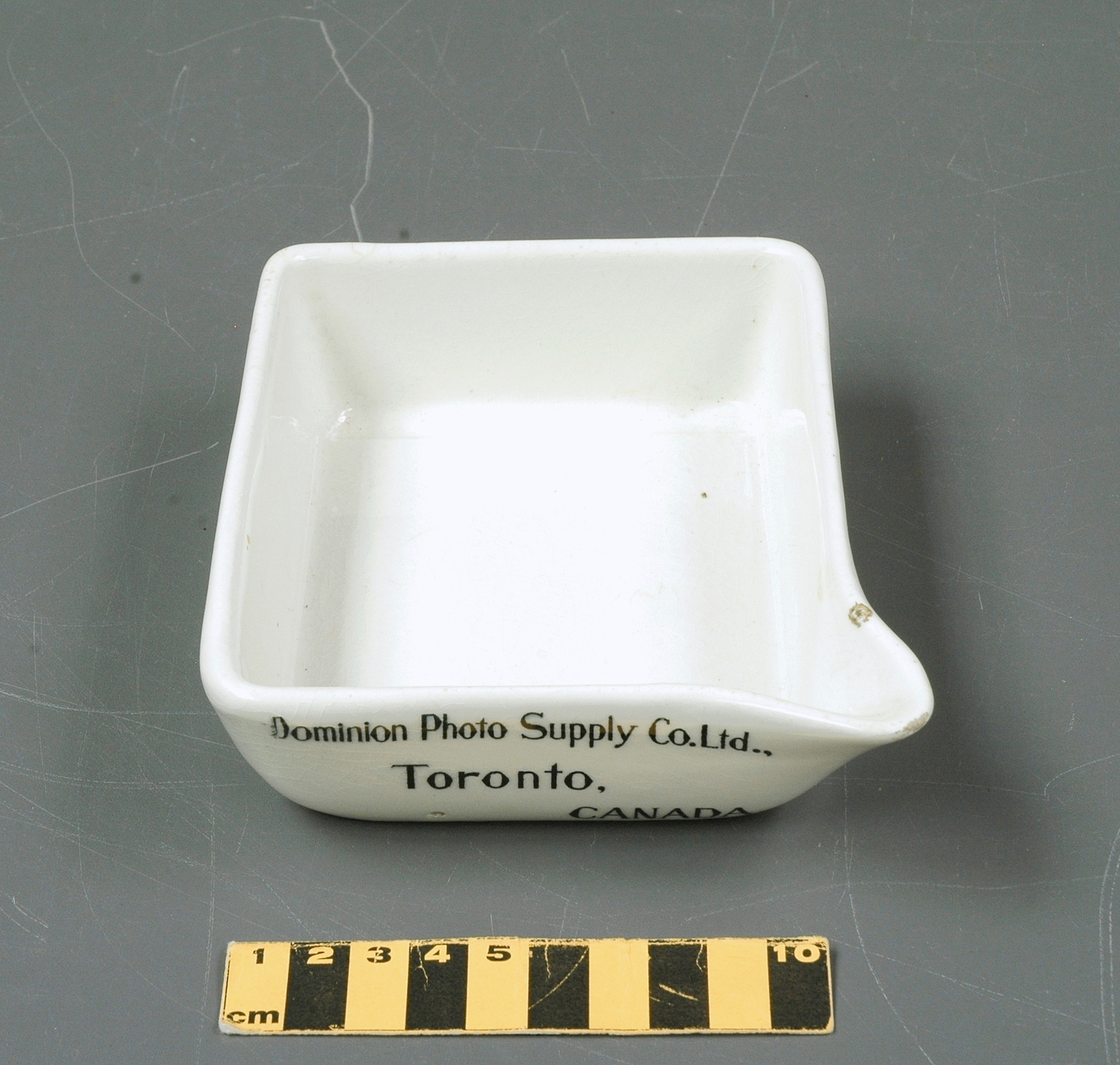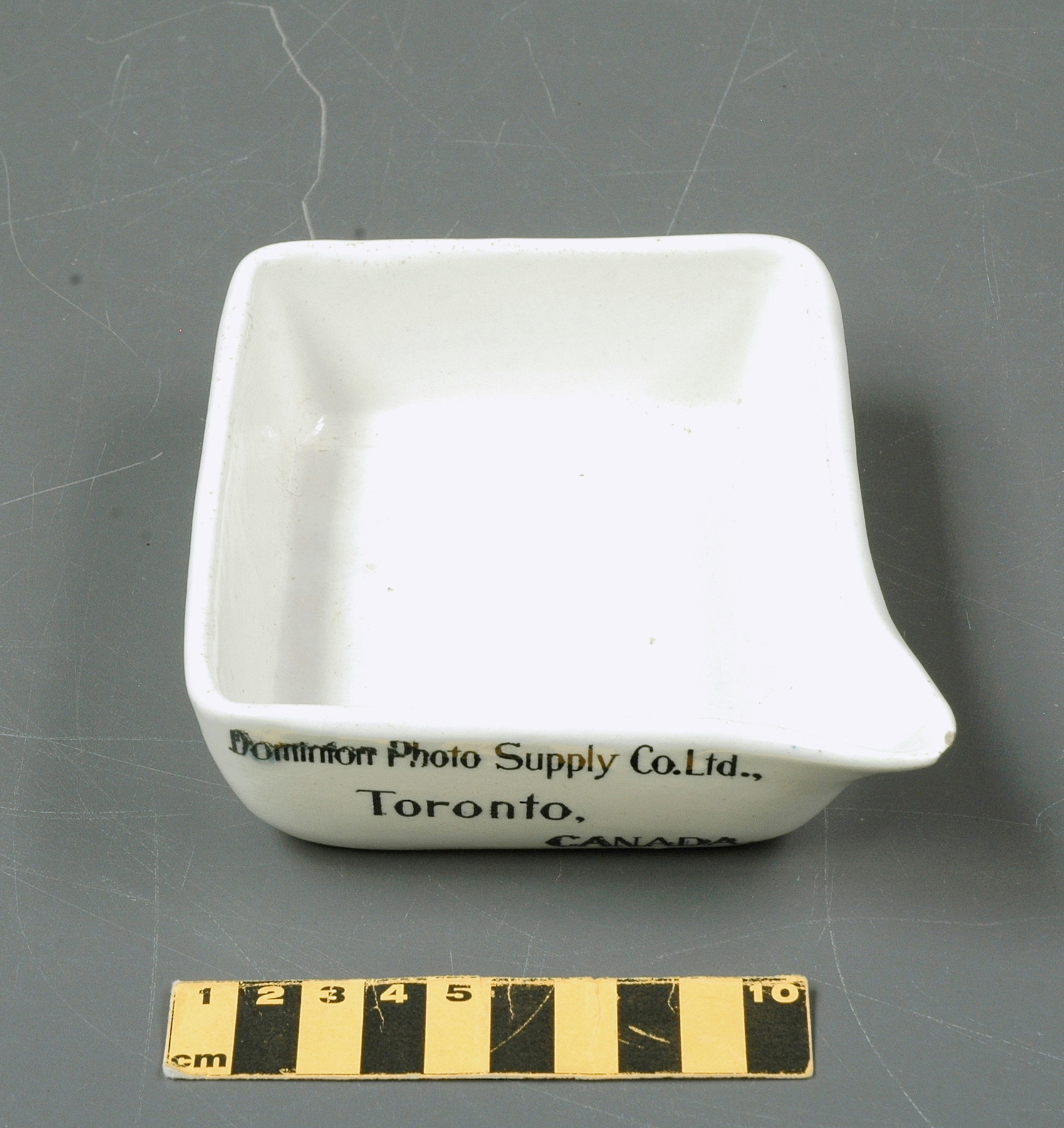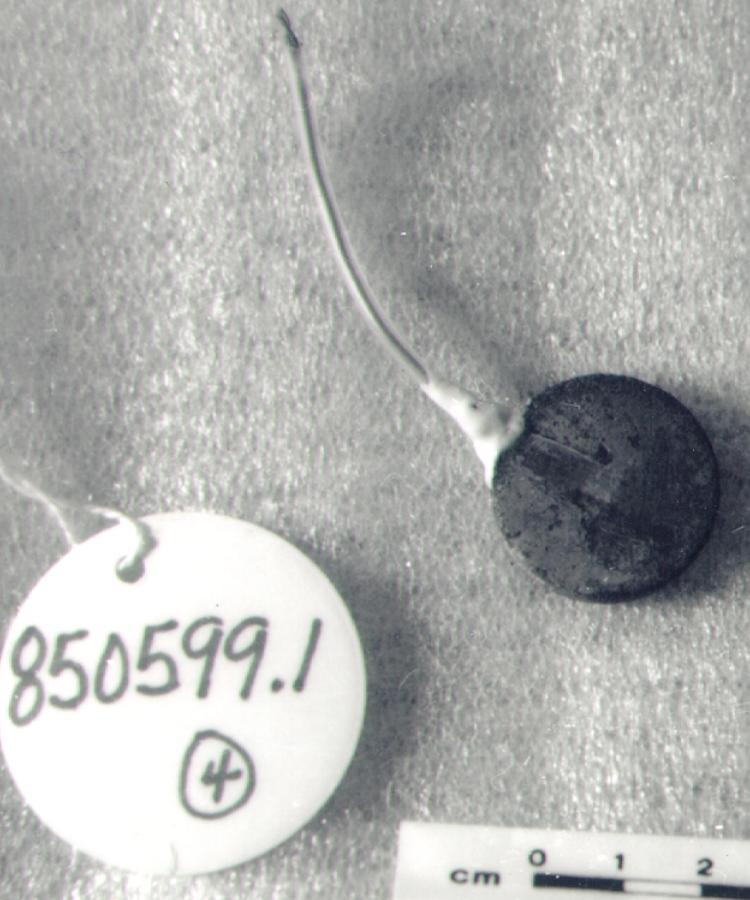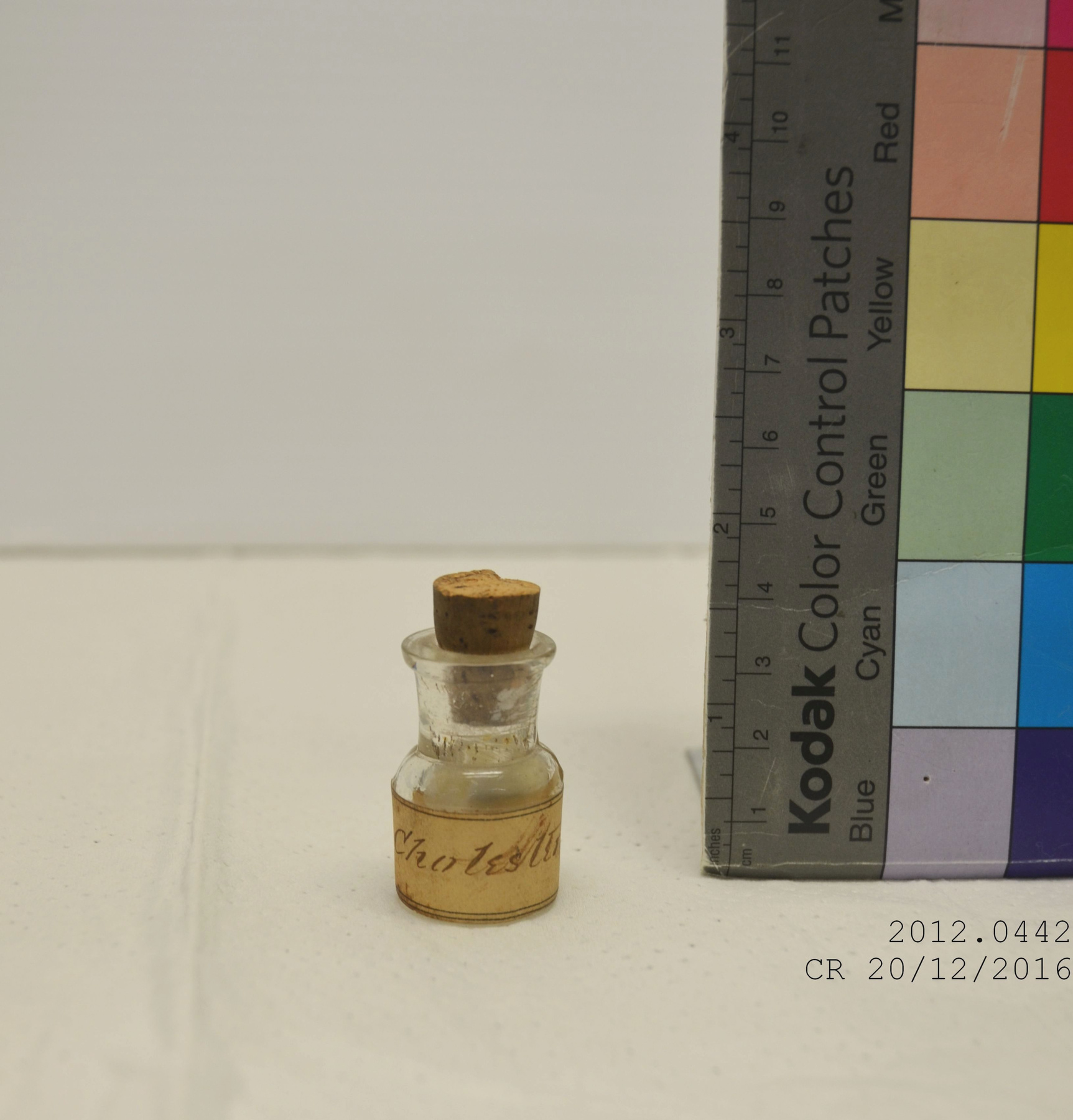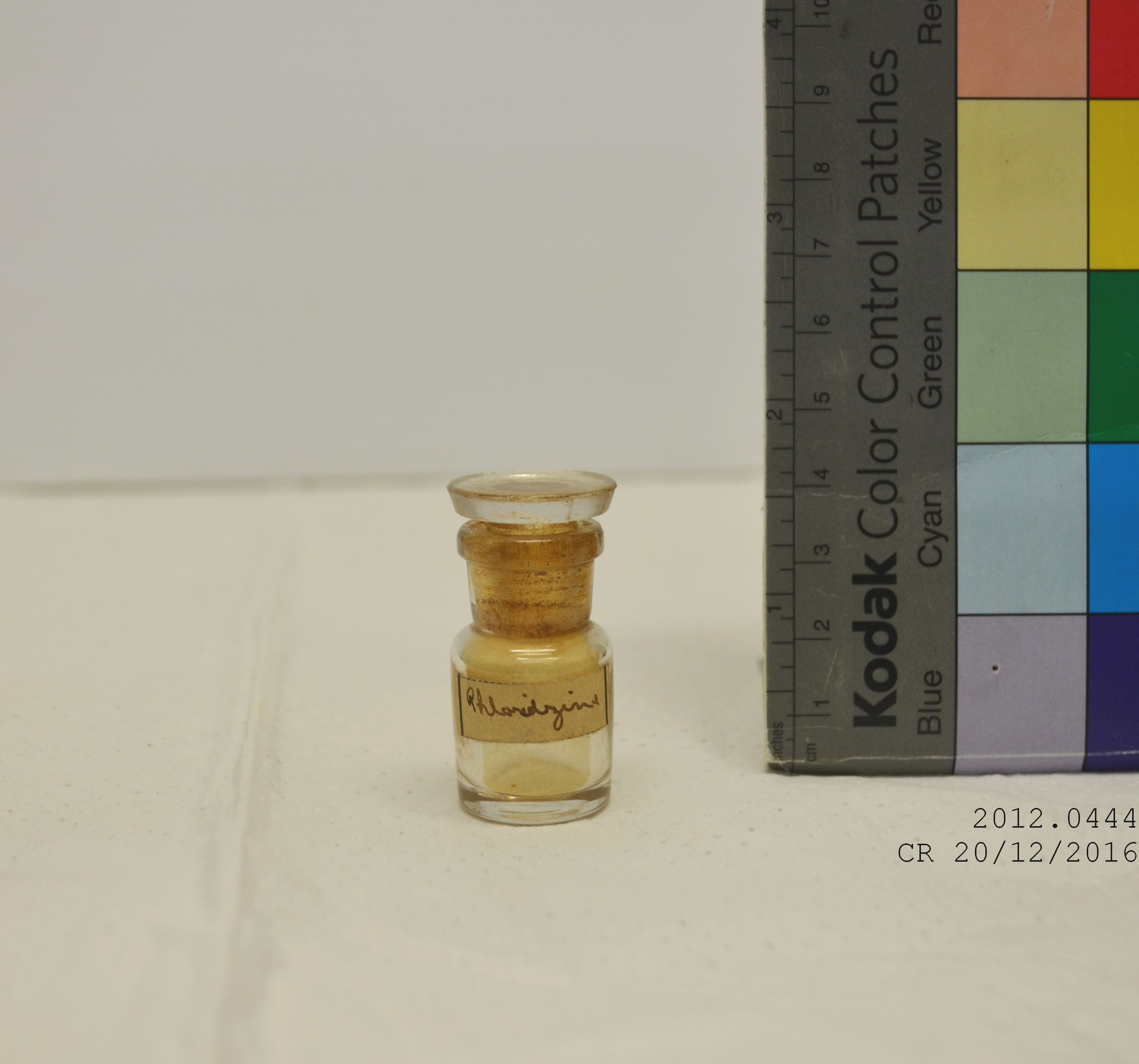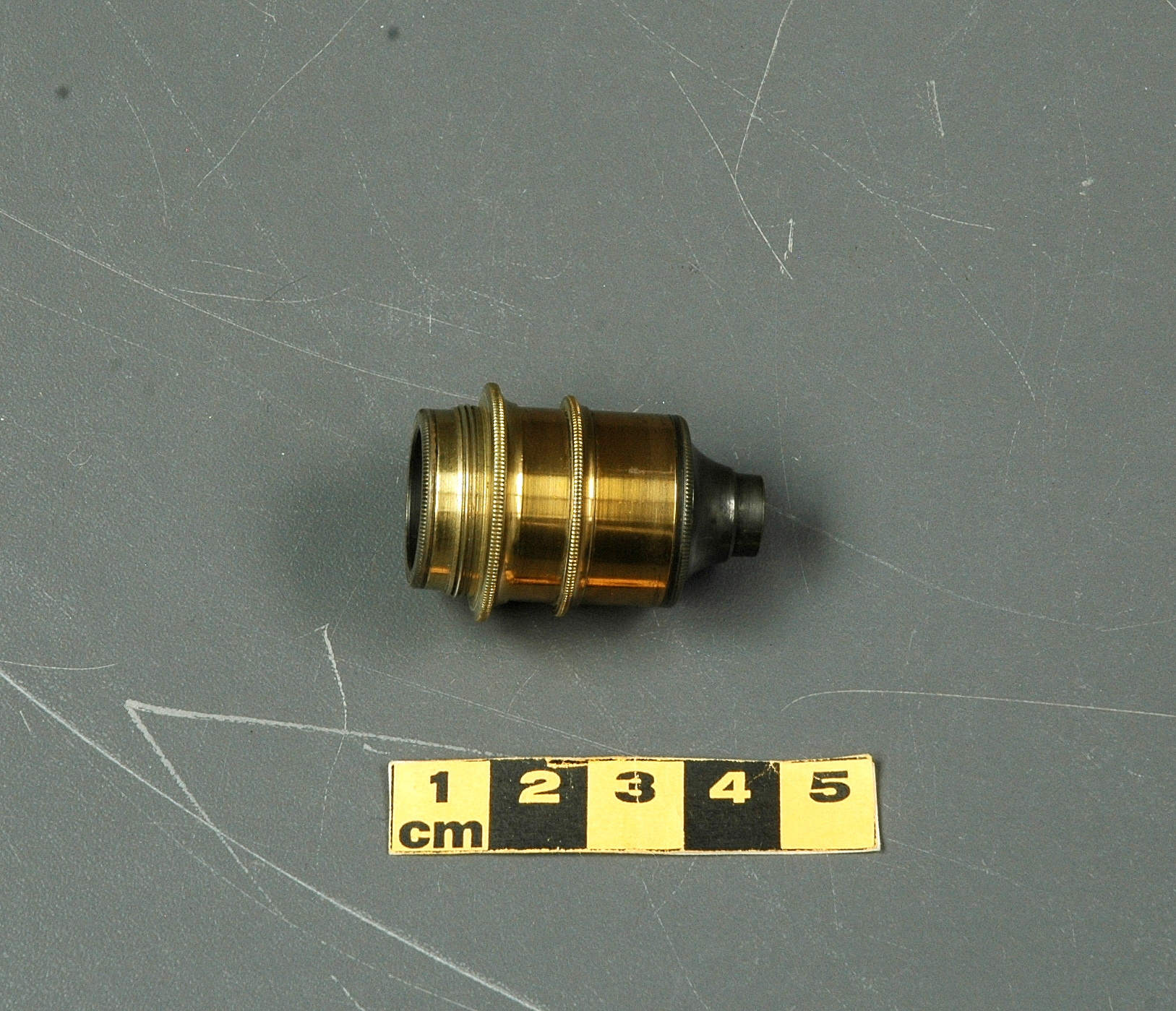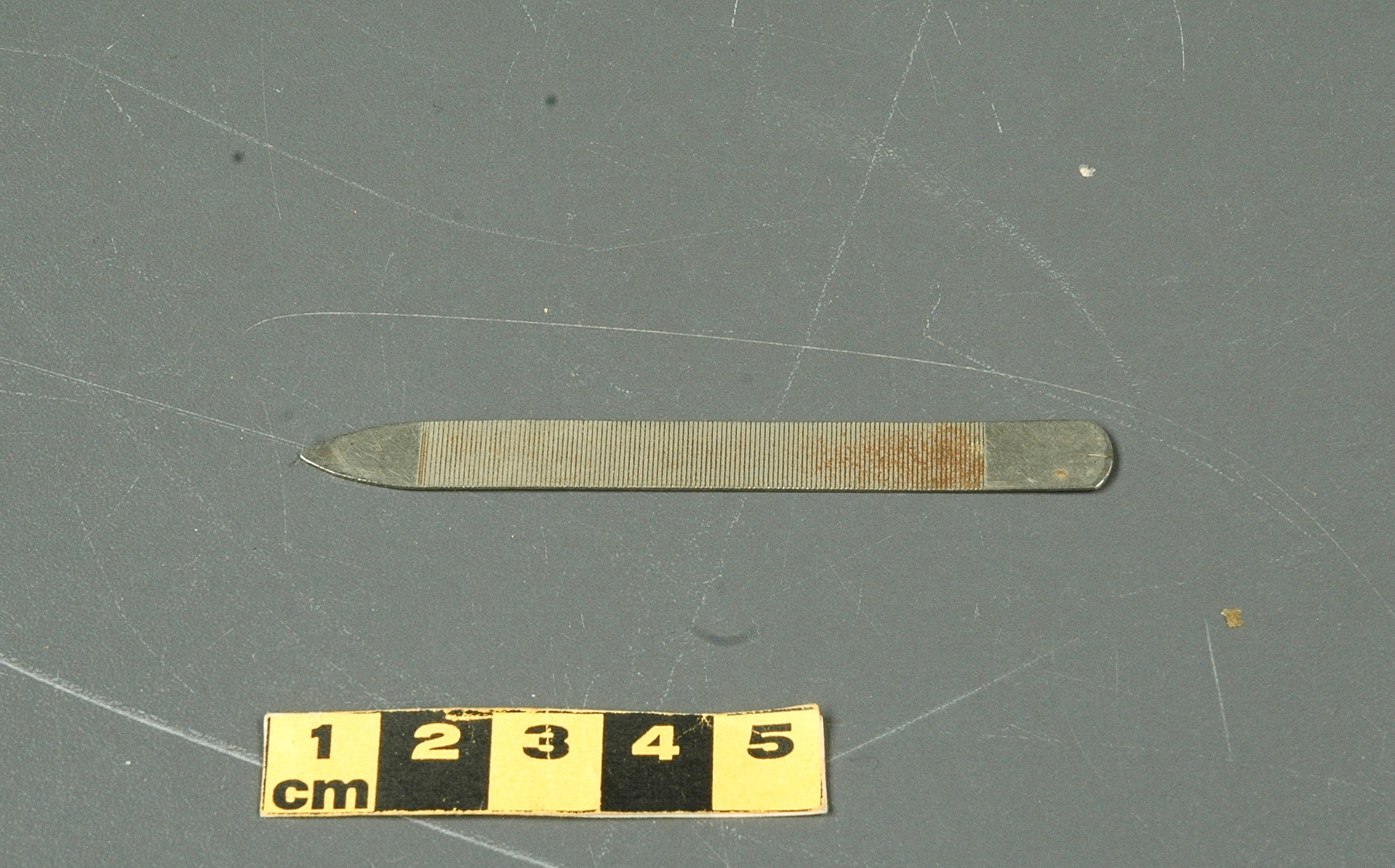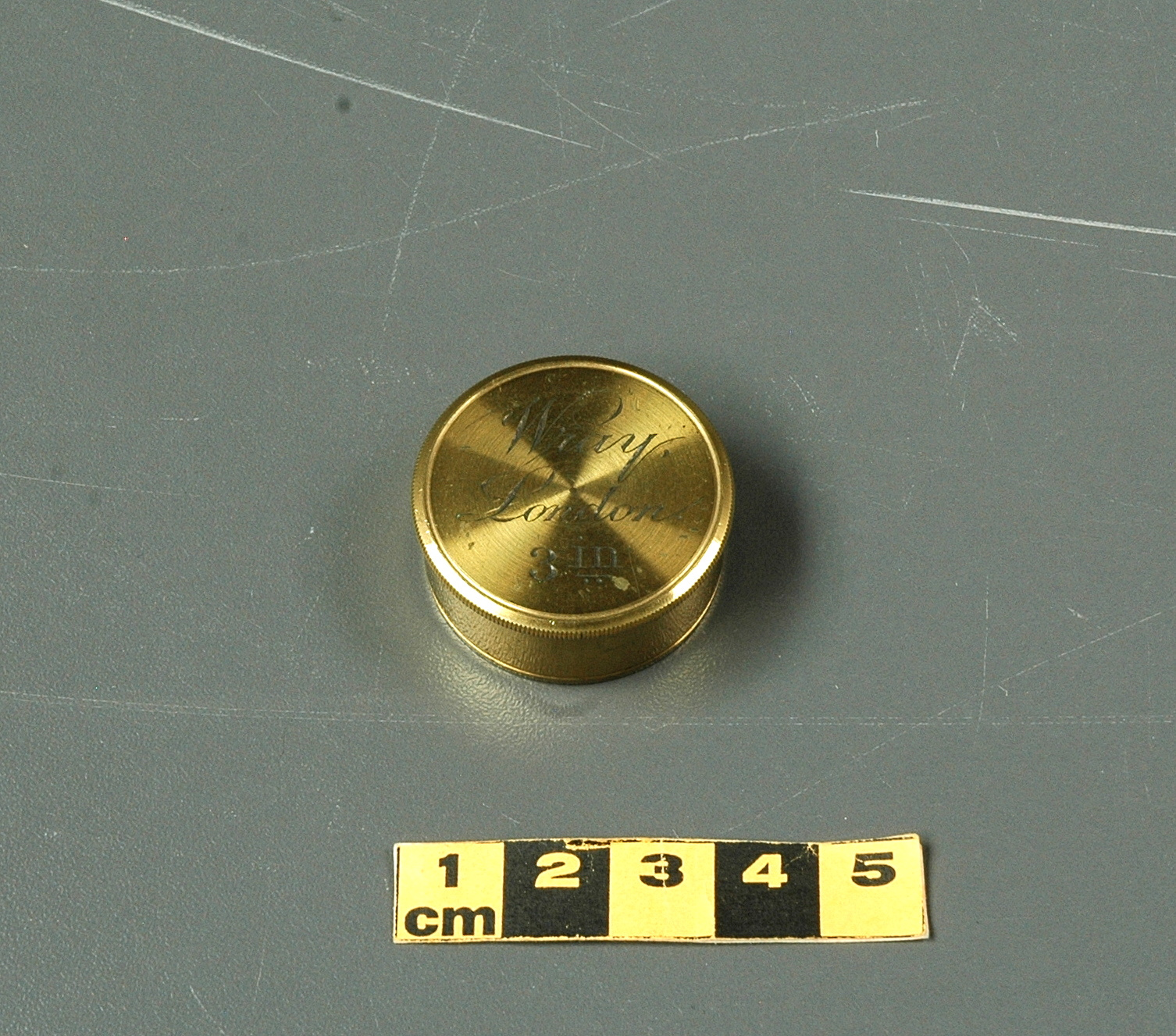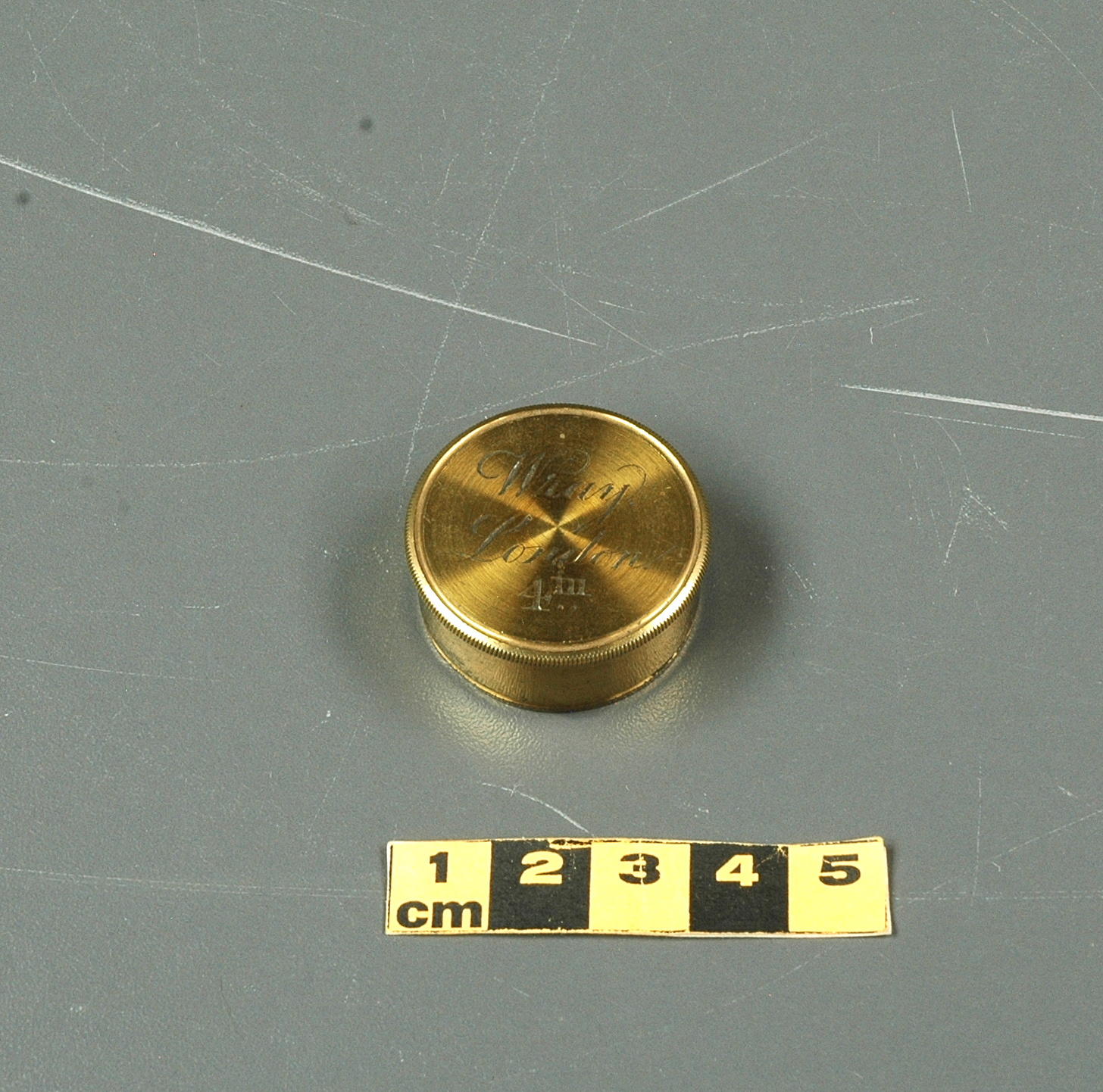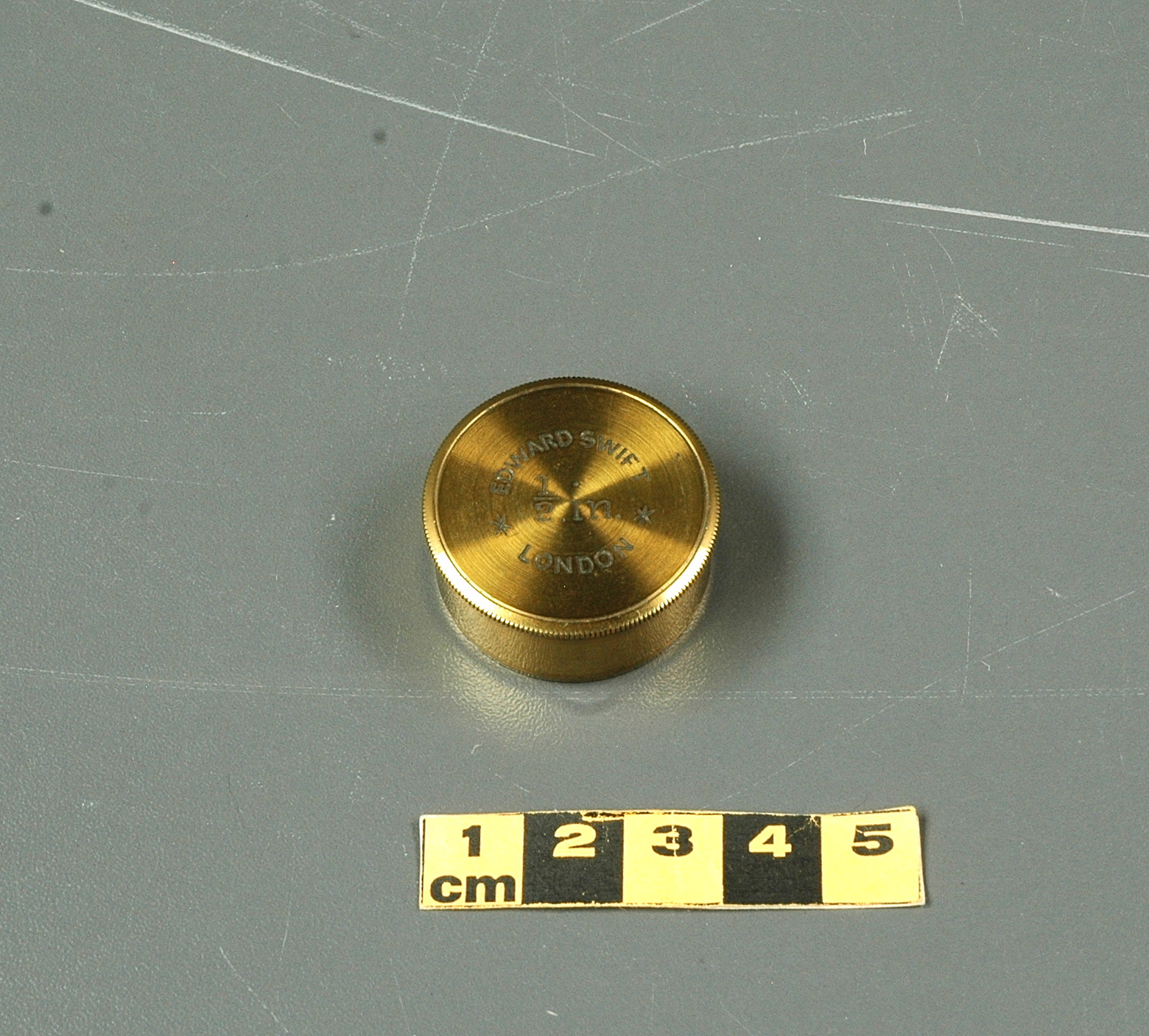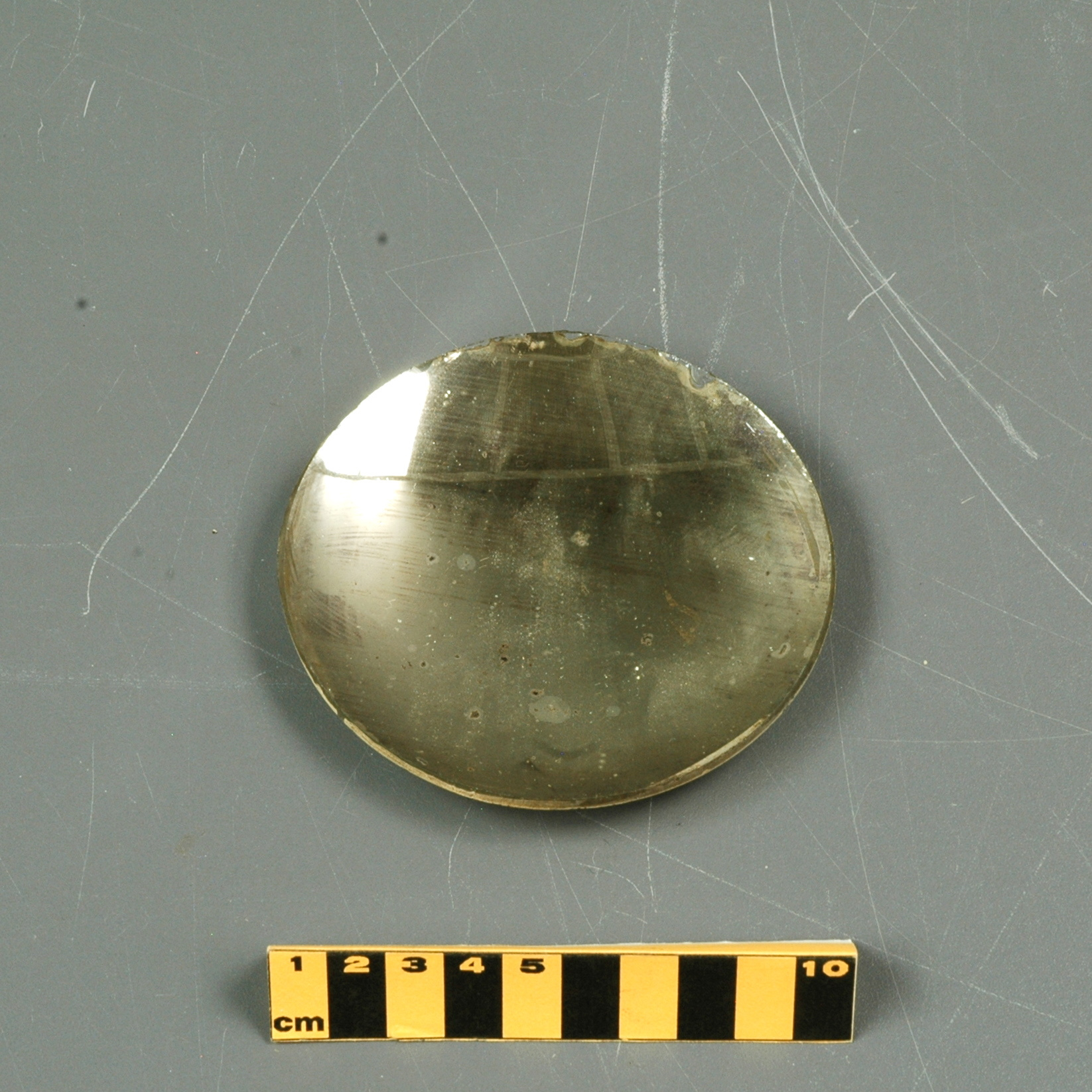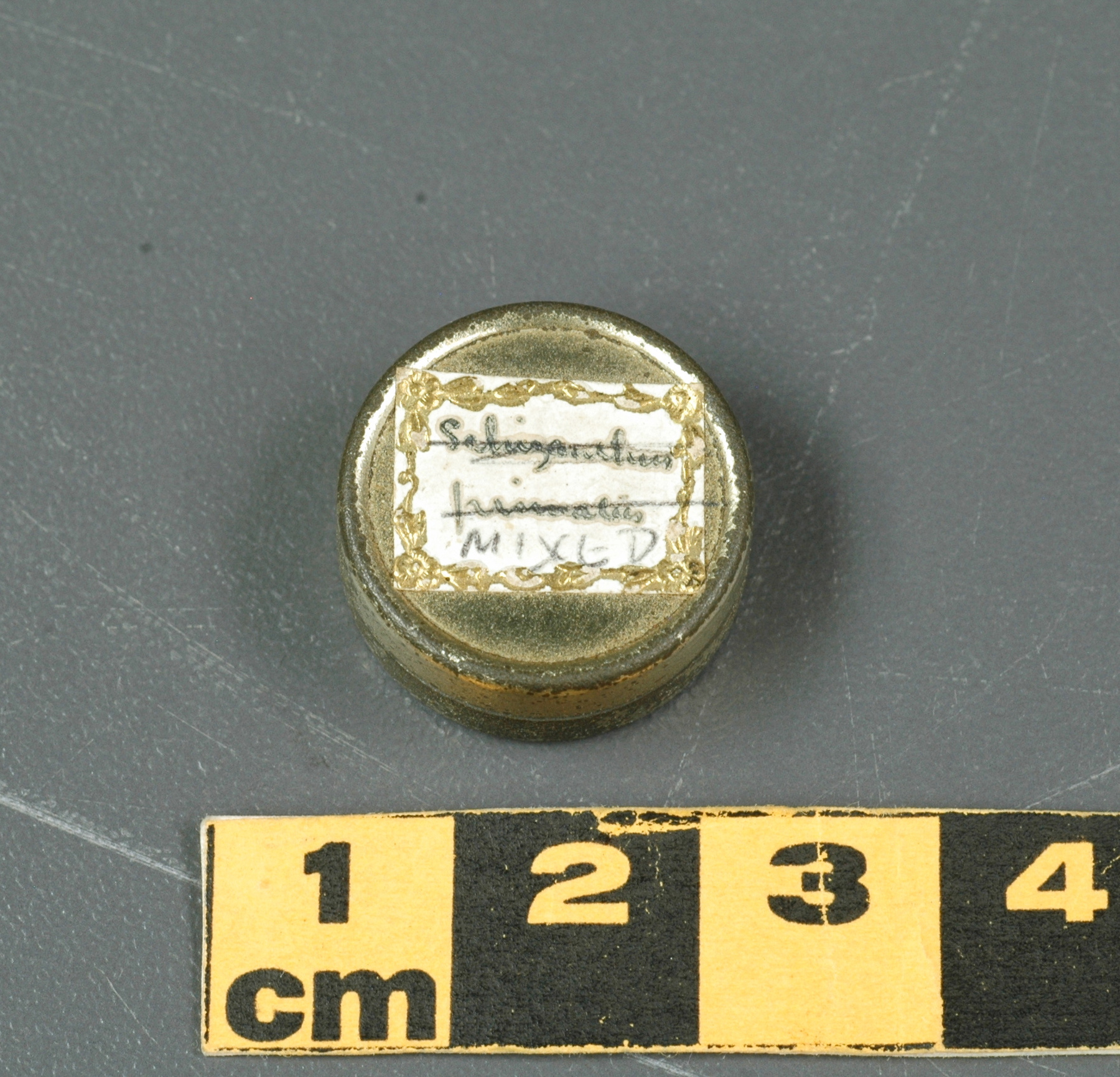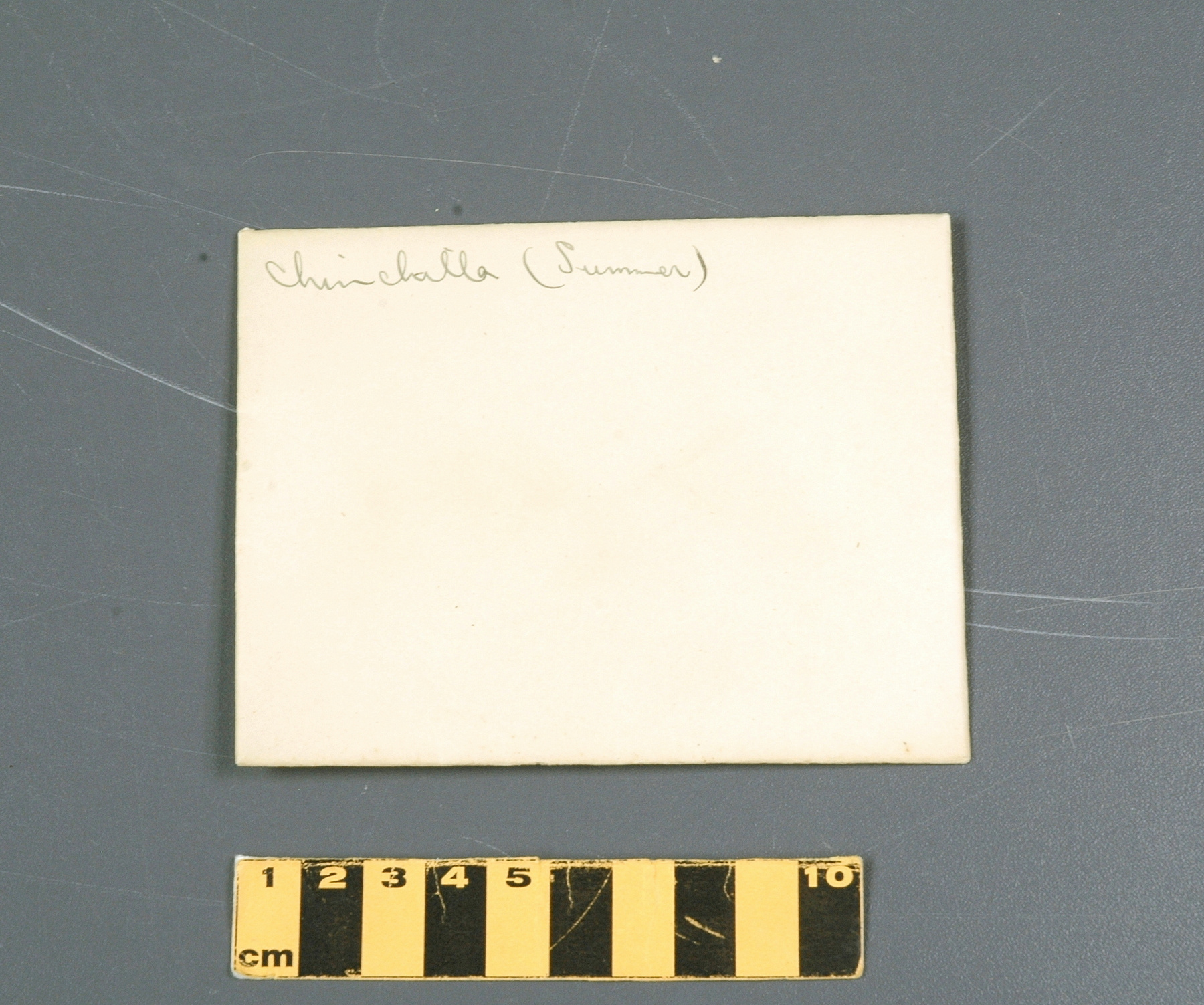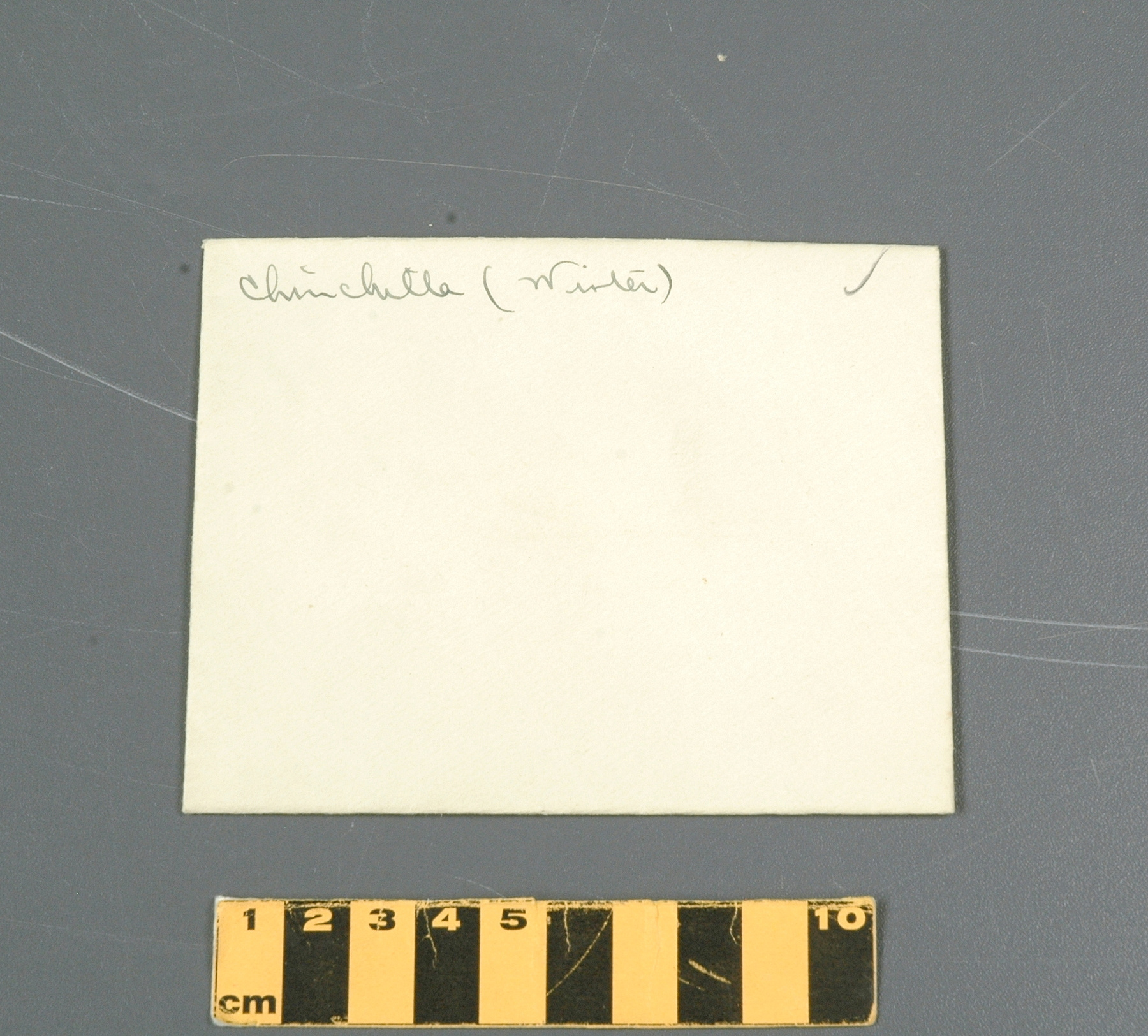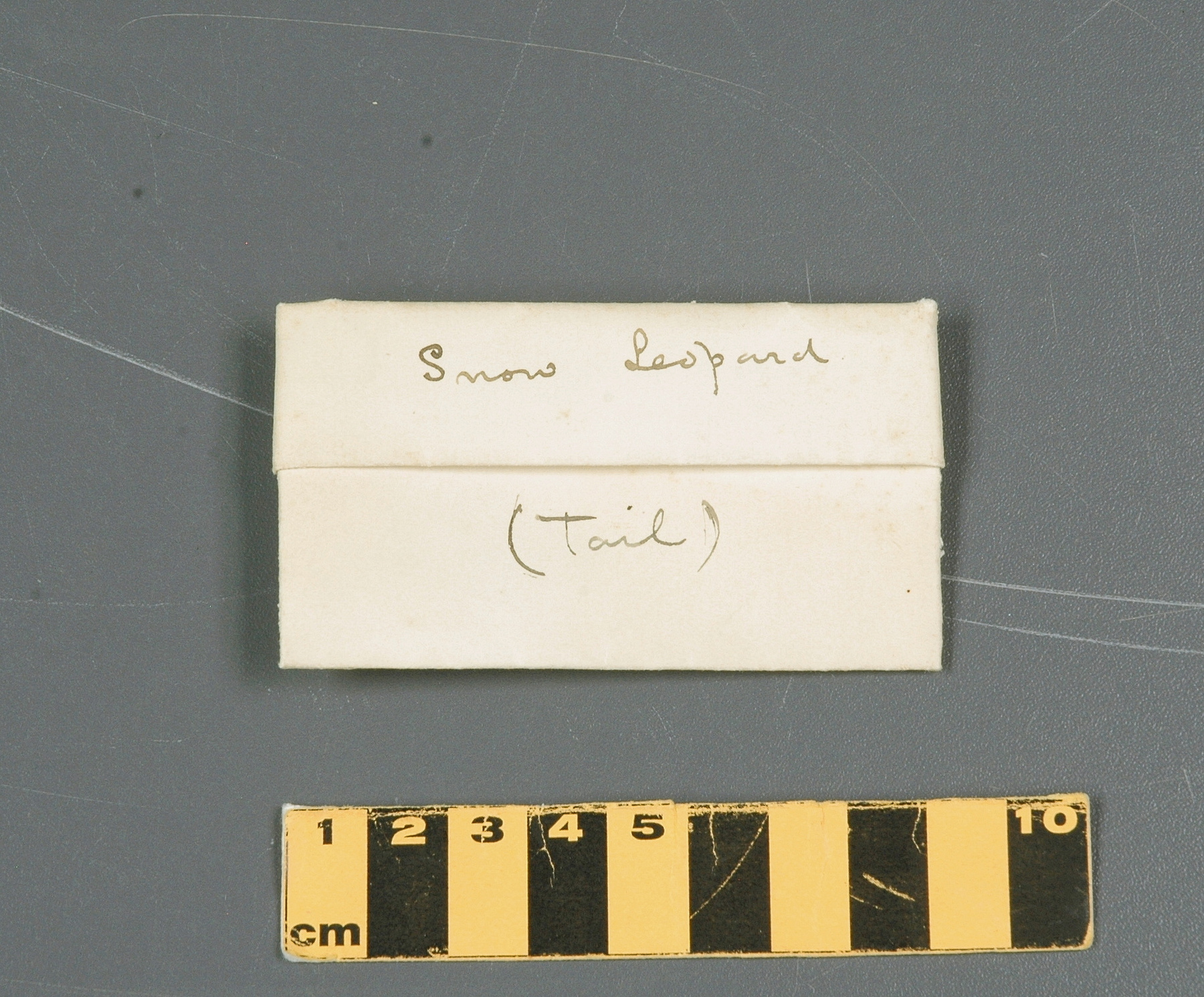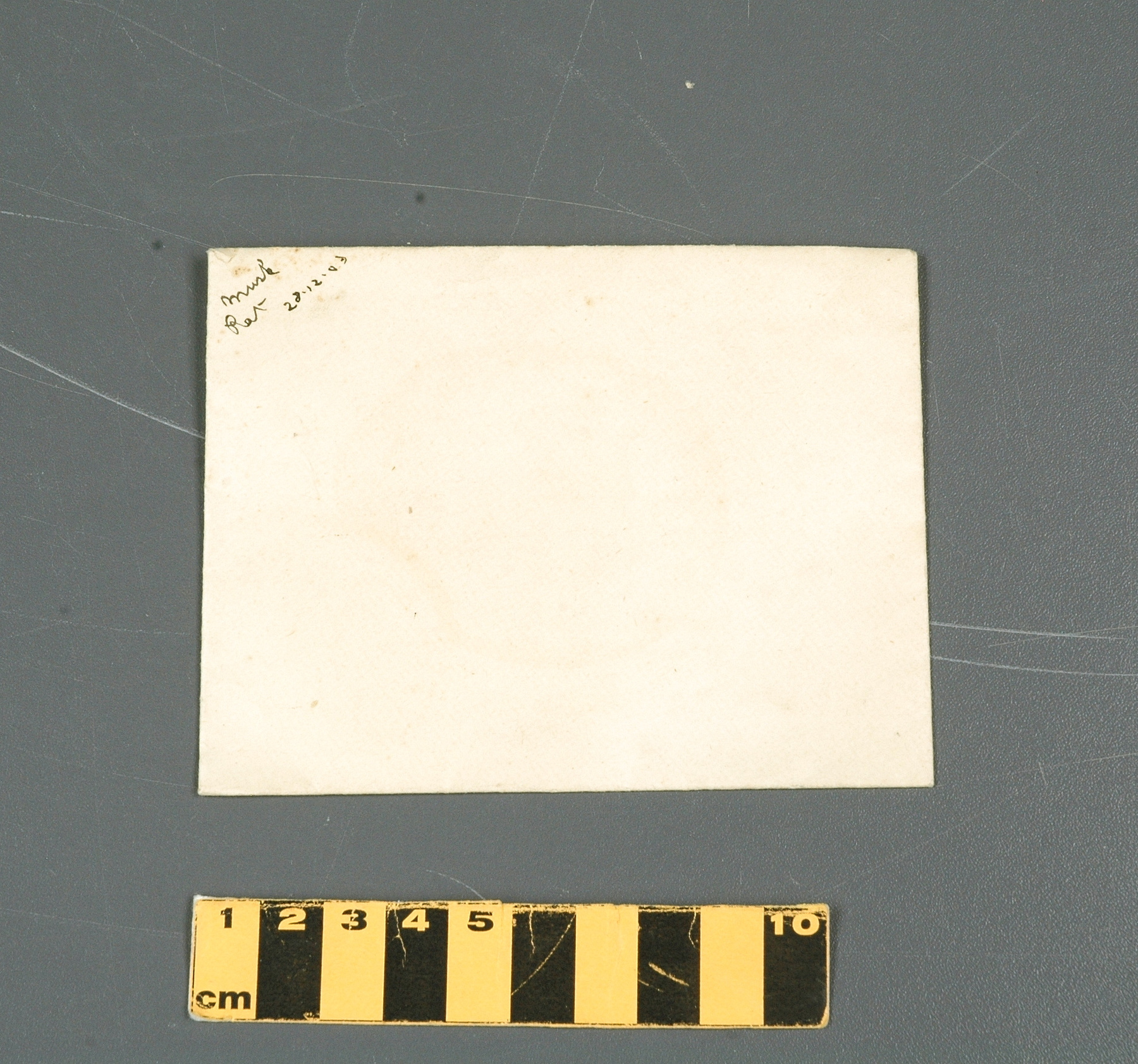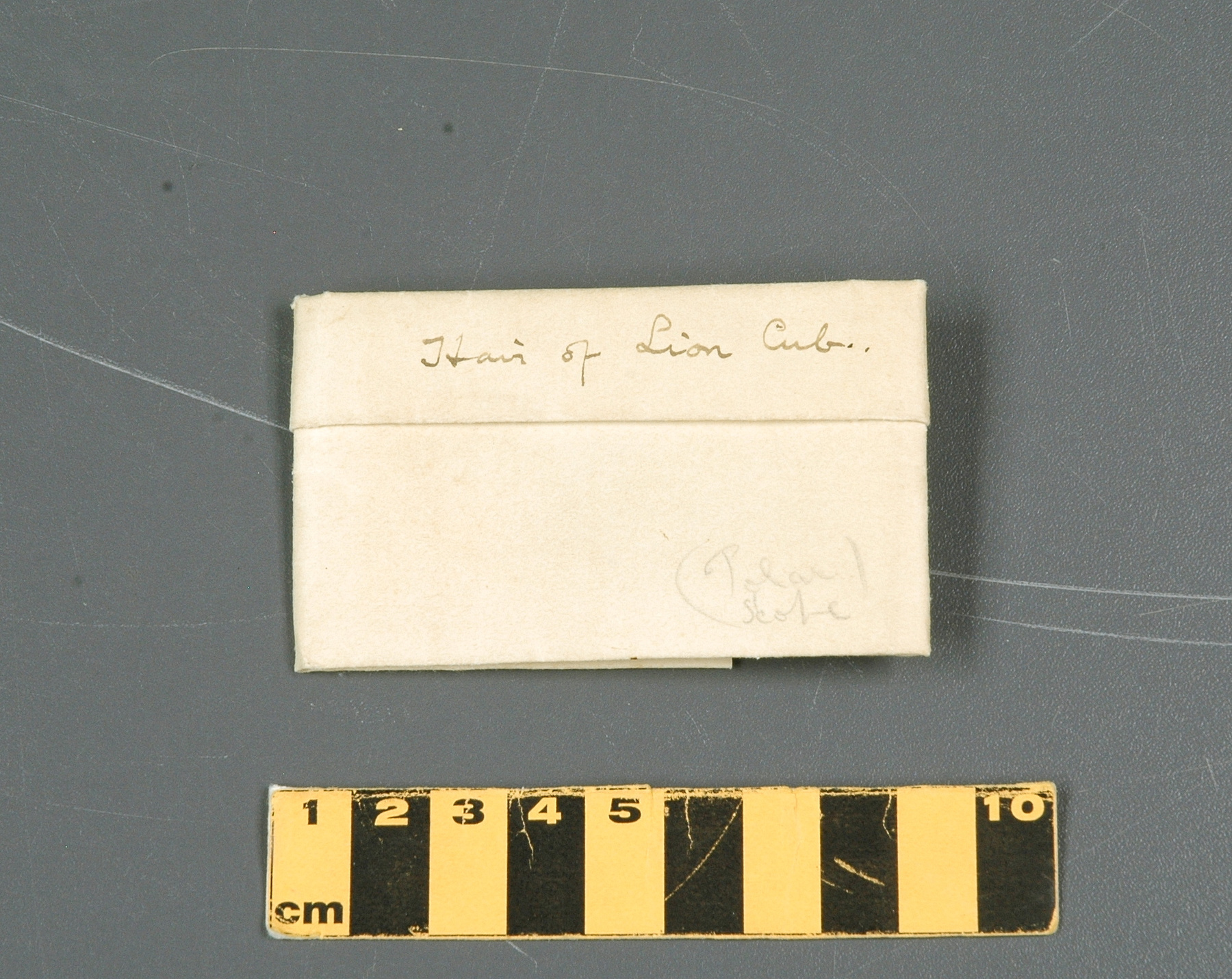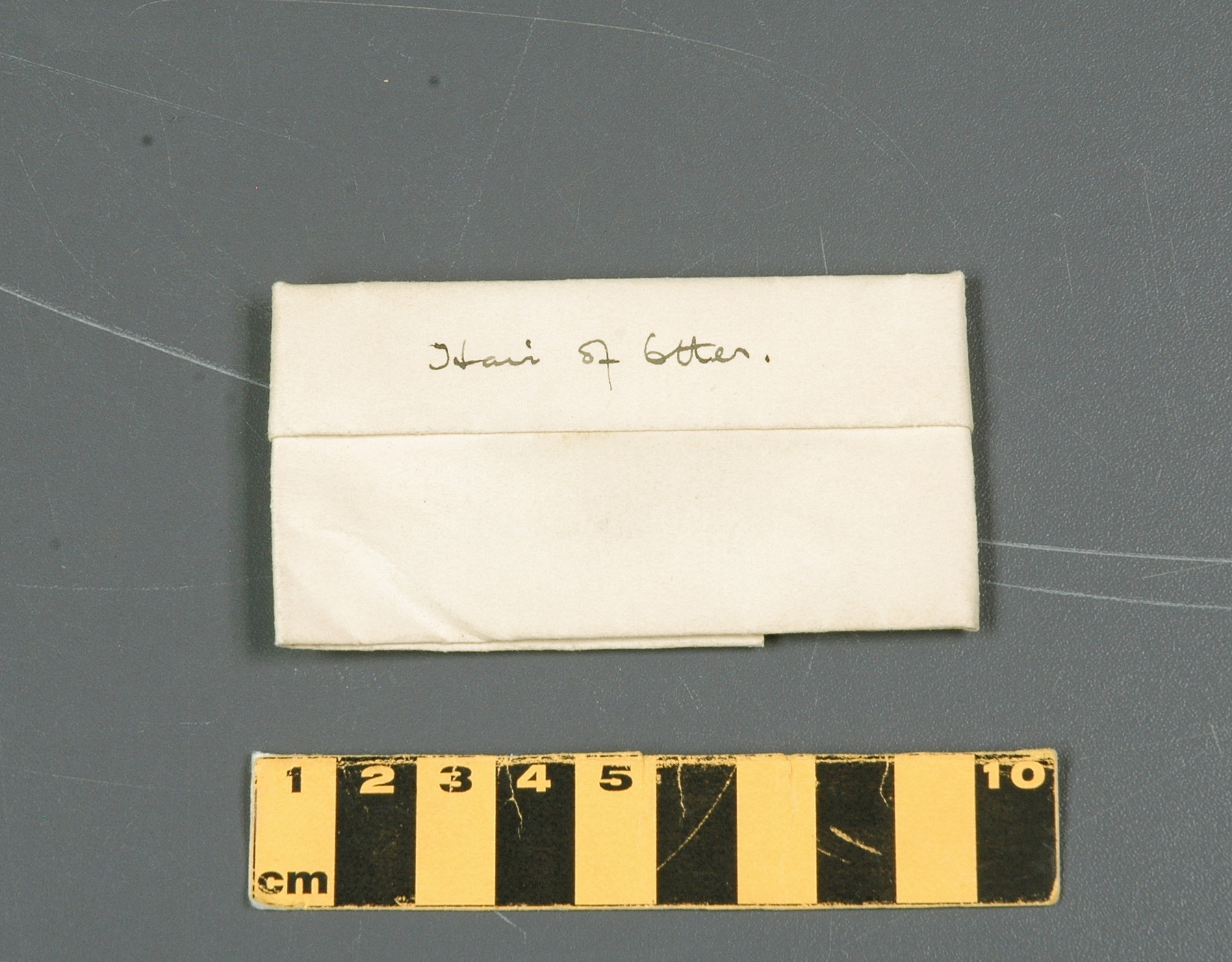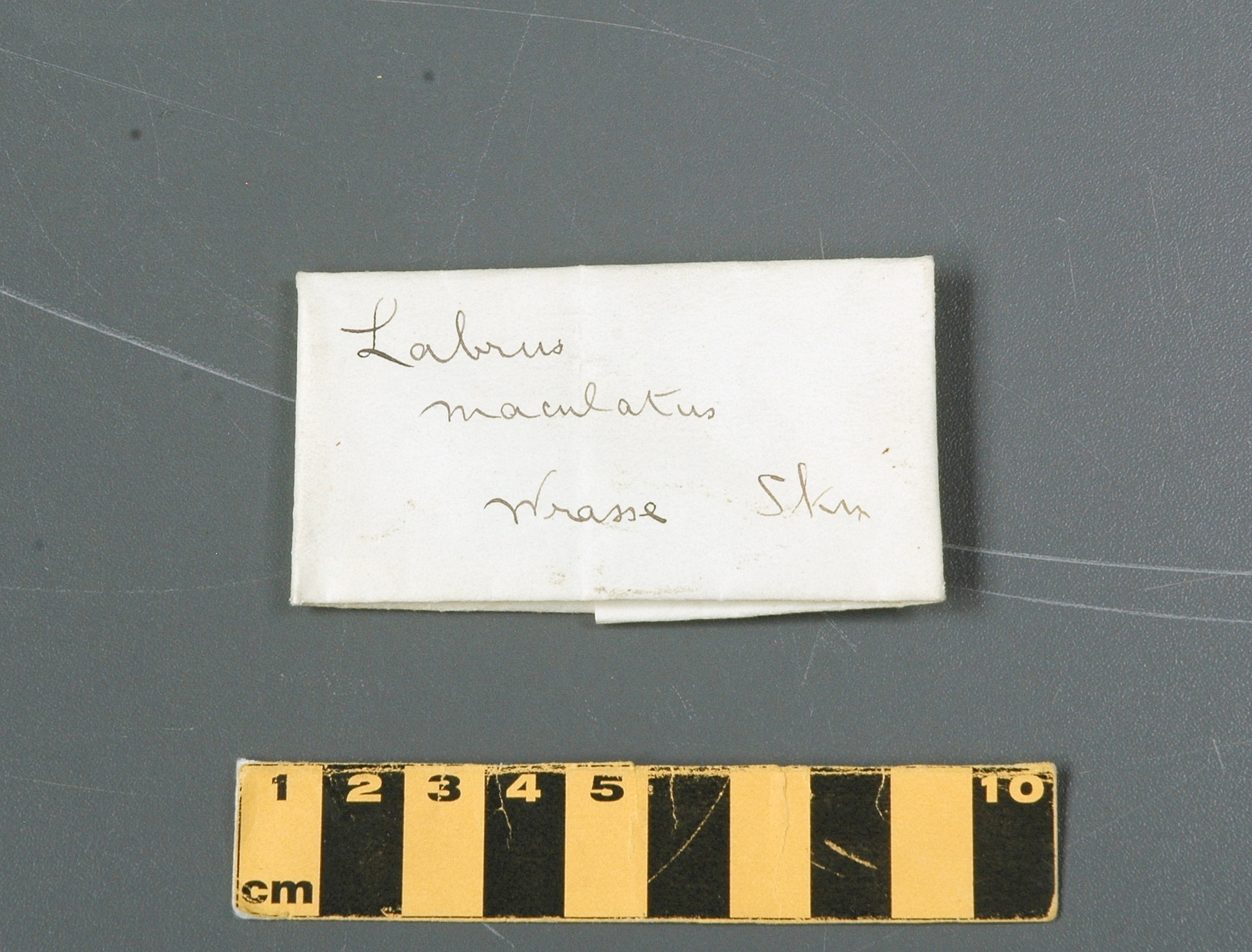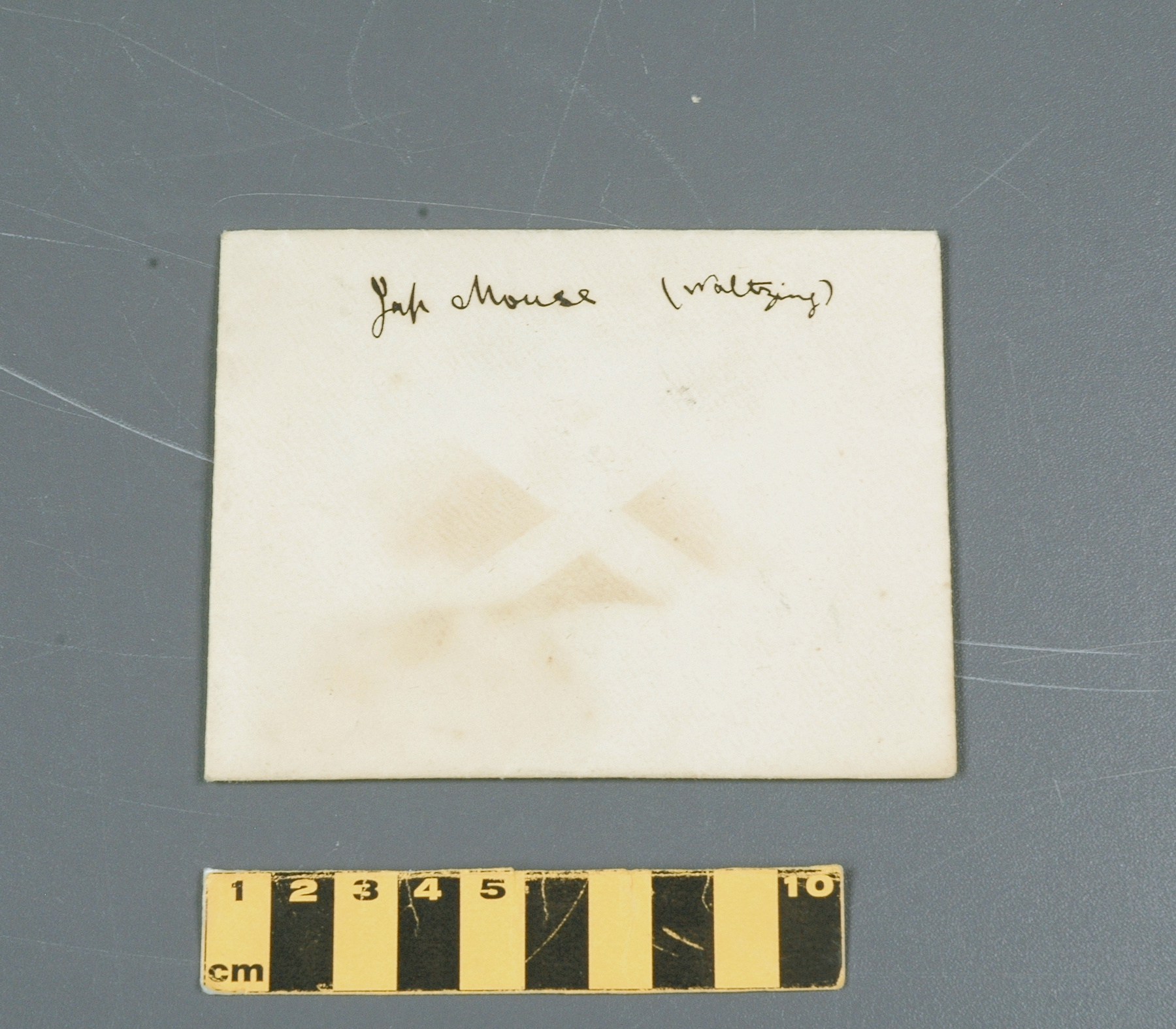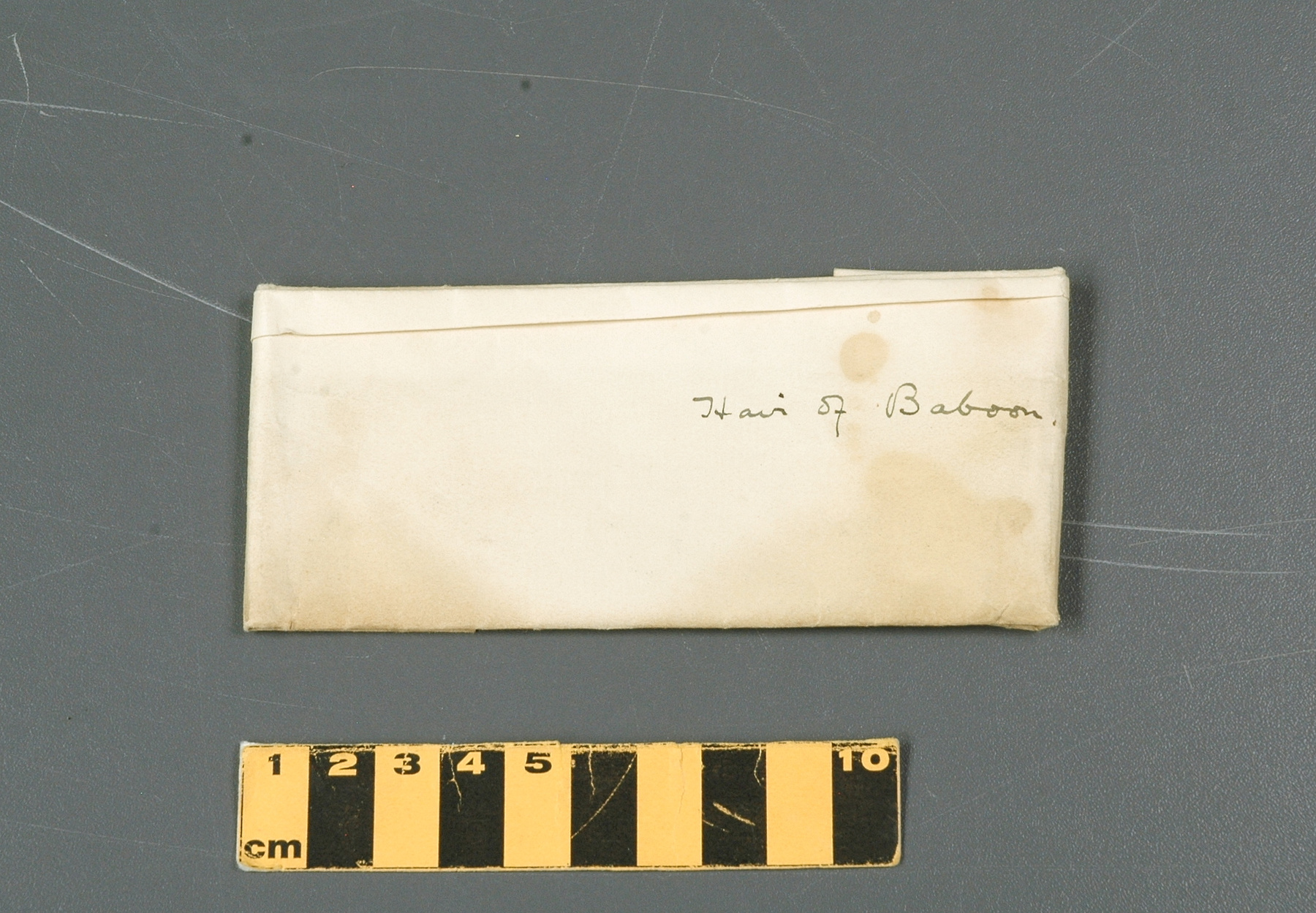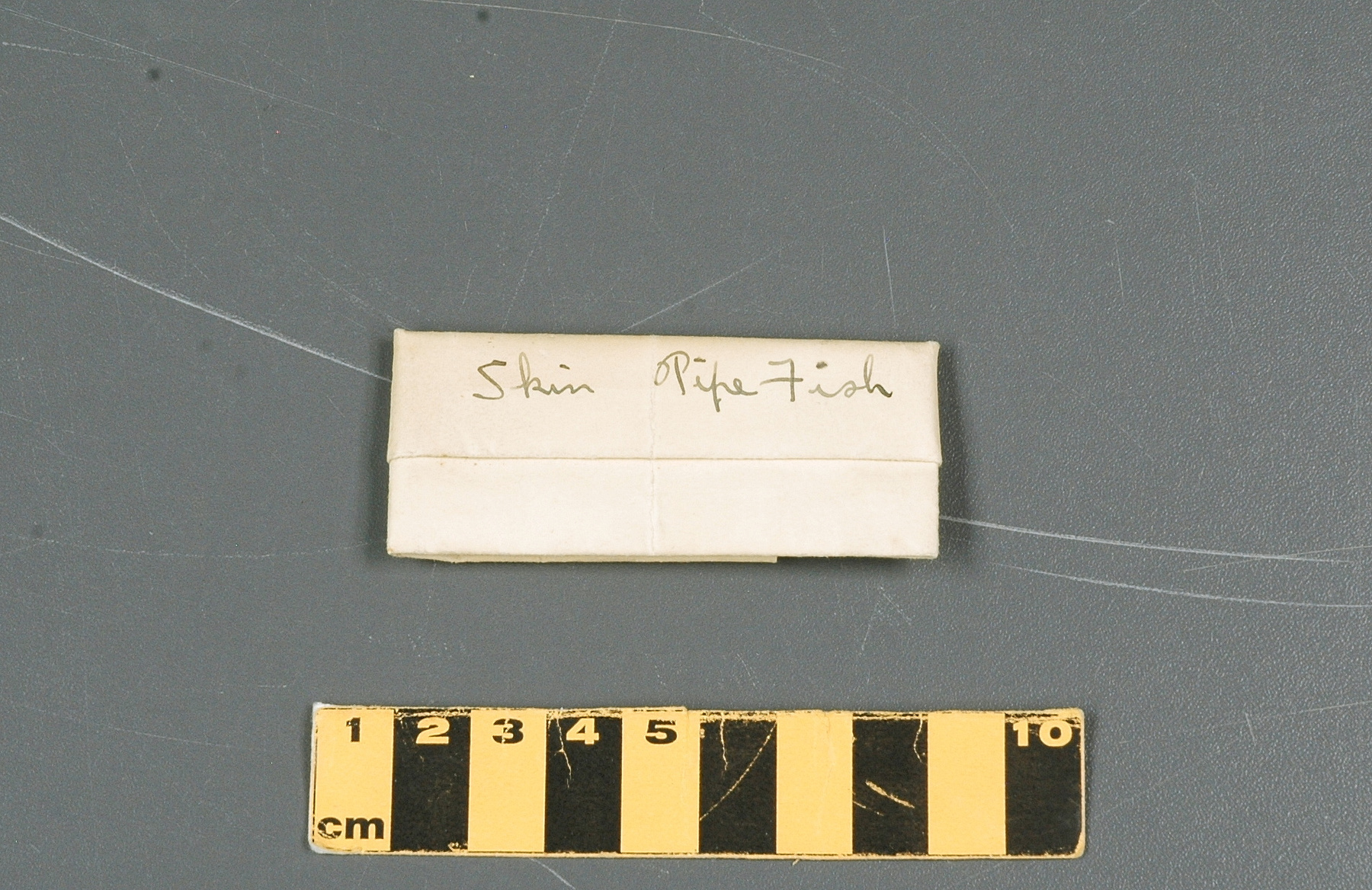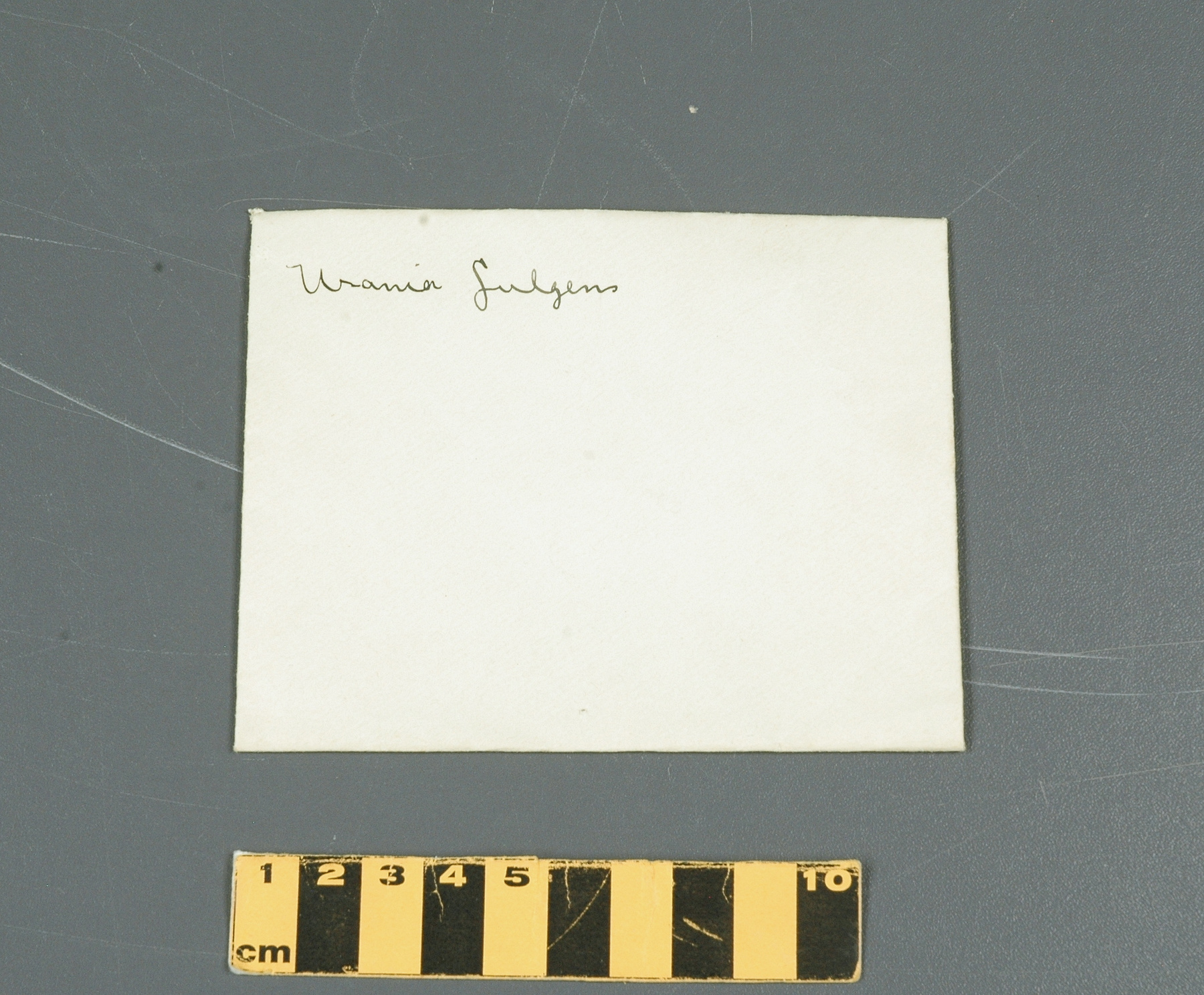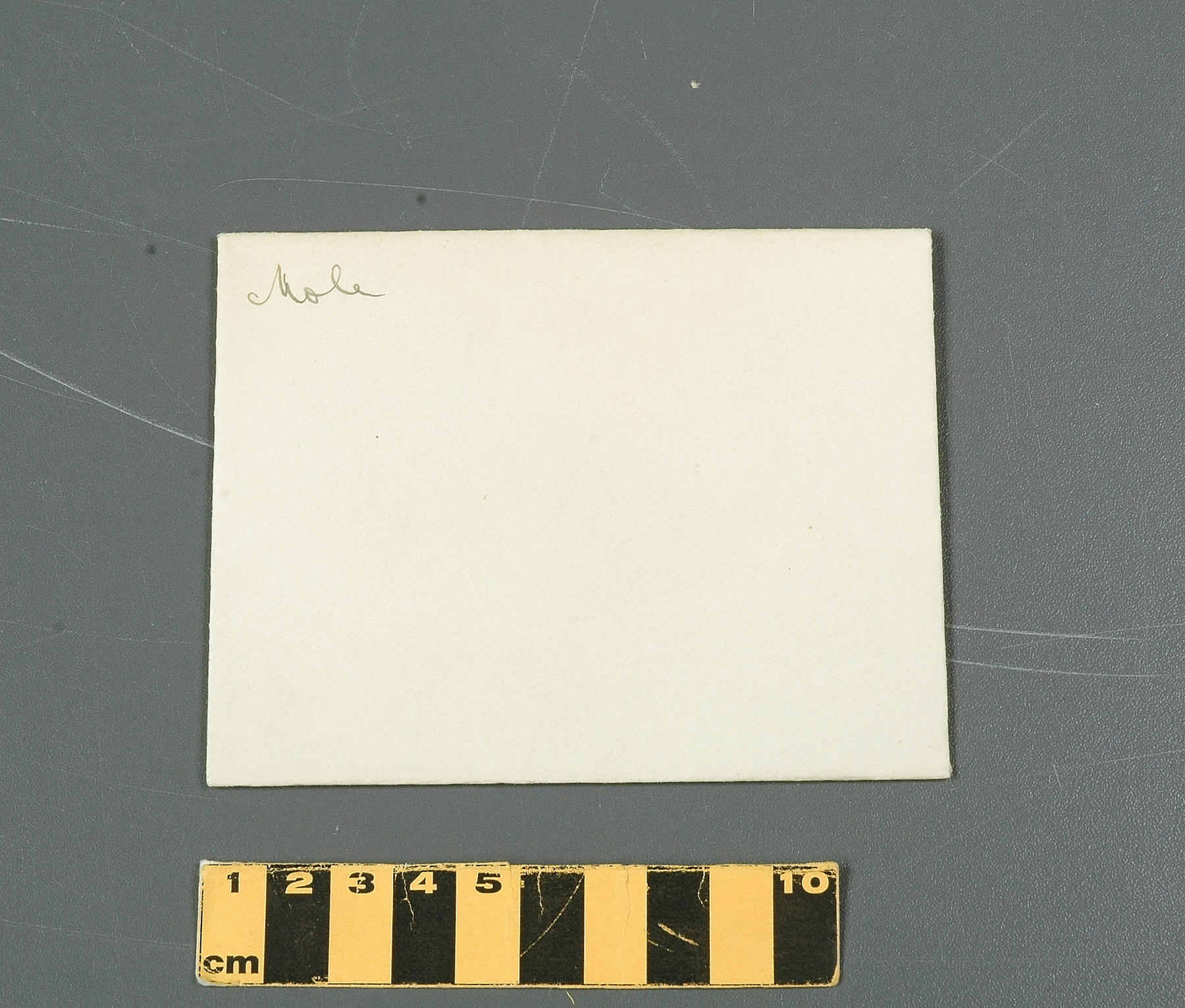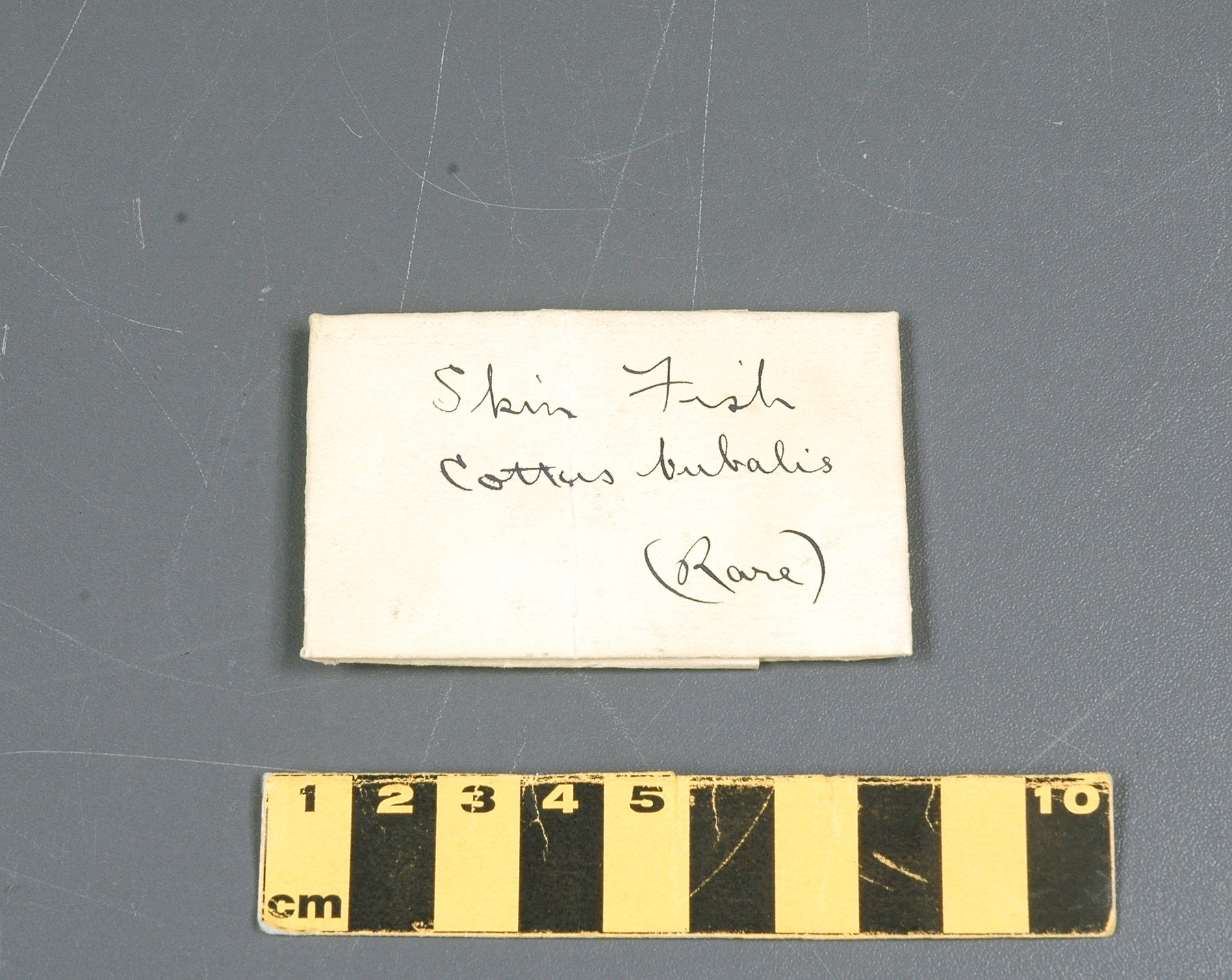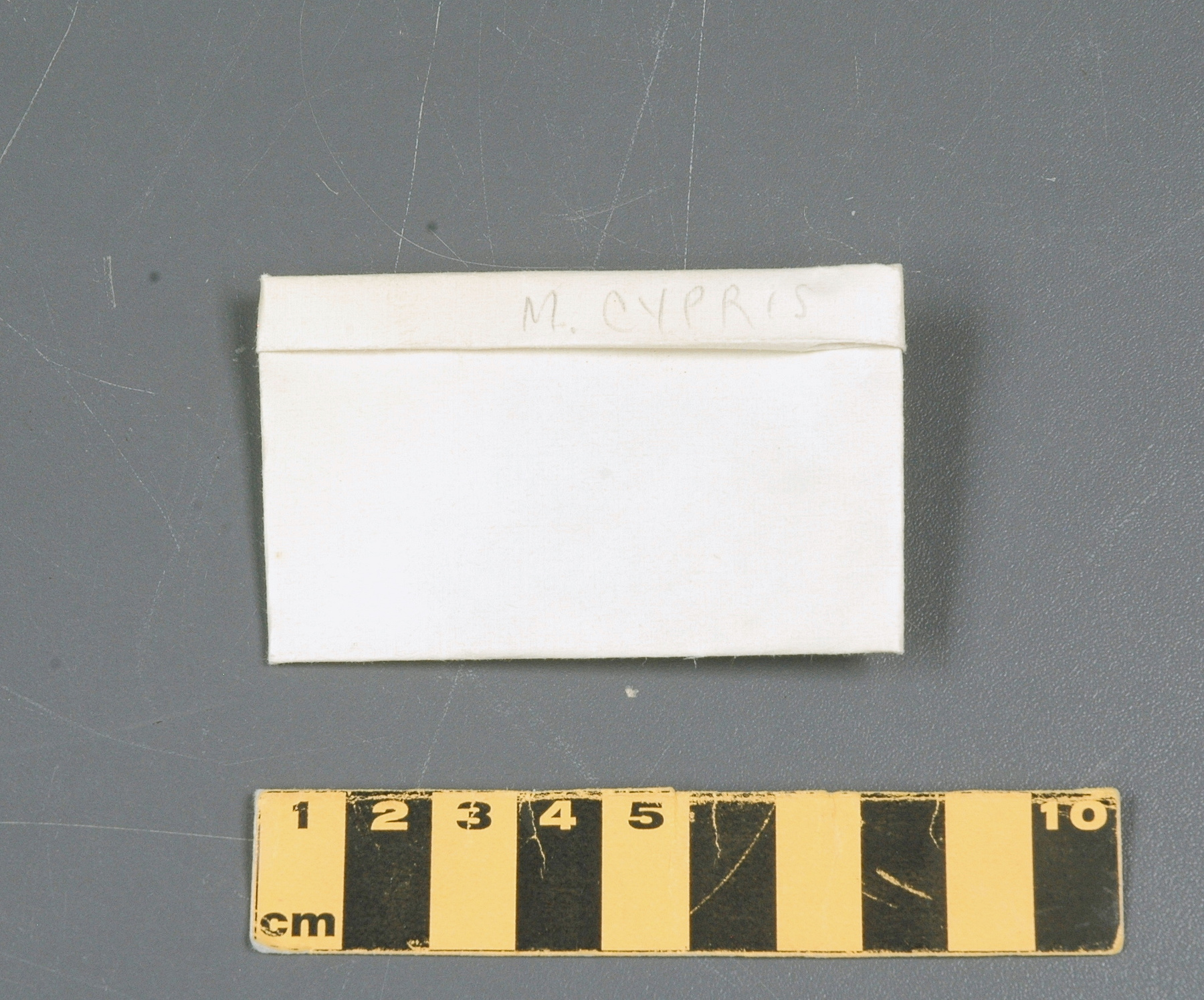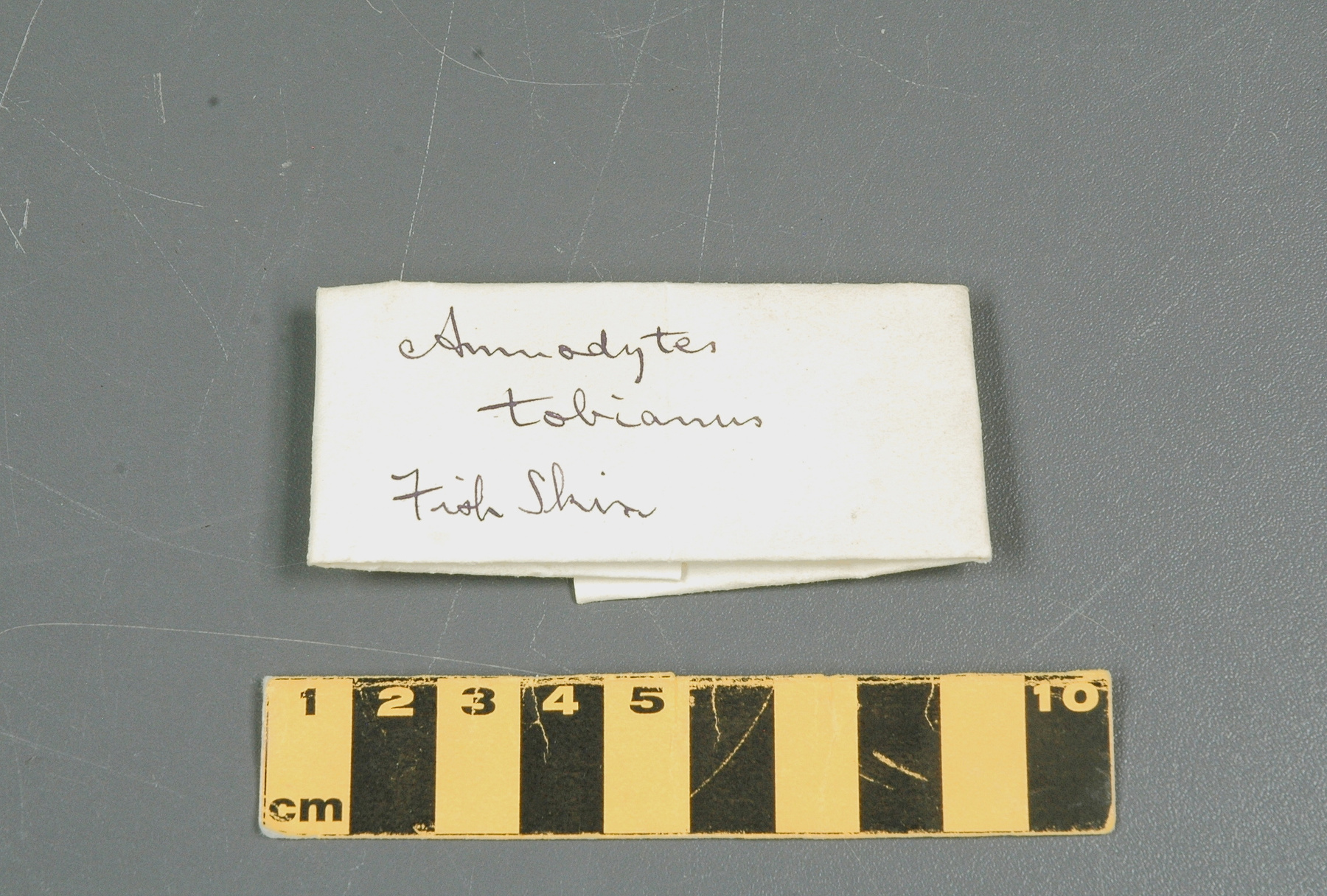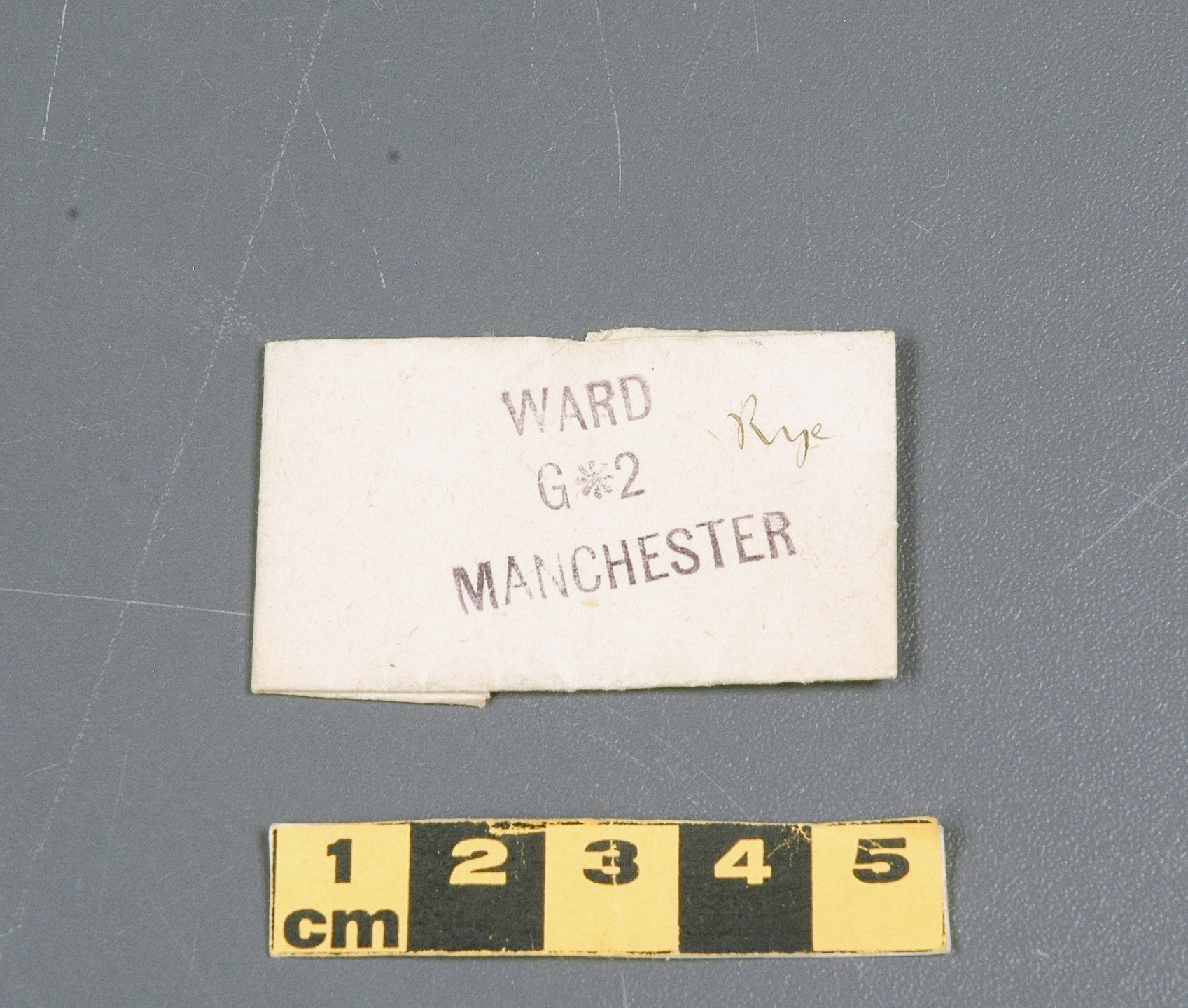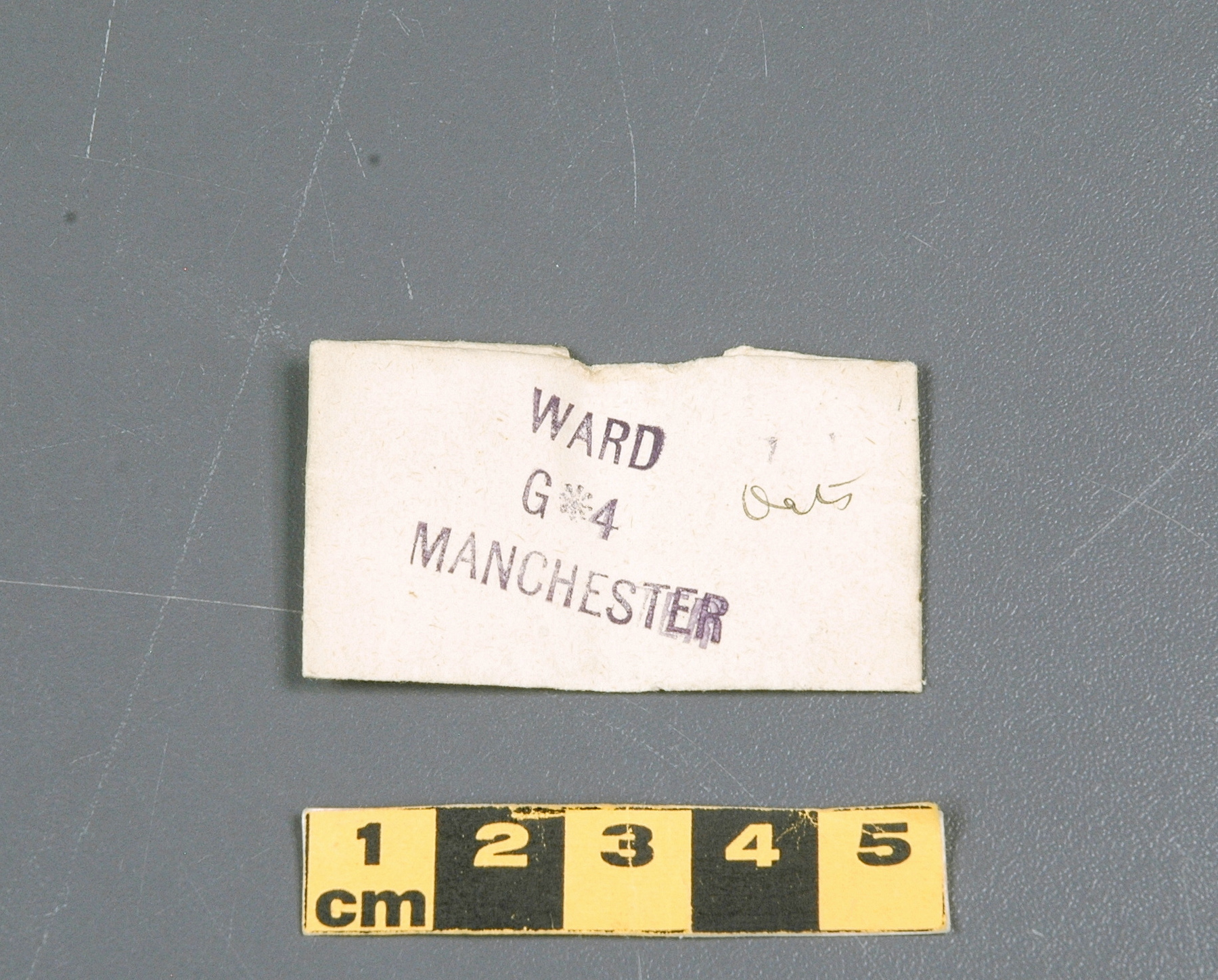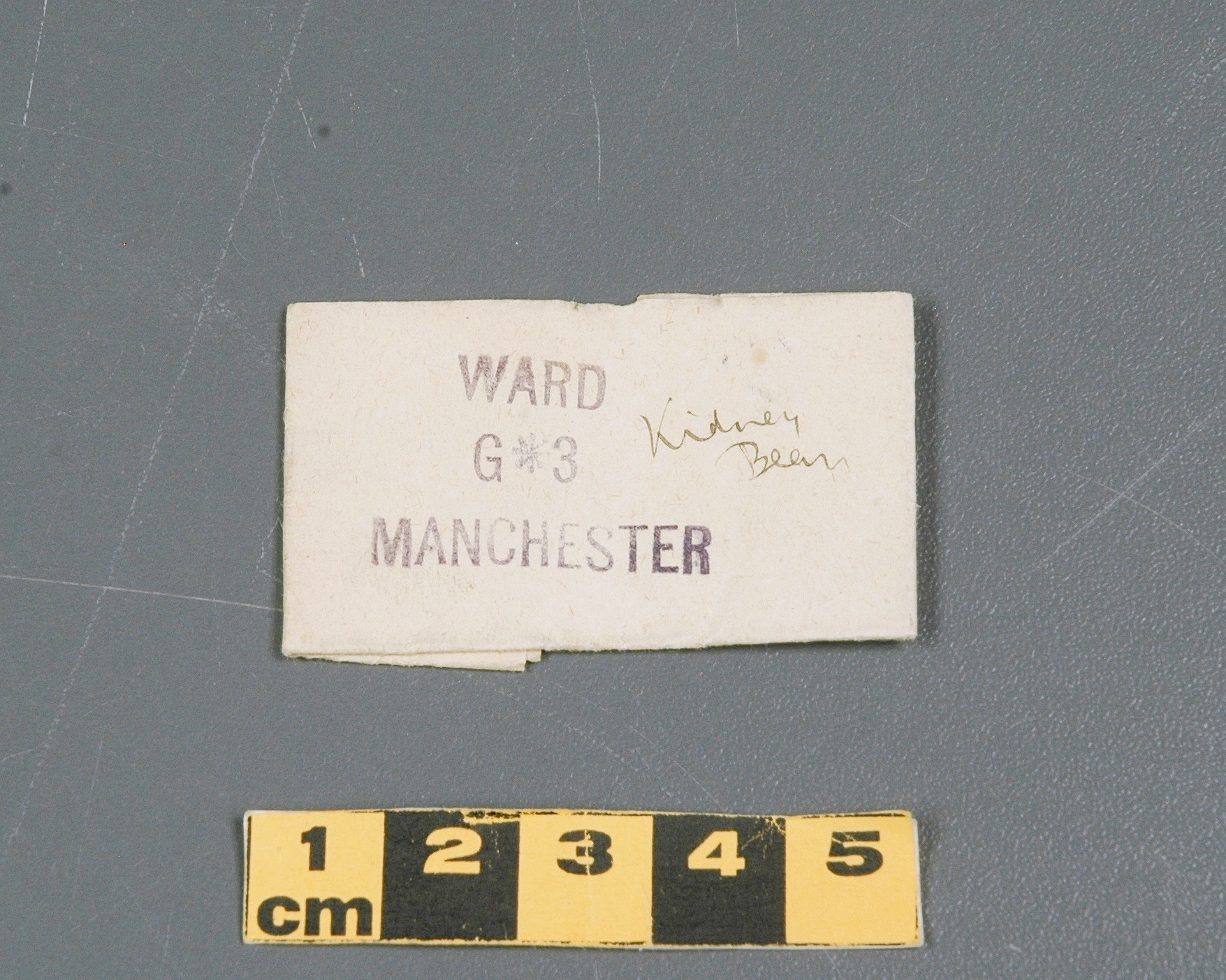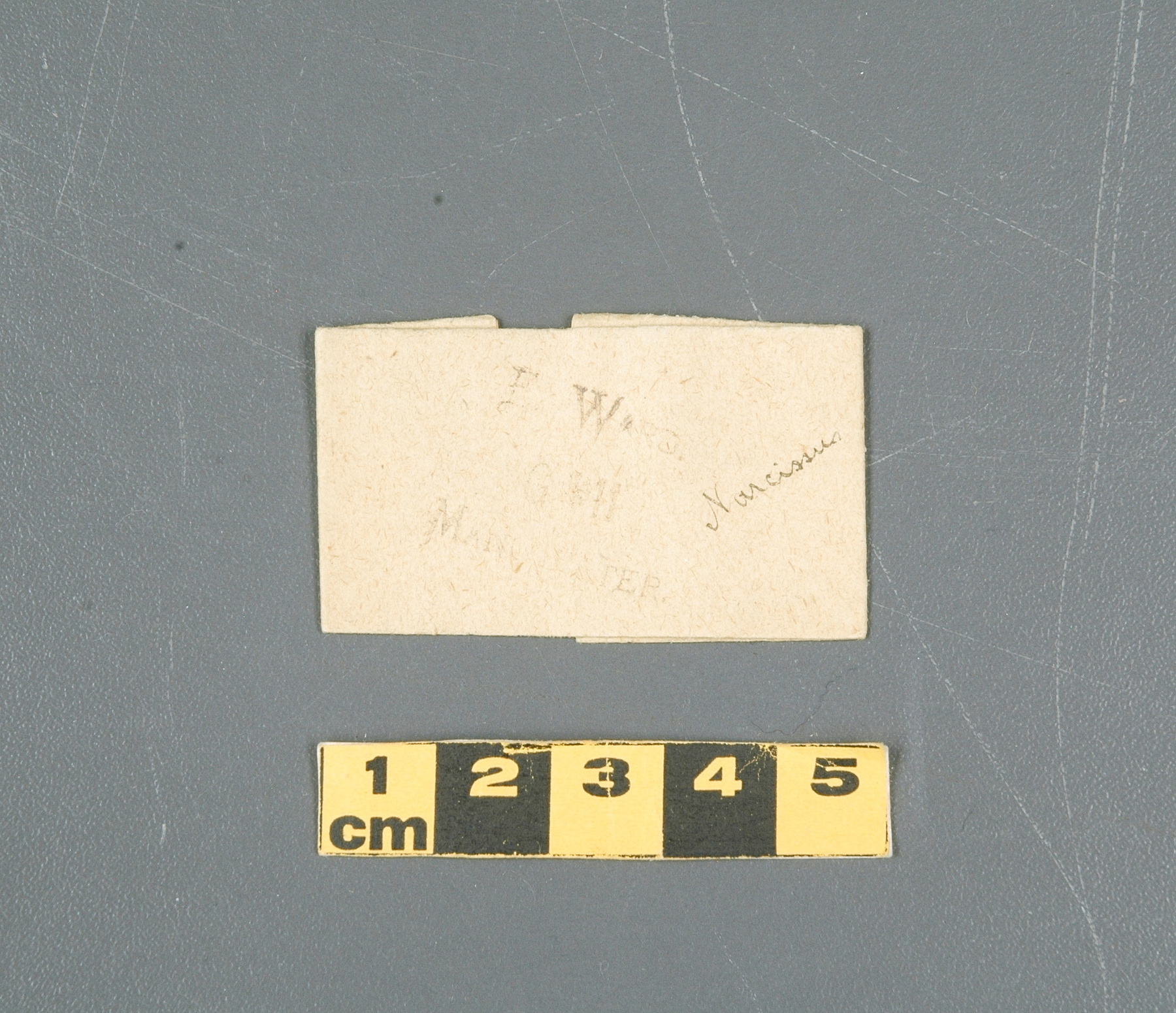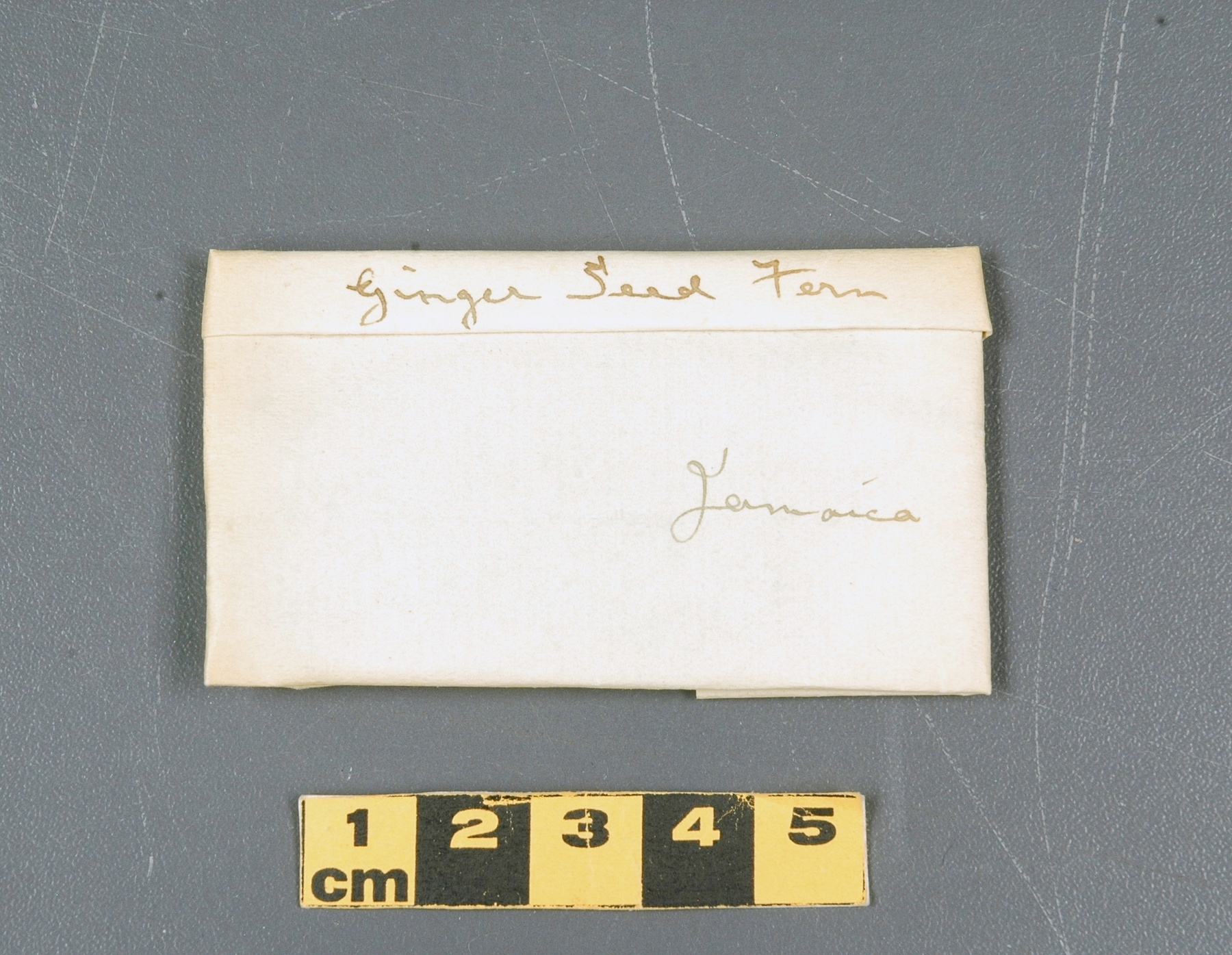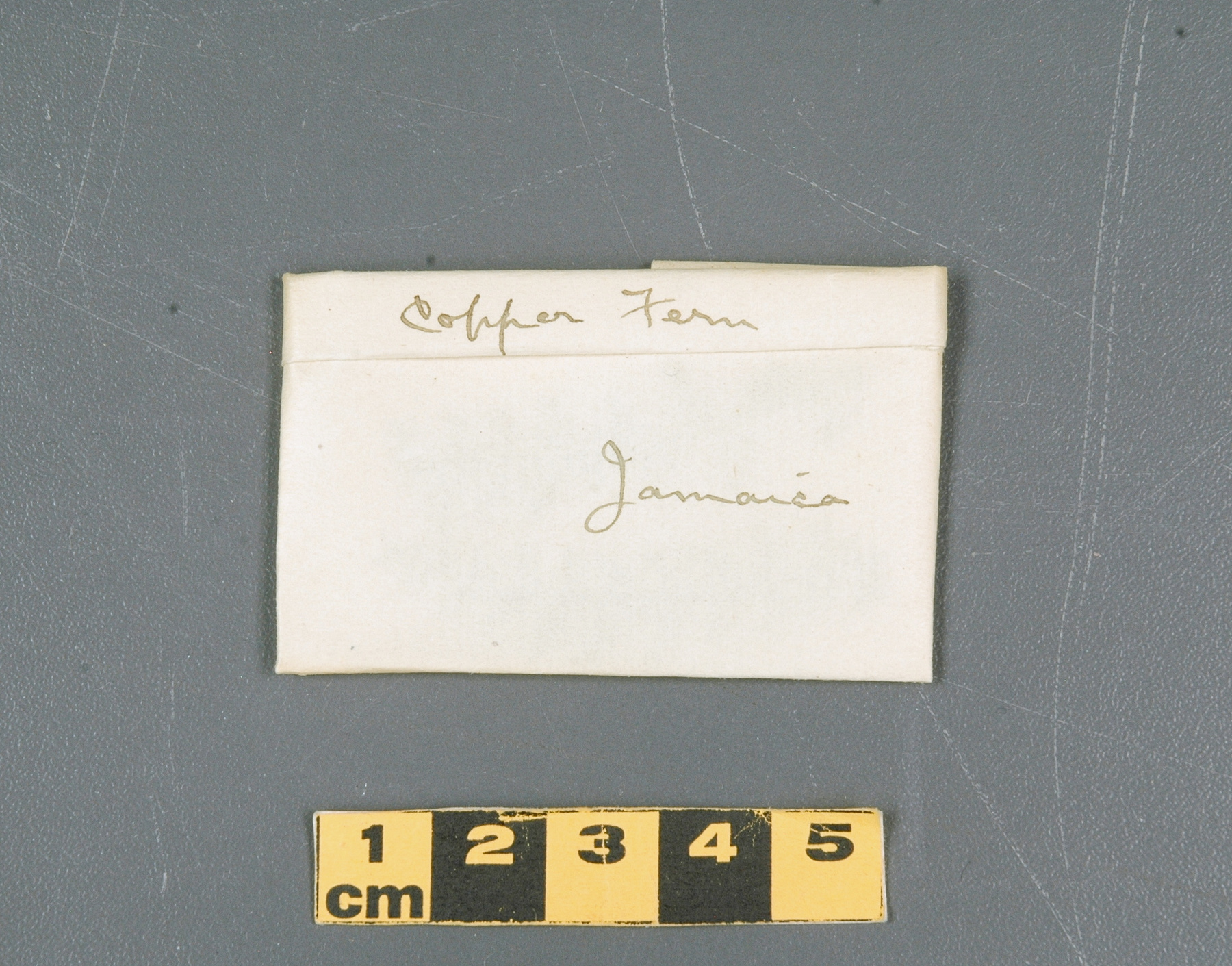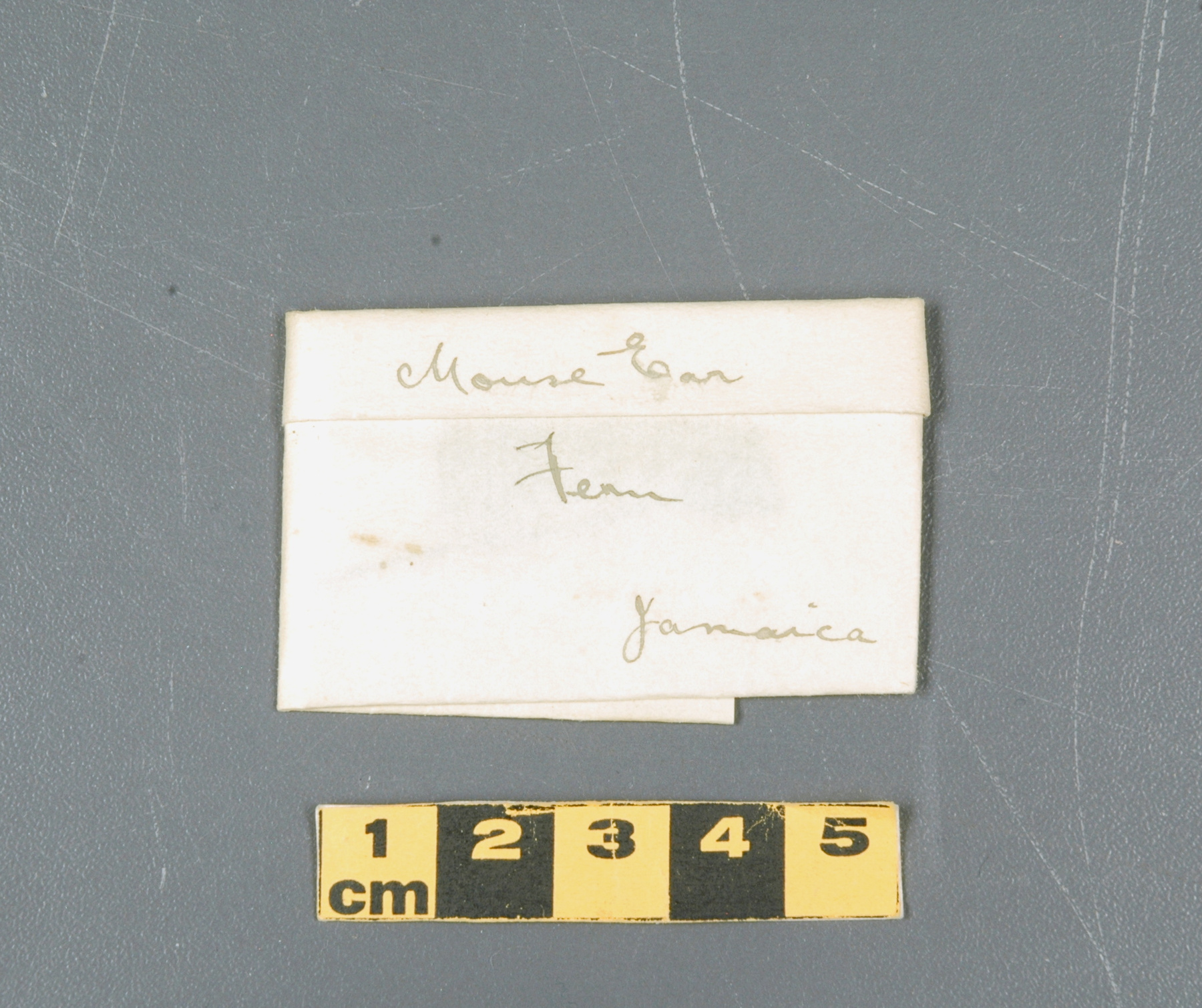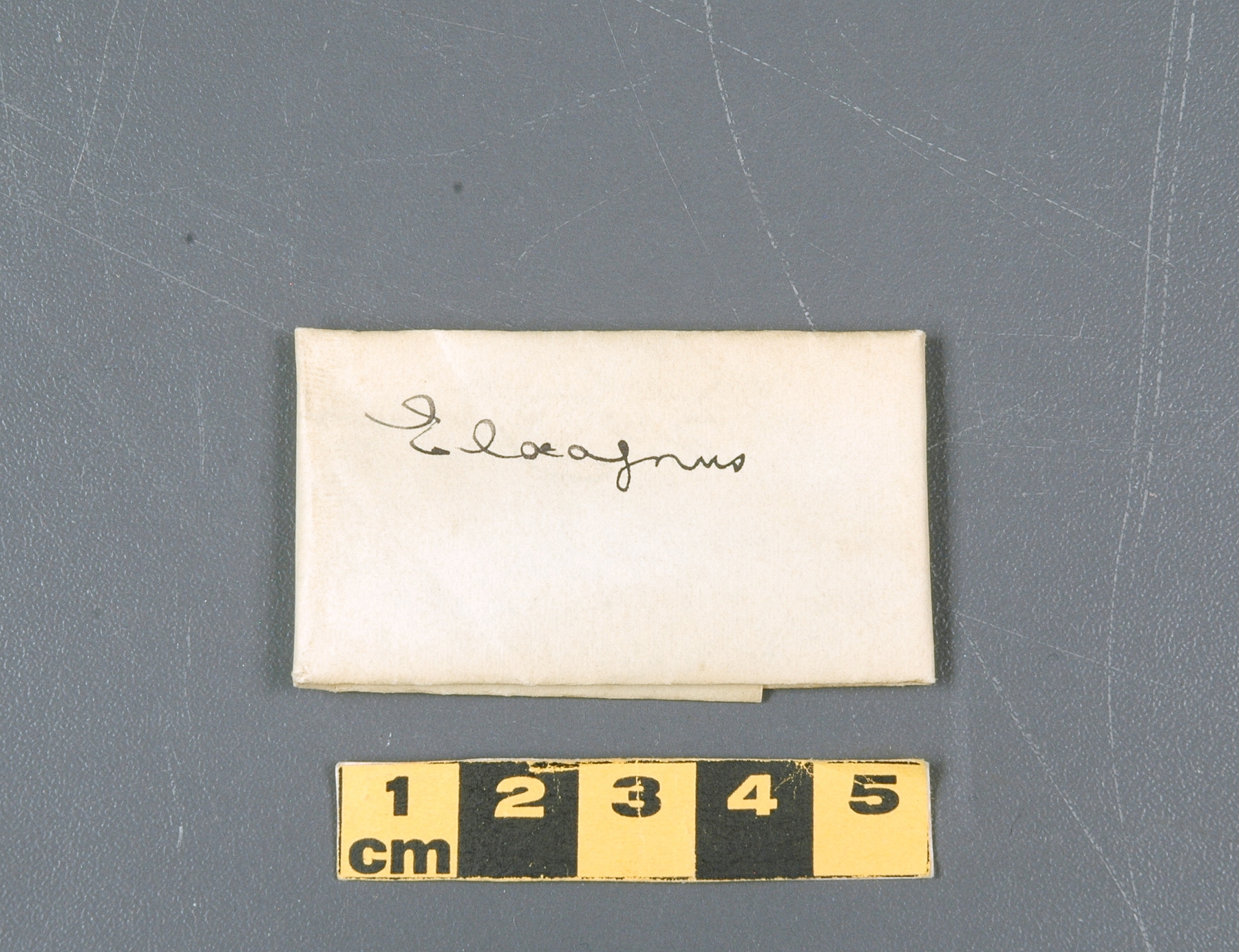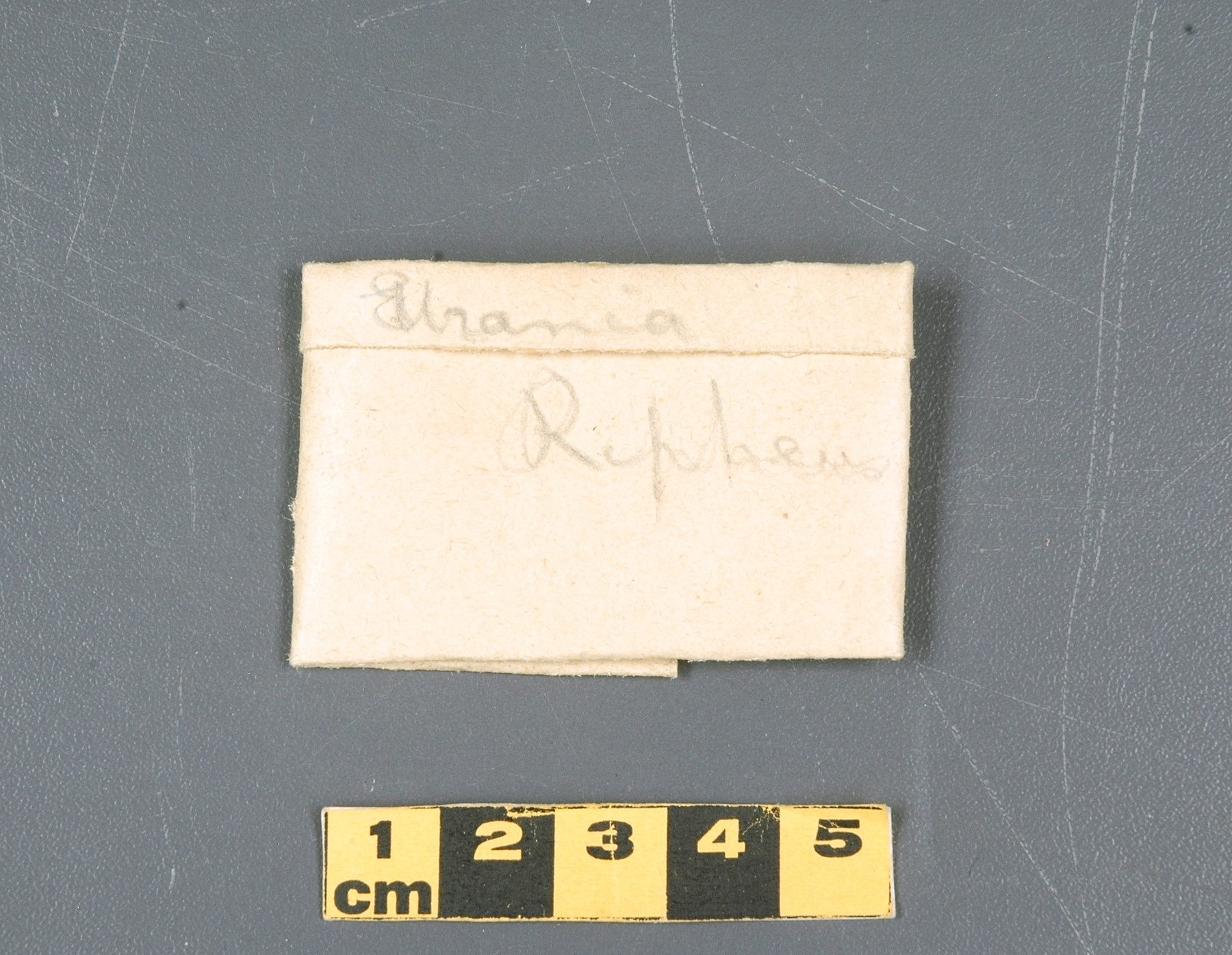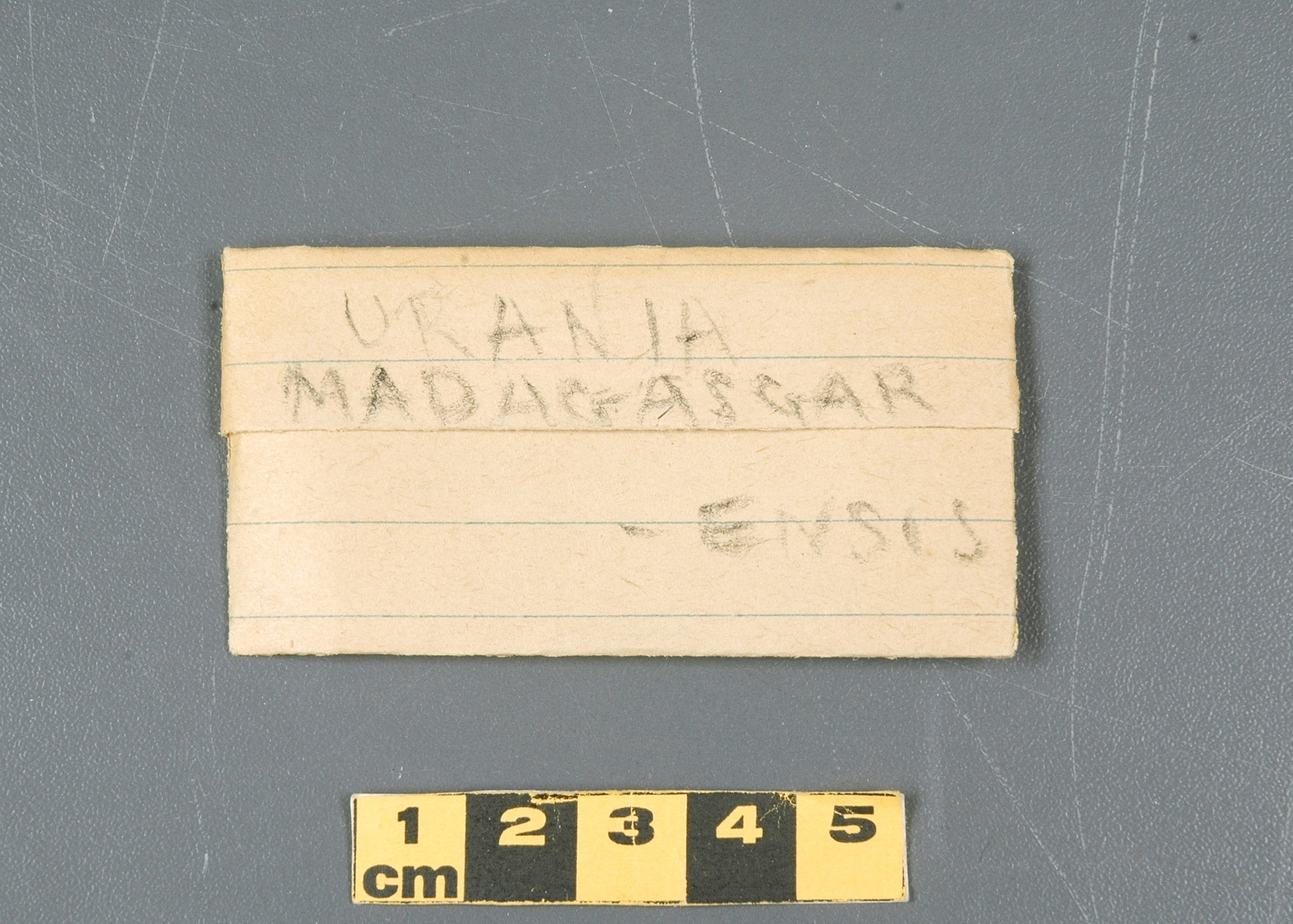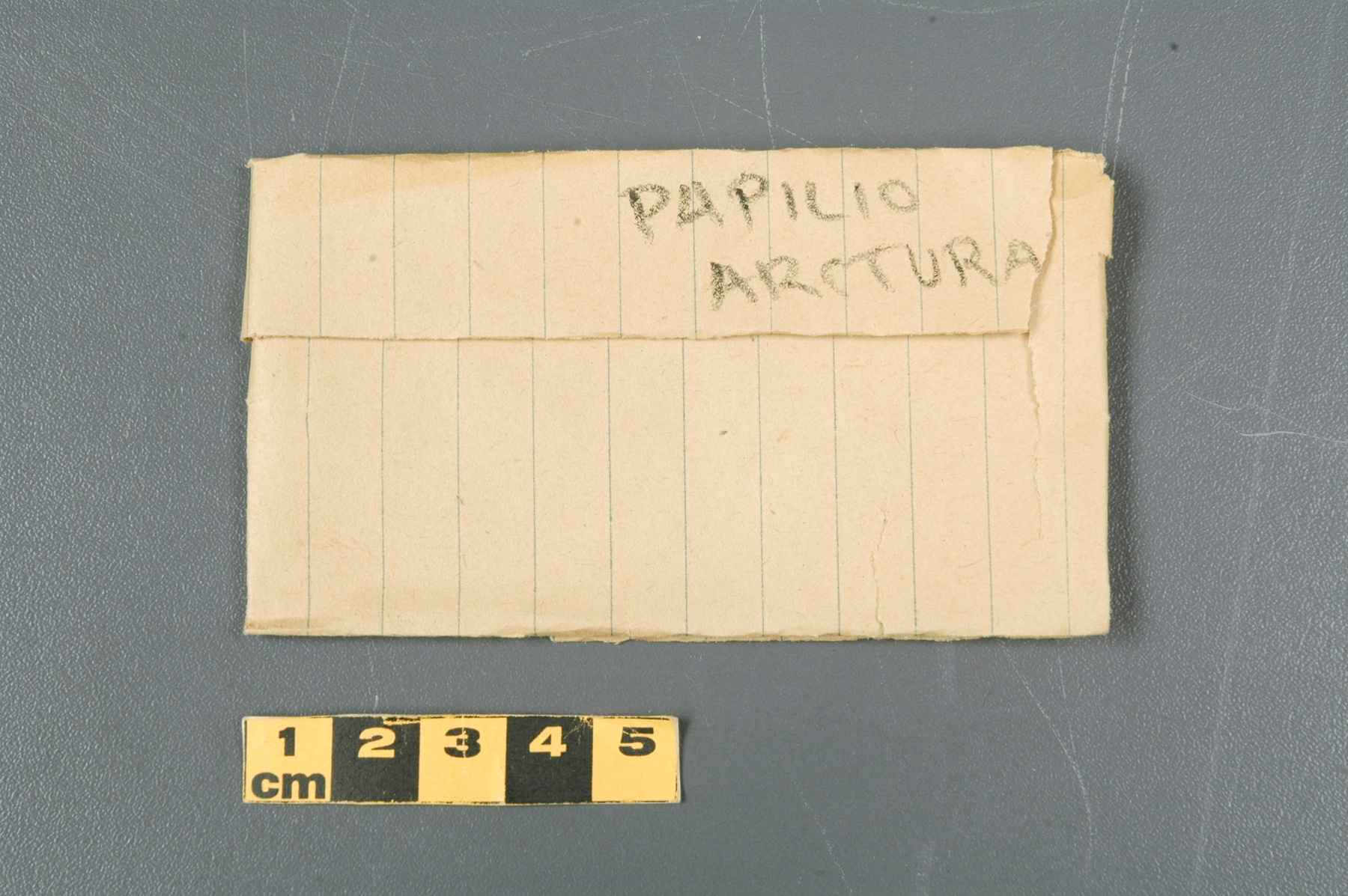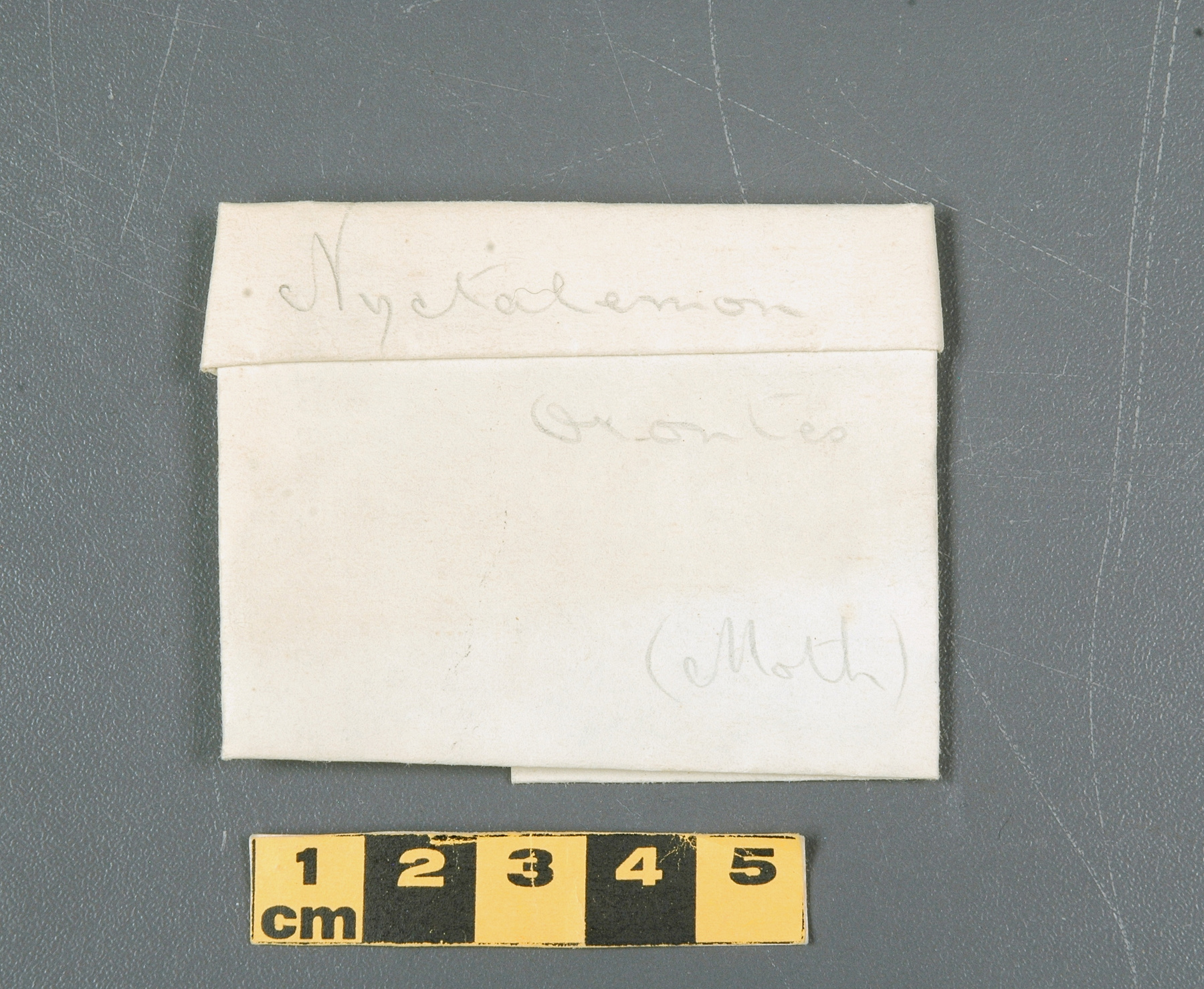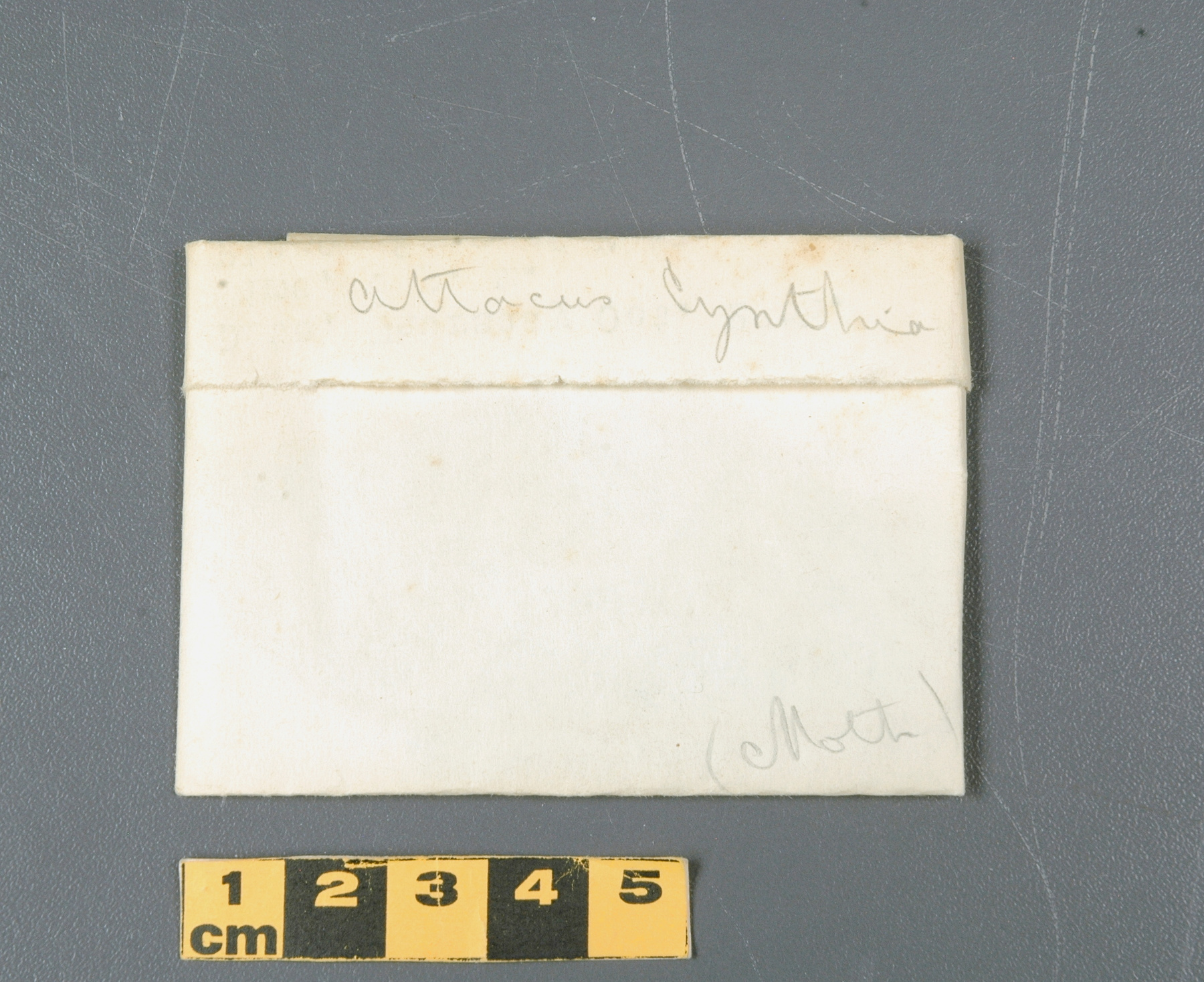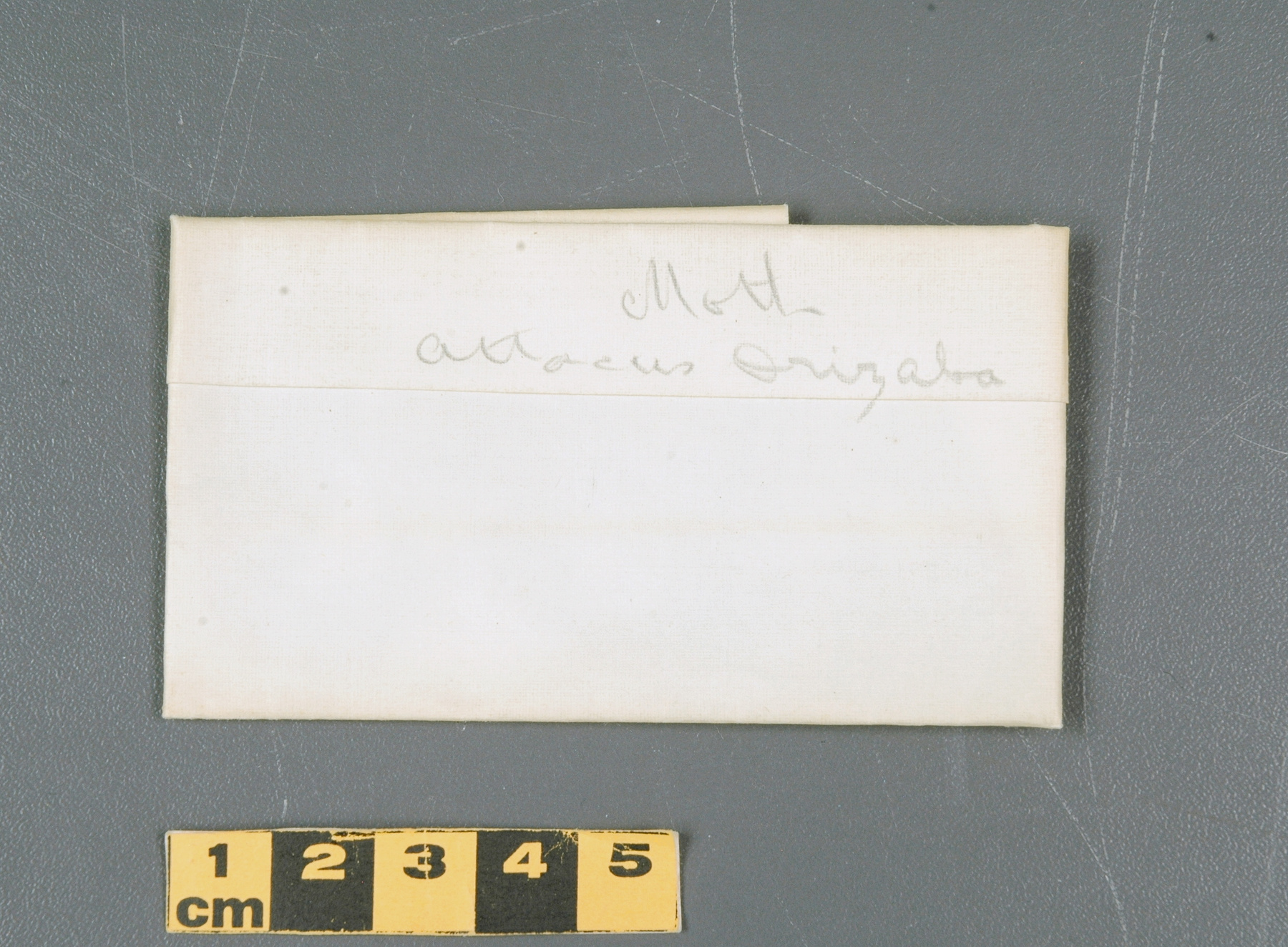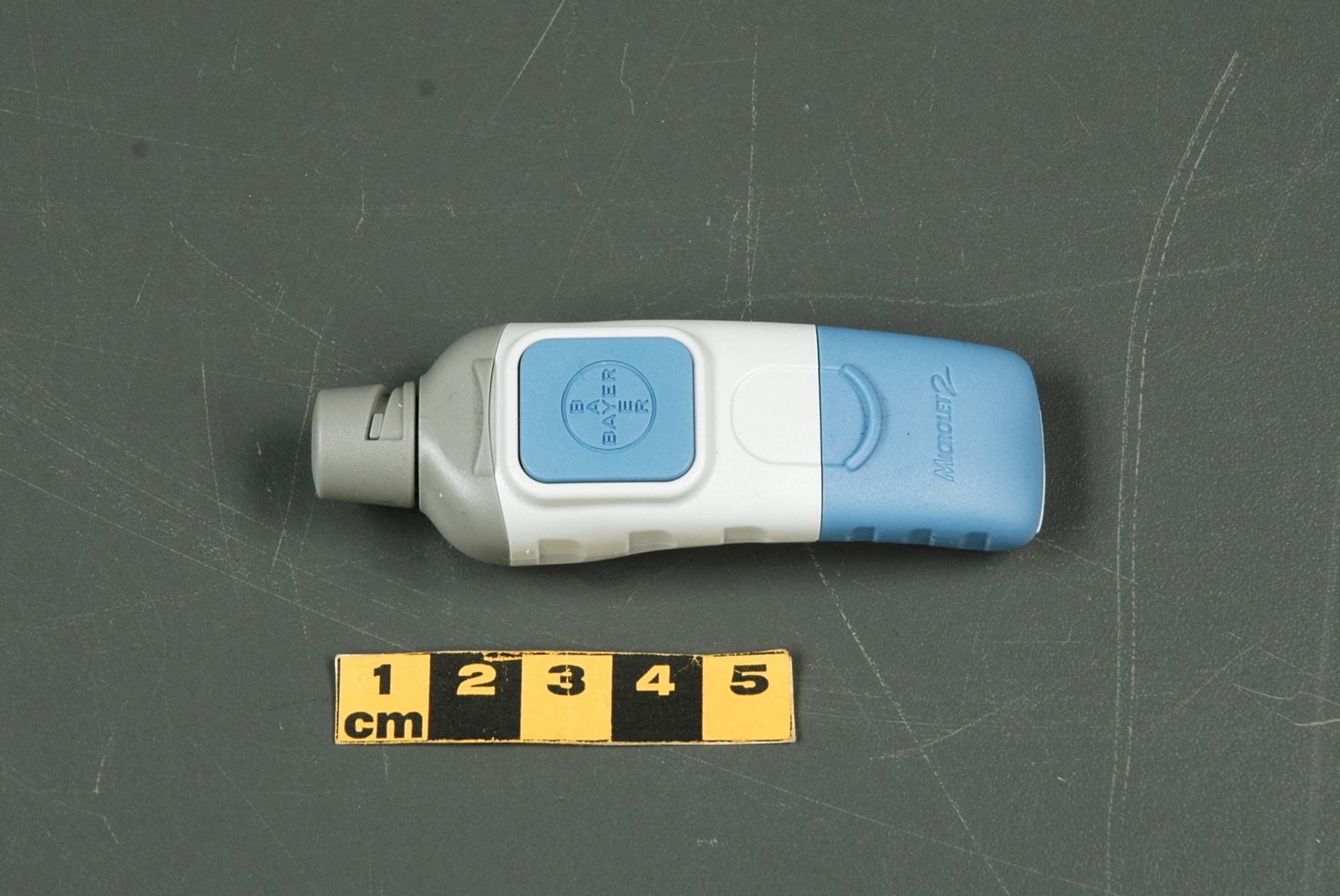Lancet device
Use this image
Can I reuse this image without permission? Yes
Object images on the Ingenium Collection’s portal have the following Creative Commons license:
Copyright Ingenium / CC BY-NC-ND (Attribution-NonCommercial 4.0 International (CC BY-NC 4.0)
ATTRIBUTE THIS IMAGE
Ingenium,
2014.0300.003
Permalink:
Ingenium is releasing this image under the Creative Commons licensing framework, and encourages downloading and reuse for non-commercial purposes. Please acknowledge Ingenium and cite the artifact number.
DOWNLOAD IMAGEPURCHASE THIS IMAGE
This image is free for non-commercial use.
For commercial use, please consult our Reproduction Fees and contact us to purchase the image.
- OBJECT TYPE
- Adjustable
- DATE
- 2011
- ARTIFACT NUMBER
- 2014.0300.003
- MANUFACTURER
- Unknown
- MODEL
- Microlet2
- LOCATION
- Unknown
More Information
General Information
- Serial #
- N/A
- Part Number
- 3
- Total Parts
- 7
- AKA
- N/A
- Patents
- N/A
- General Description
- Synthetic body
Dimensions
Note: These reflect the general size for storage and are not necessarily representative of the object's true dimensions.
- Length
- 8.3 cm
- Width
- 2.6 cm
- Height
- 2.2 cm
- Thickness
- N/A
- Weight
- N/A
- Diameter
- N/A
- Volume
- N/A
Lexicon
- Group
- Medical Technology
- Category
- Instruments
- Sub-Category
- N/A
Manufacturer
- AKA
- Unknown
- Country
- Unknown
- State/Province
- Unknown
- City
- Unknown
Context
- Country
- Unknown
- State/Province
- Unknown
- Period
- New, Never used
- Canada
-
The Public Health Agency of Canada’s most recent report on diabetes in Canada notes that almost 2.4 million Canadian were living with diabetes in 2008/2009. (ref.2) The history of diabetes and treatment in Canada is also important to note, as it was Dr. Frederick Banting who, working as a medical practitioner in London, Ontario, first conceived the idea of extracting insulin from a pancreas to treat diabetes. After several months of experimentation with support from Charles Best, insulin was eventually purified for human use. Bayer Inc. is a Canadian subsidiary of Bayer AG and the corporate headquarters for the Canadian operations. In Canada, Bayer operates its healthcare business from its headquarters in Toronto, Ontario and Bayer CropScience Inc. operates out of its head office in Calgary, Alberta. Together with its MaterialScience business, Bayer “seeks to improve the quality of life for Canadians through products that fight disease, protect crops and animals, provide high-performance materials for numerous daily life uses.” (From Acquisition Worksheet, Ref. 1) - Function
-
Reusable device that uses a disposable lancet to puncture the skin to draw blood for glucose testing. - Technical
-
This glucometer uses an electrochemical method. Test strips contain a capillary that suck up a reproducible amount of blood. The glucose in the blood reacts with an enzyme electrode containing glucose oxidase (or dehydrogenase). The enzyme is reoxidized with an excess of a mediator reagent and the mediator in turn is re-oxidized by a reaction at the electrode, which generates an electrical current. The total charge passing through the electrode is proportional to the amount of glucose in the blood that has reacted with the enzyme. This proportional reaction is what allows the glucometer to provide a glucose reading. (From Acquisition Worksheet, Ref. 1) - Area Notes
-
Unknown
Details
- Markings
- Proper front, on button: "BAYER [LOGO]"/ On cocking handle: "Microlet2"/ On proper back: "CE/ 0088"
- Missing
- Appears complete
- Finish
- White body with blue button and lower cocking handle.
- Decoration
- N/A
CITE THIS OBJECT
If you choose to share our information about this collection object, please cite:
Unknown Manufacturer, Lancet device, circa 2011, Artifact no. 2014.0300, Ingenium – Canada’s Museums of Science and Innovation, http://collection.ingeniumcanada.org/en/id/2014.0300.003/
FEEDBACK
Submit a question or comment about this artifact.
More Like This
